Scrapbook: Cycling Venice to Dubrovnik
/Historically, the influence of Venice went far beyond its borders. The powerful Italian city-state was a major financial, maritime, and cultural power during the Middle Ages and Renaissance, and it trafficked in silk, spices, and other trade goods through the 17th century. A more than two-week fall cycling trip with Australia-based Bike Odyssey starts in Venice and heads east through the Istrian Peninsula (and crosses from Italy into Slovenia and then Croatia). It hugs the Dalmatian coast before finally ending in Dubrovnik, where Venetian influence didn’t quite reach is a magical sensory tour with everything from truffle-hunting dogs in Istria to Roman palace ruins on the Dalmatian Coast. And bathing it all, the Adriatic’s sparkling, impossibly blue waters.
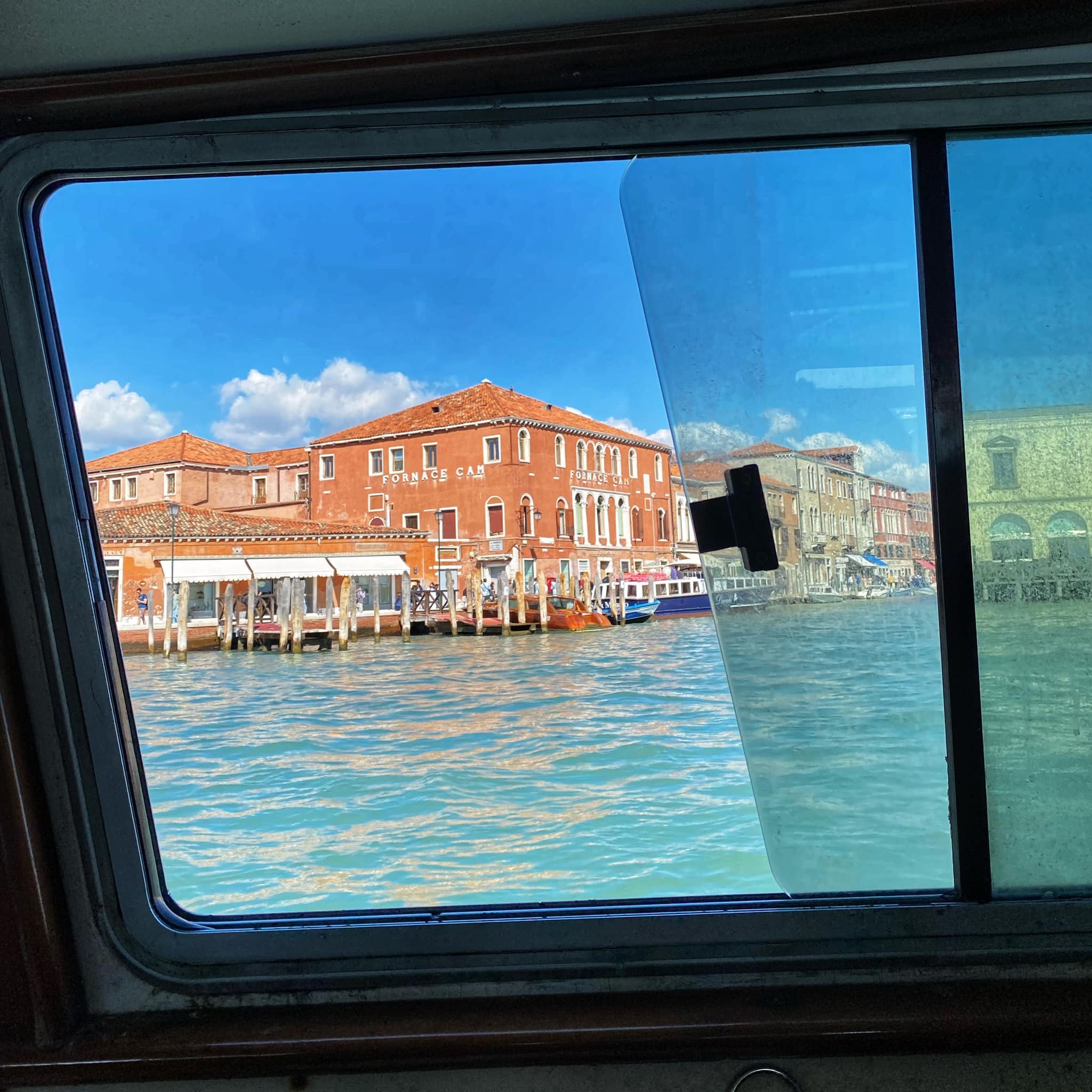

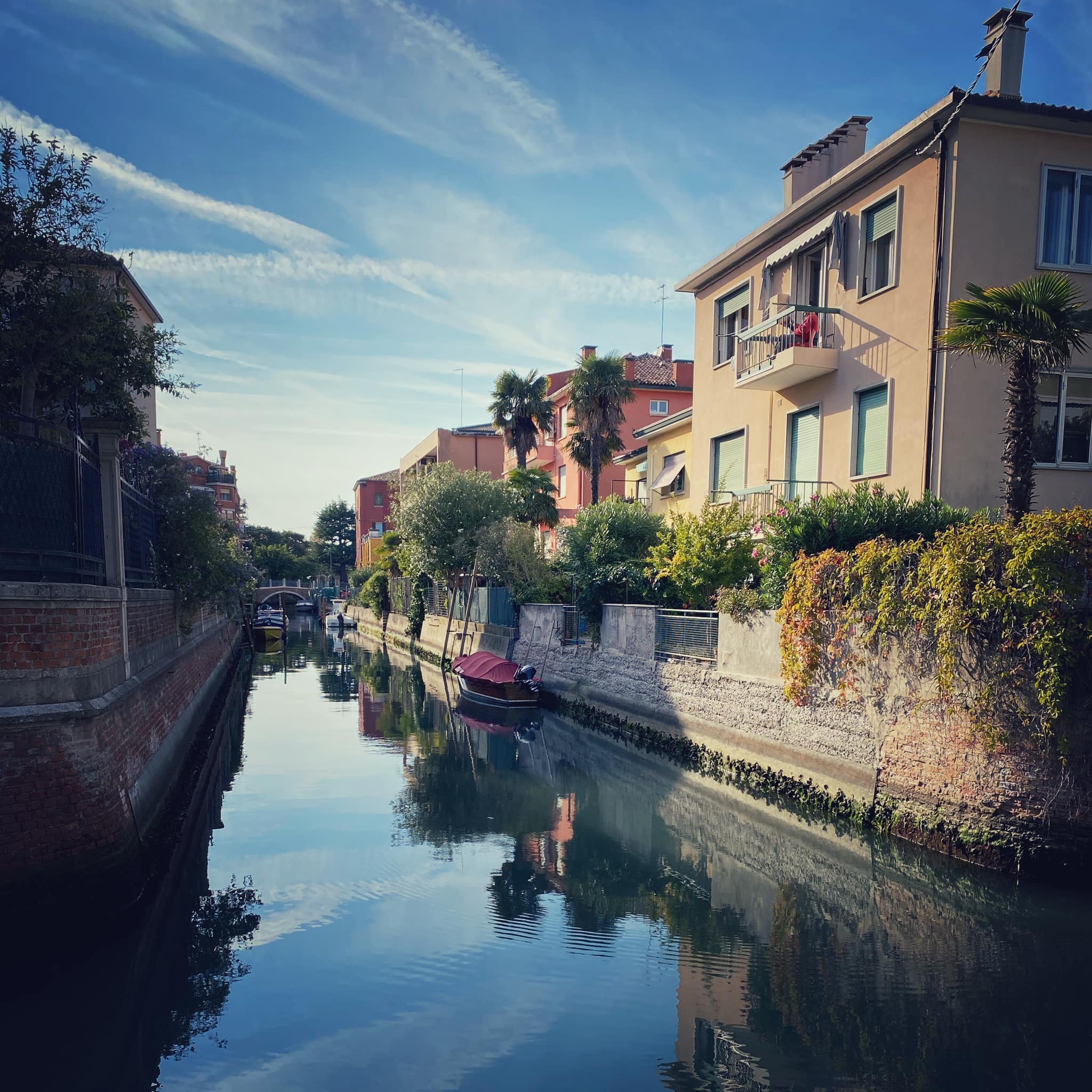


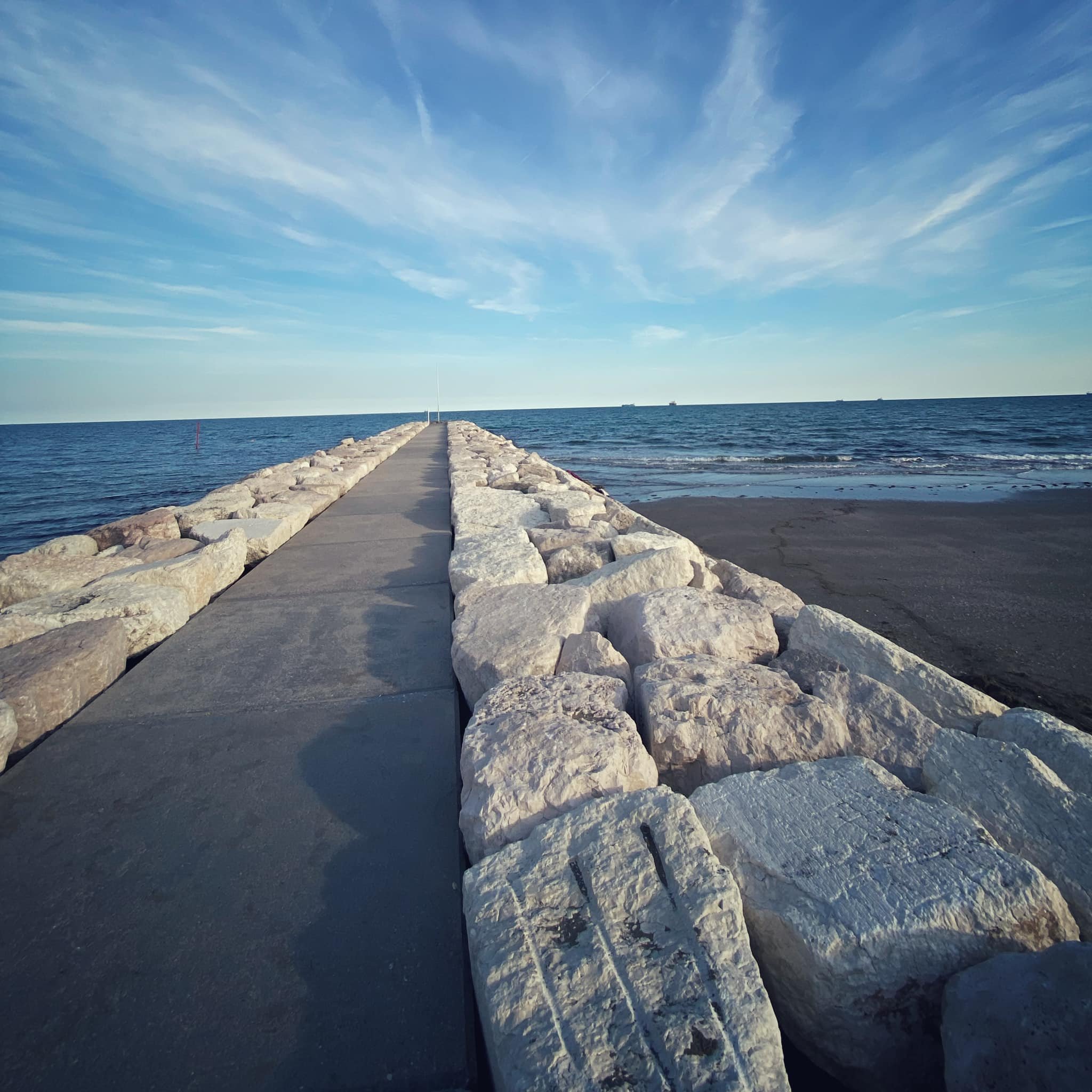

A soft landing in Lido di Venezia after a long travel day.
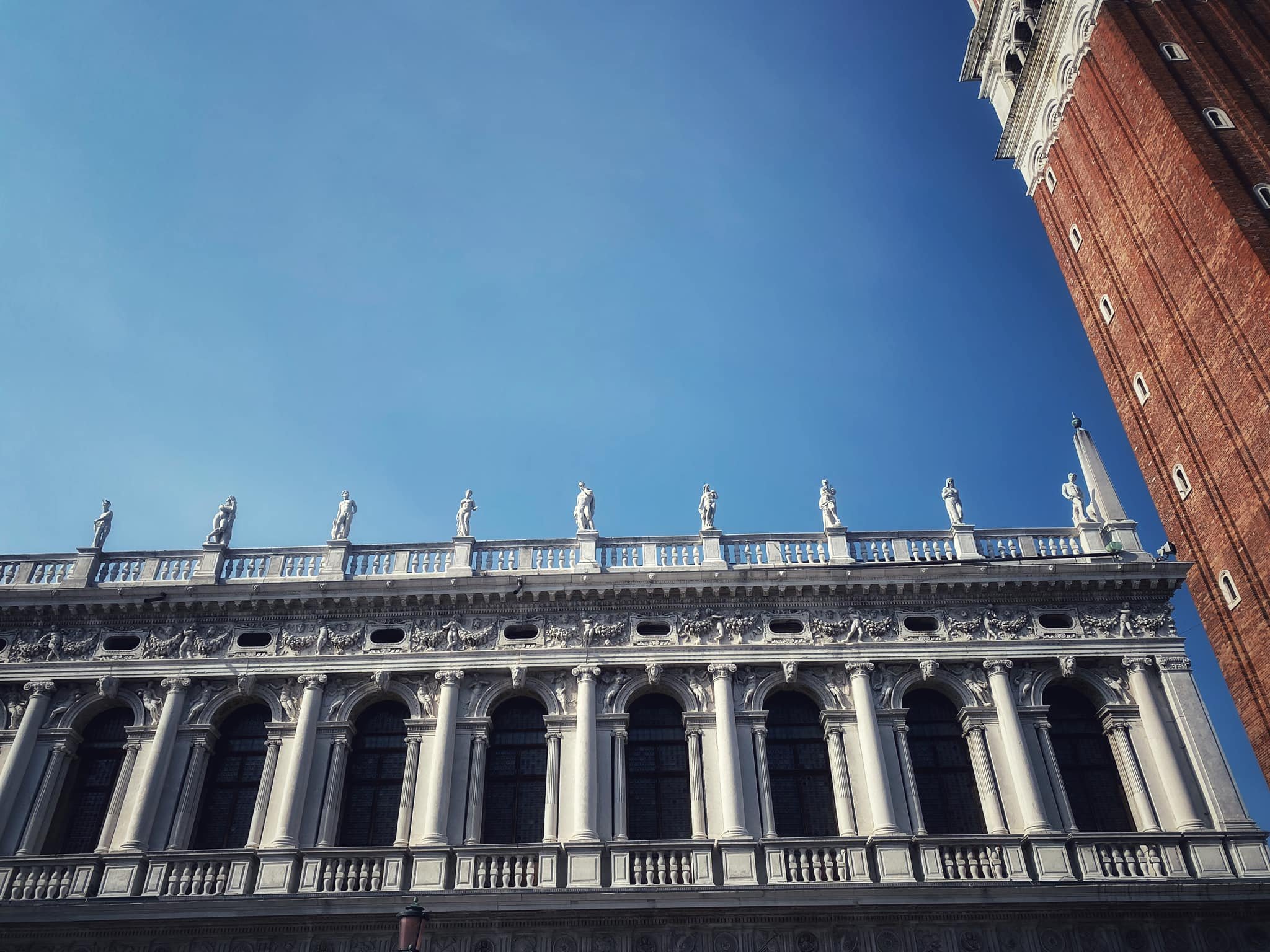
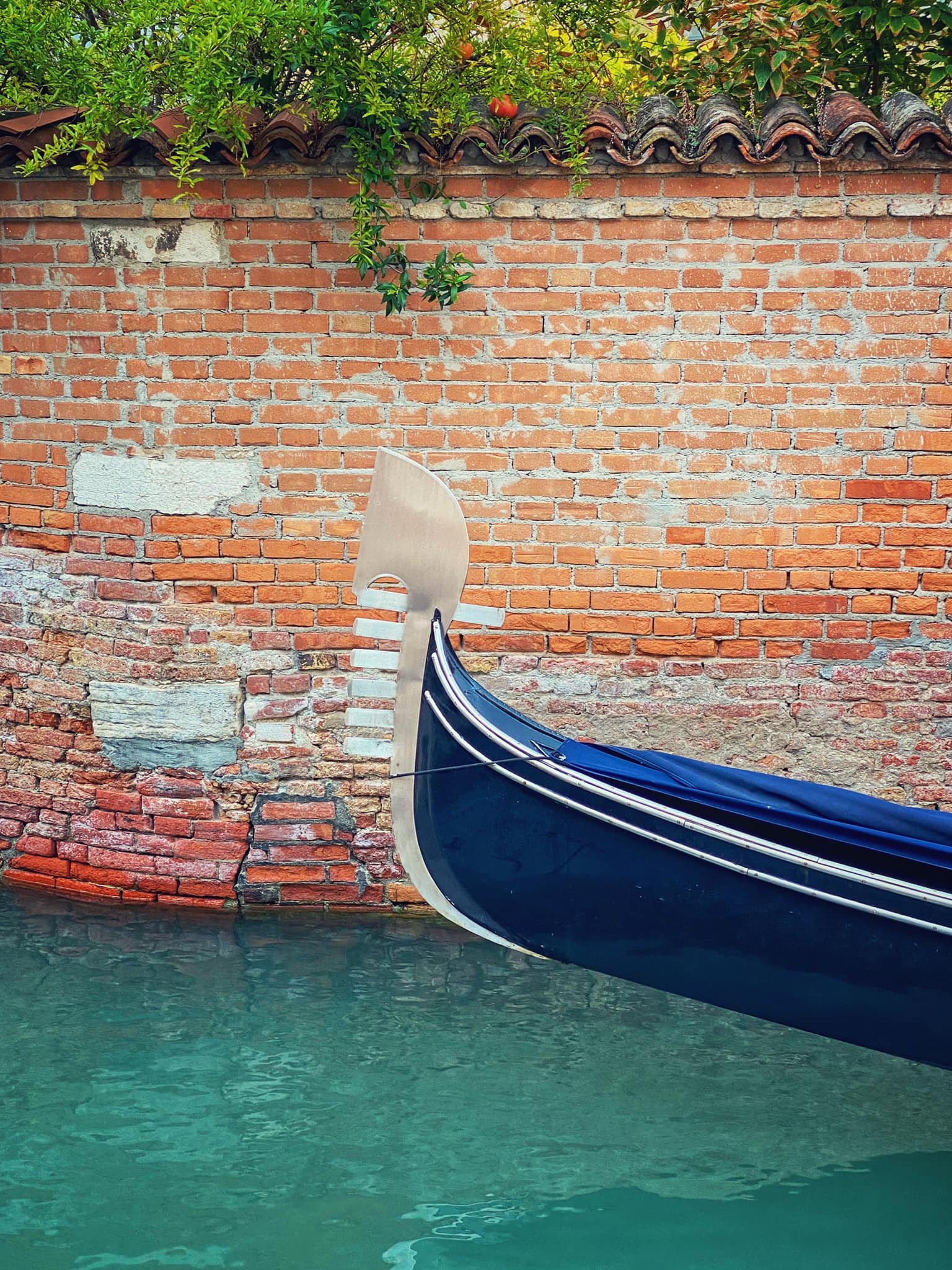

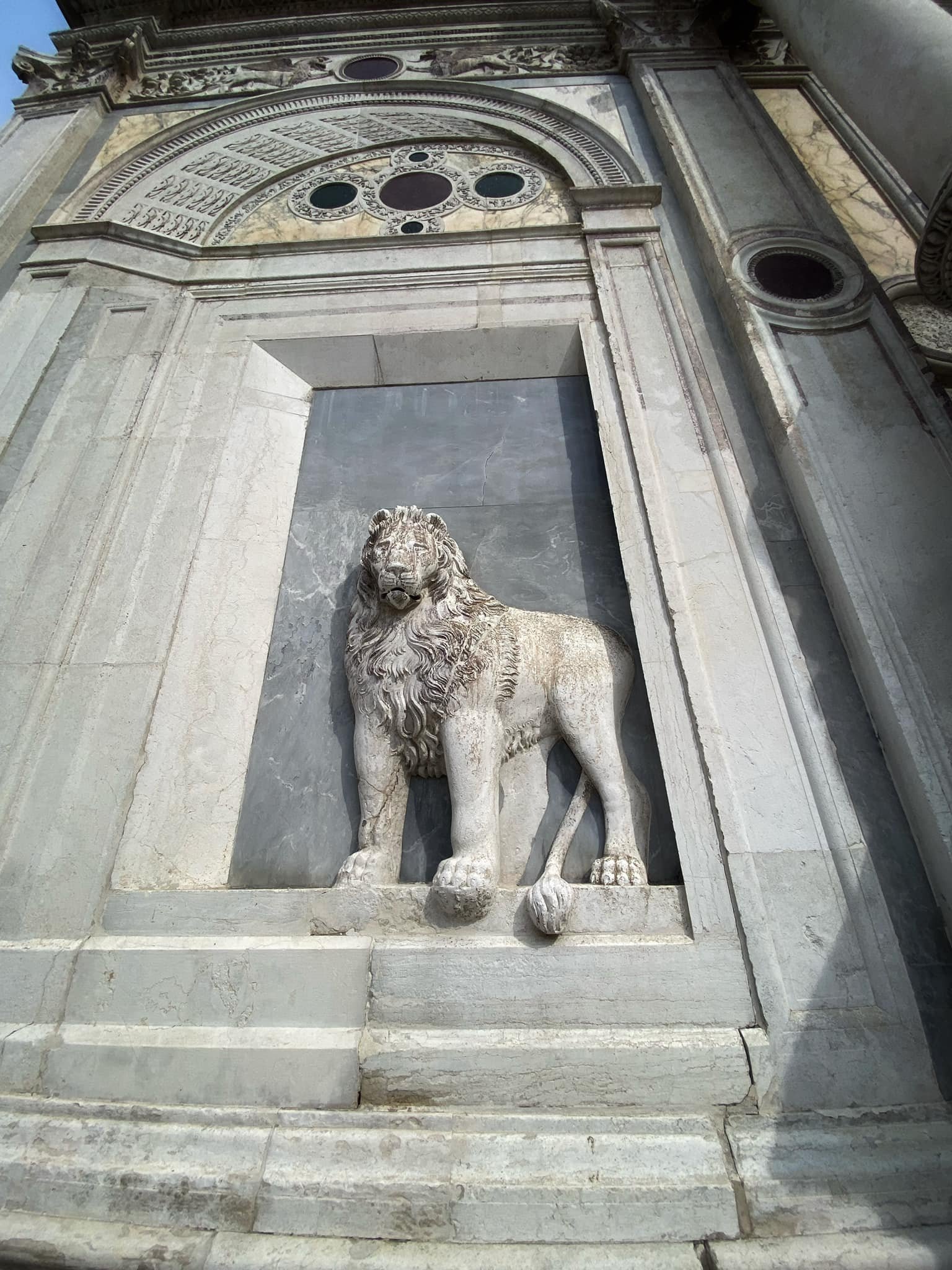
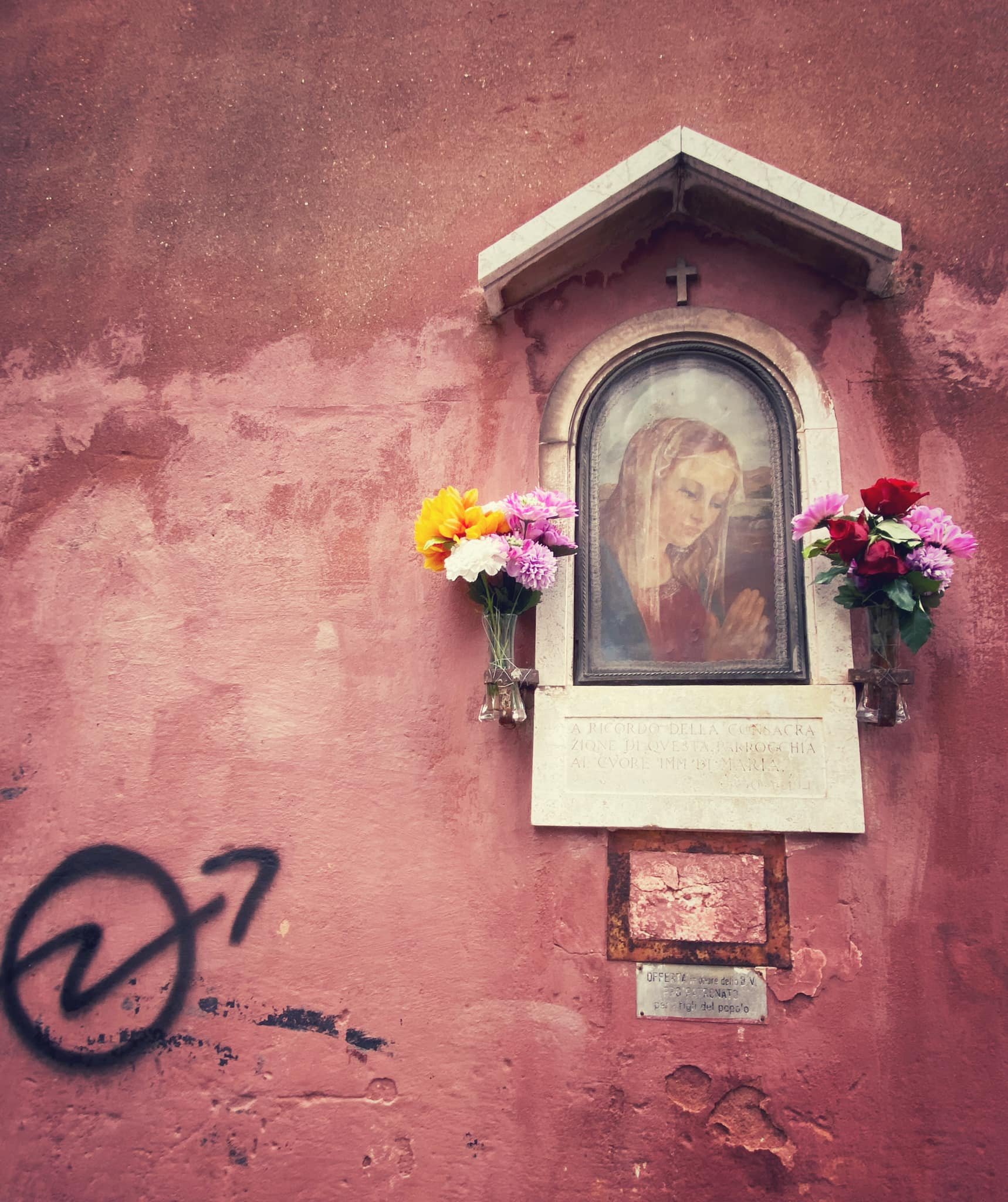
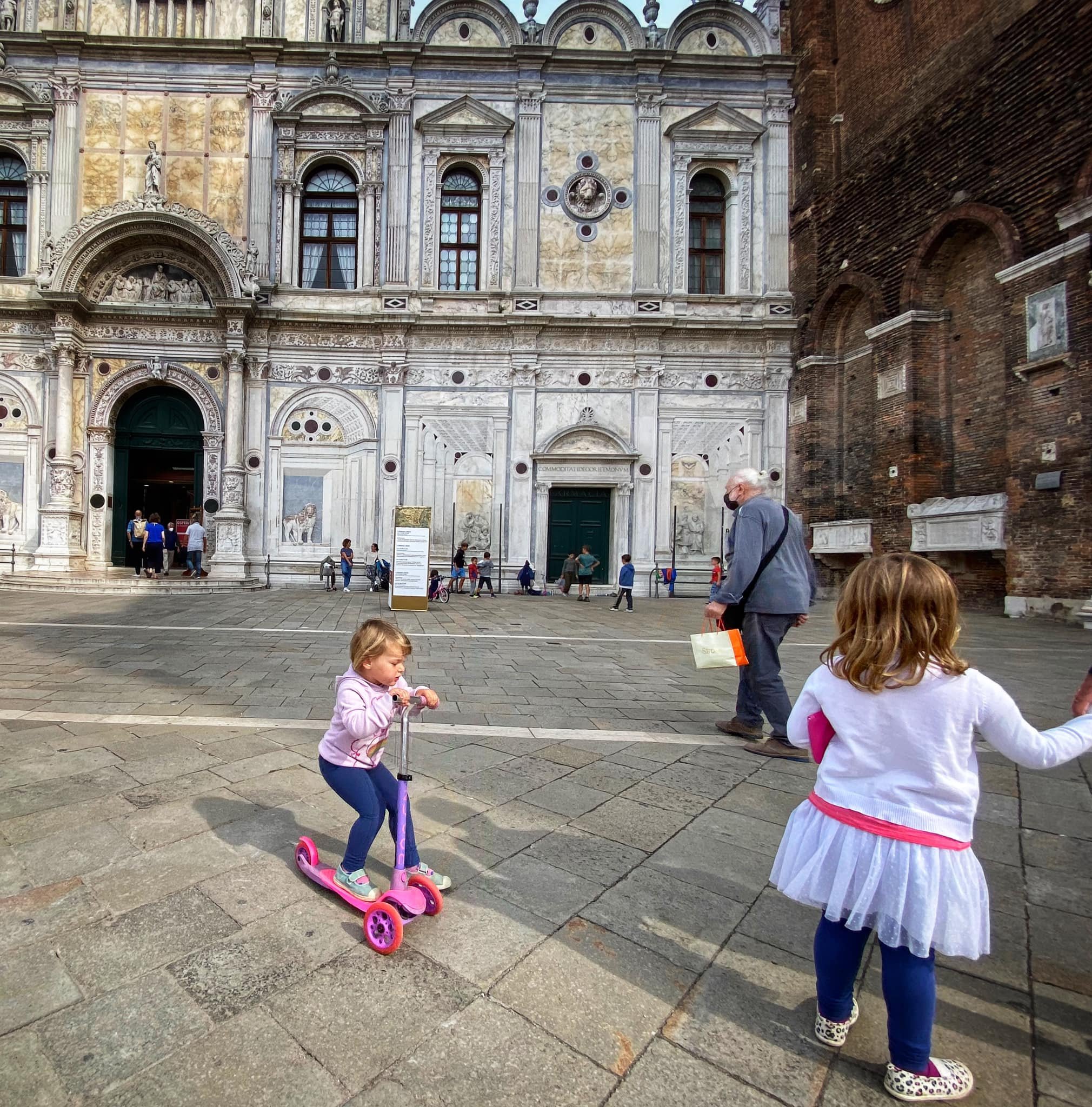
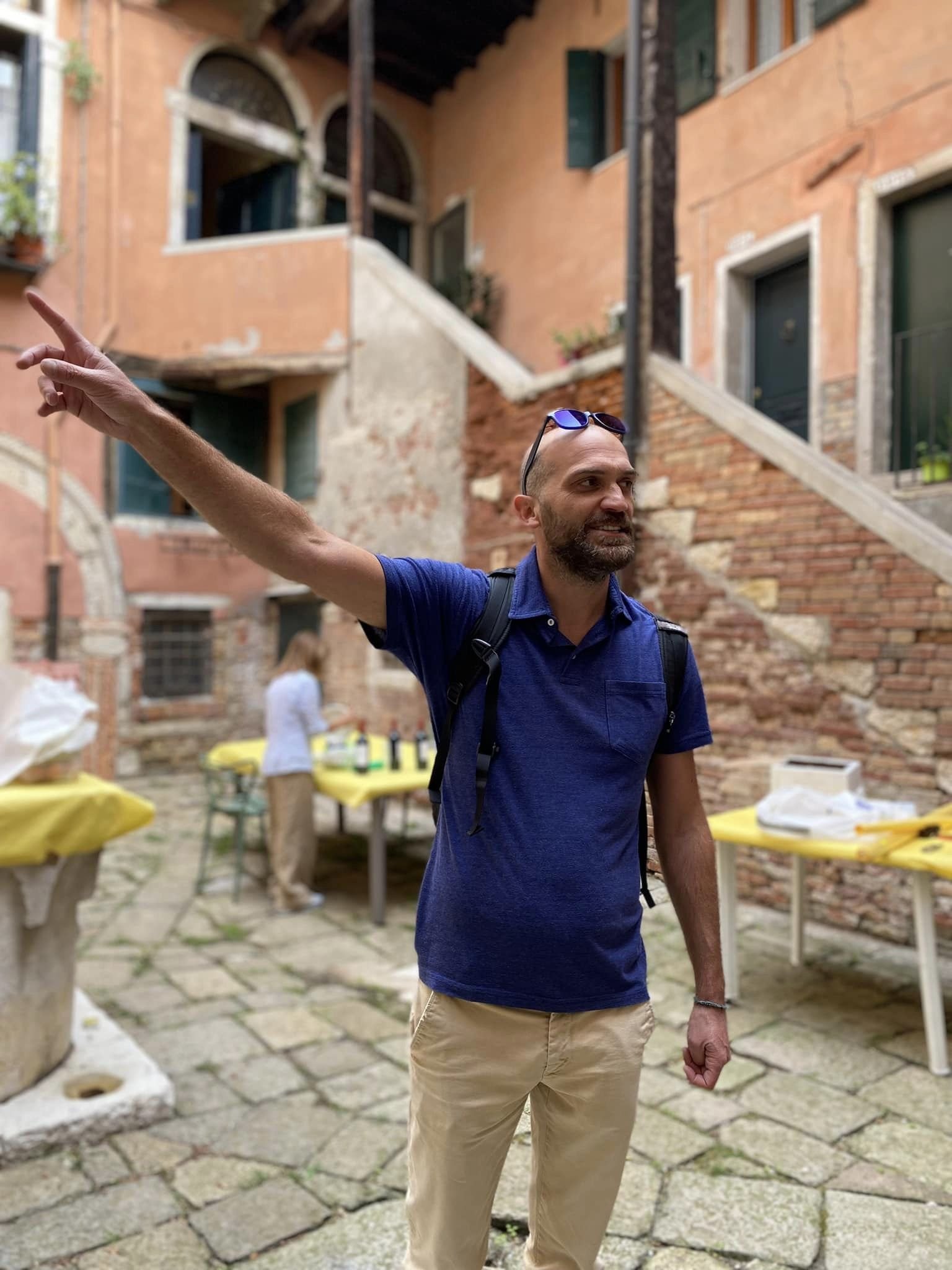
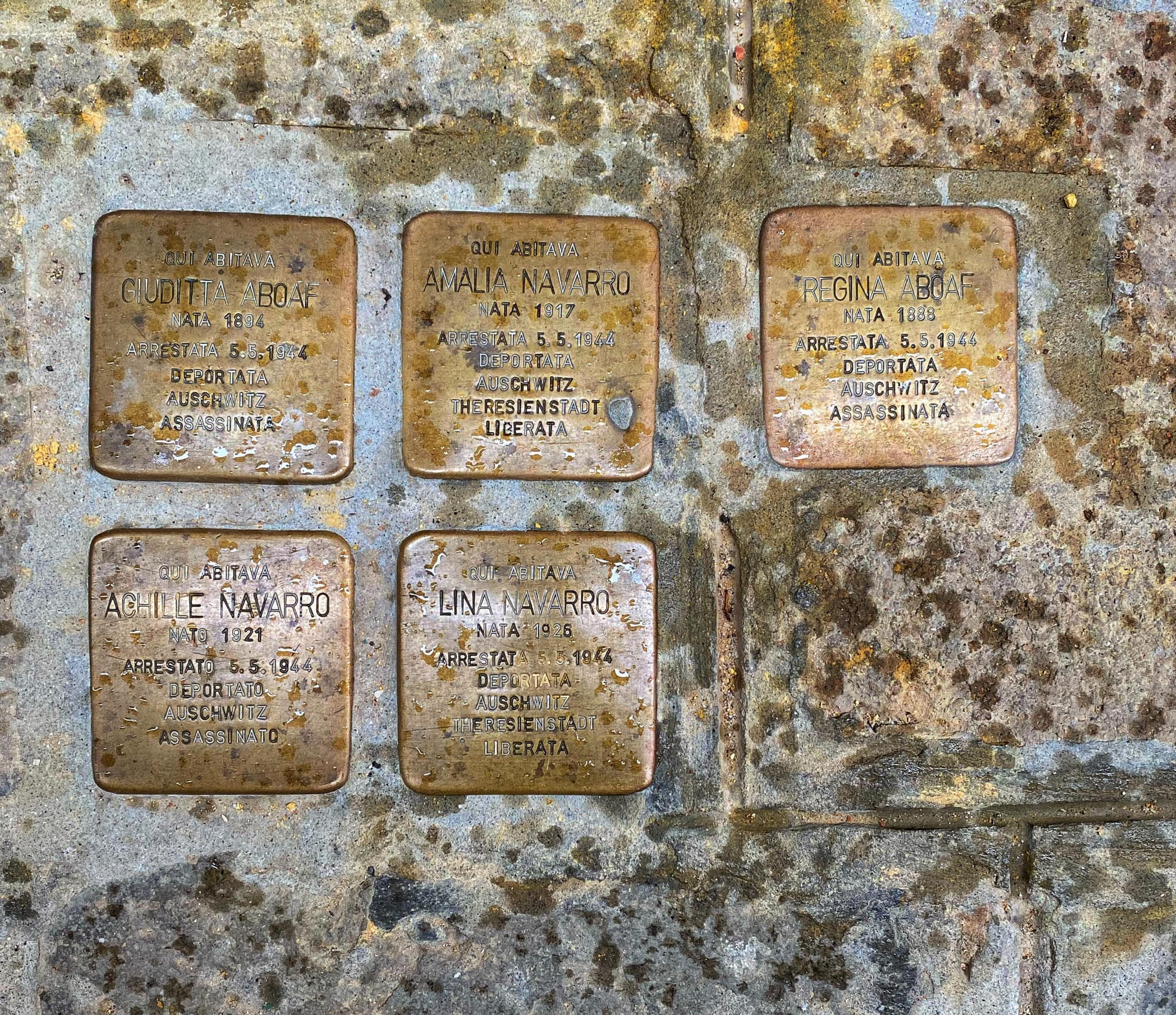
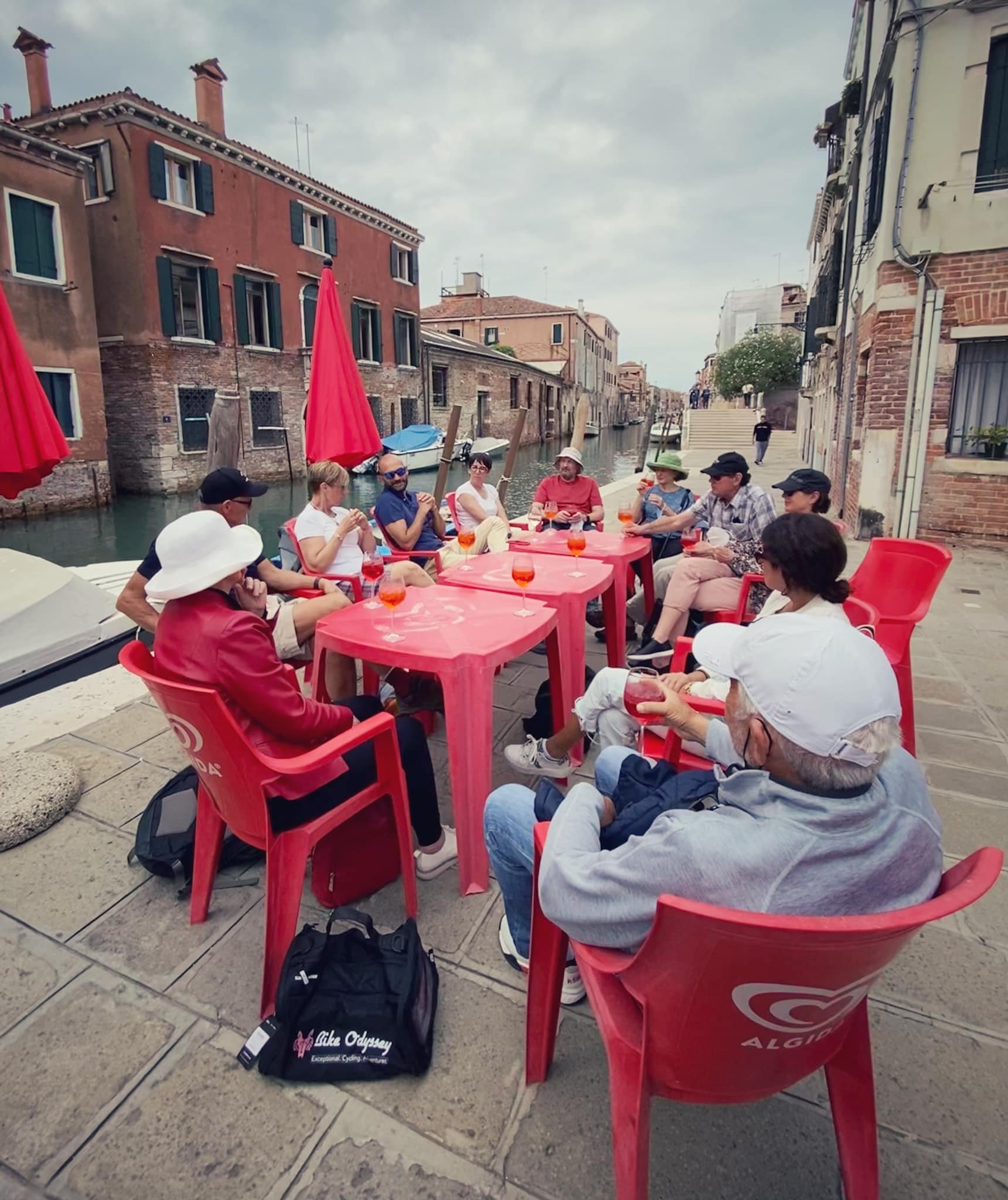
Venice’s secrets are revealed in the details. Look up, look down, get past the crowds to somnolent alleys and campielli (small Venetian squares), and slow your pace, and even then, you will still only be scratching the surface of La Serenísima, this improbable city-state built on more than 100 small islands in a lagoon in the Adriatic Sea.

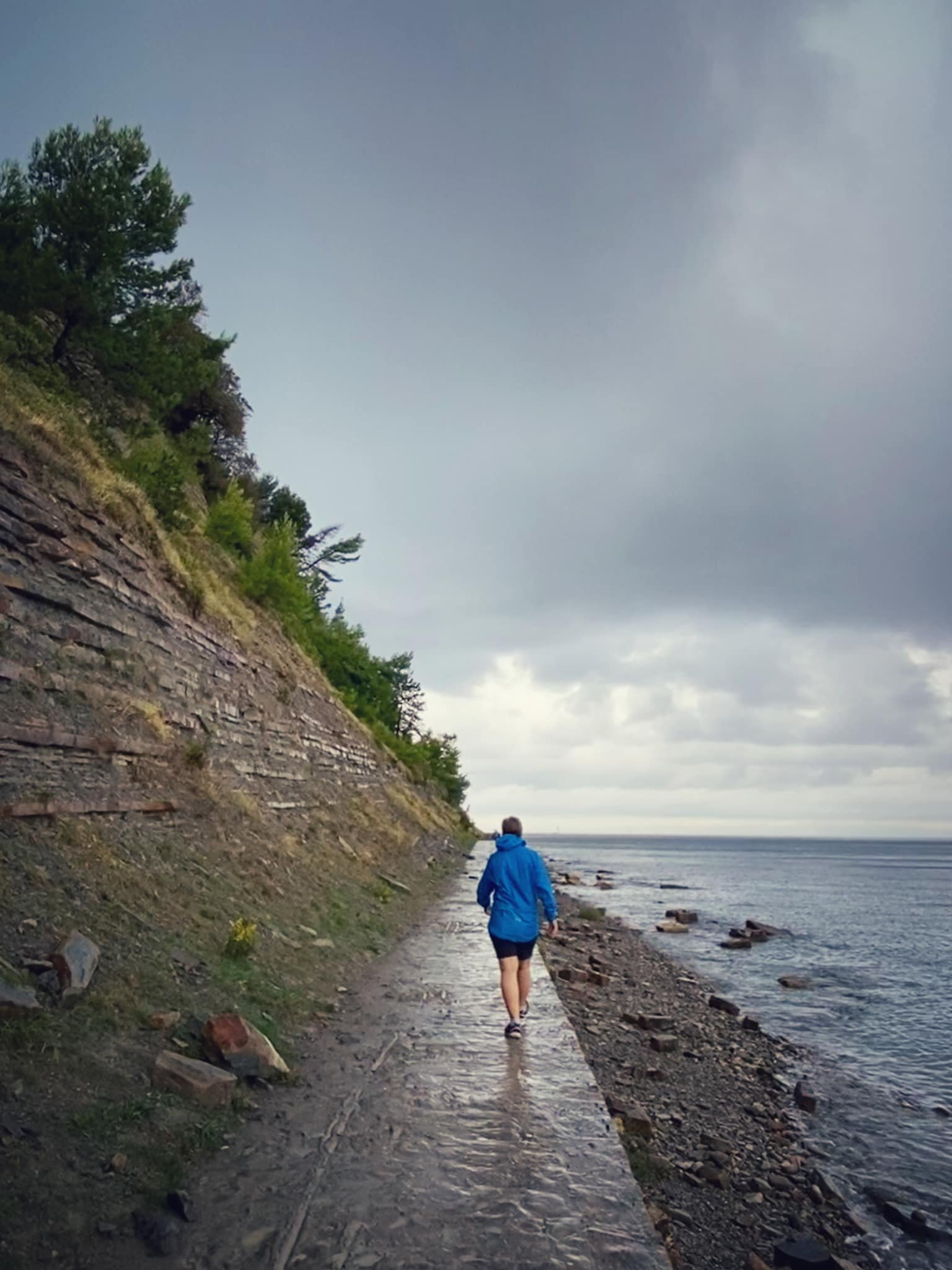
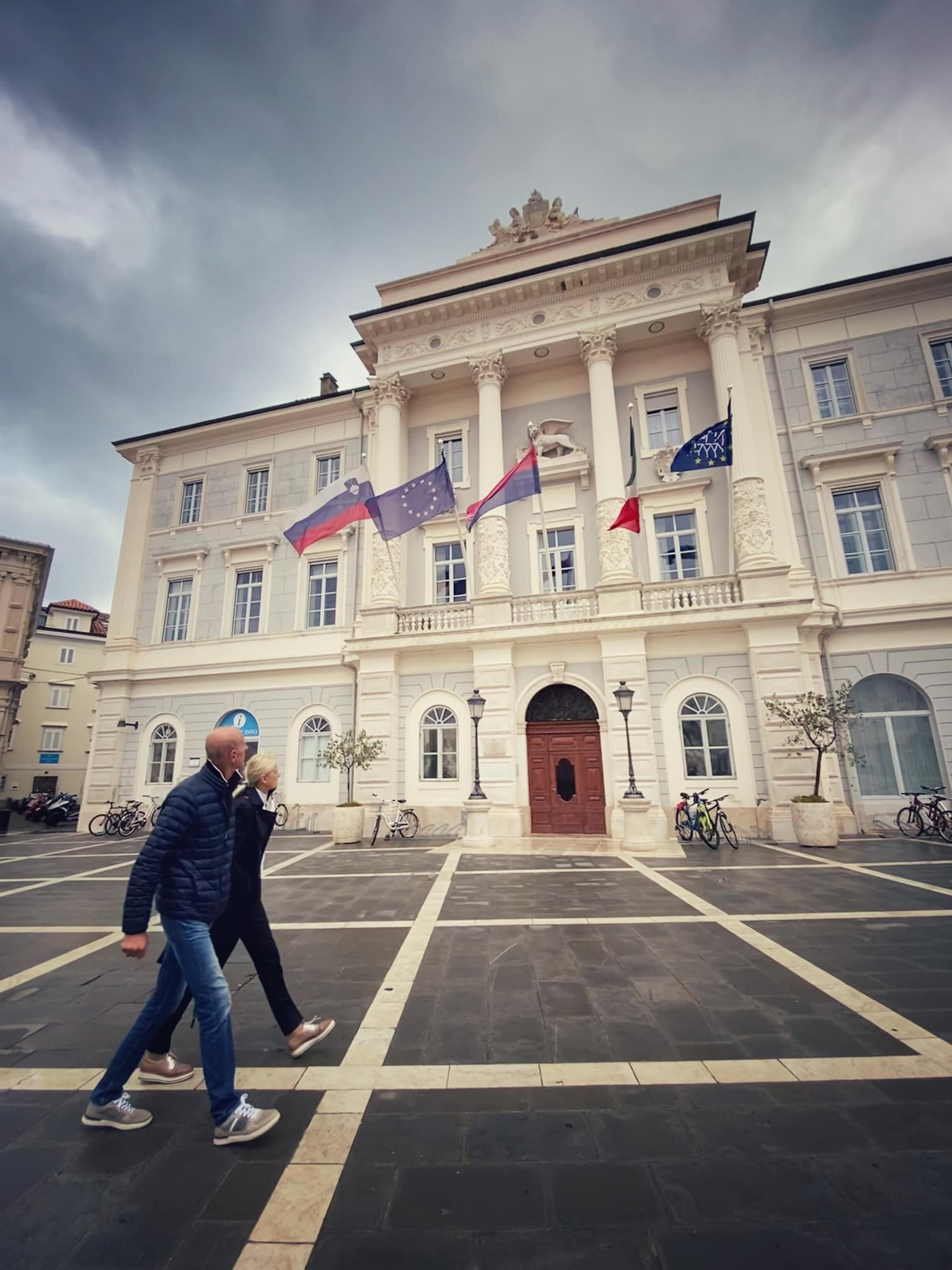
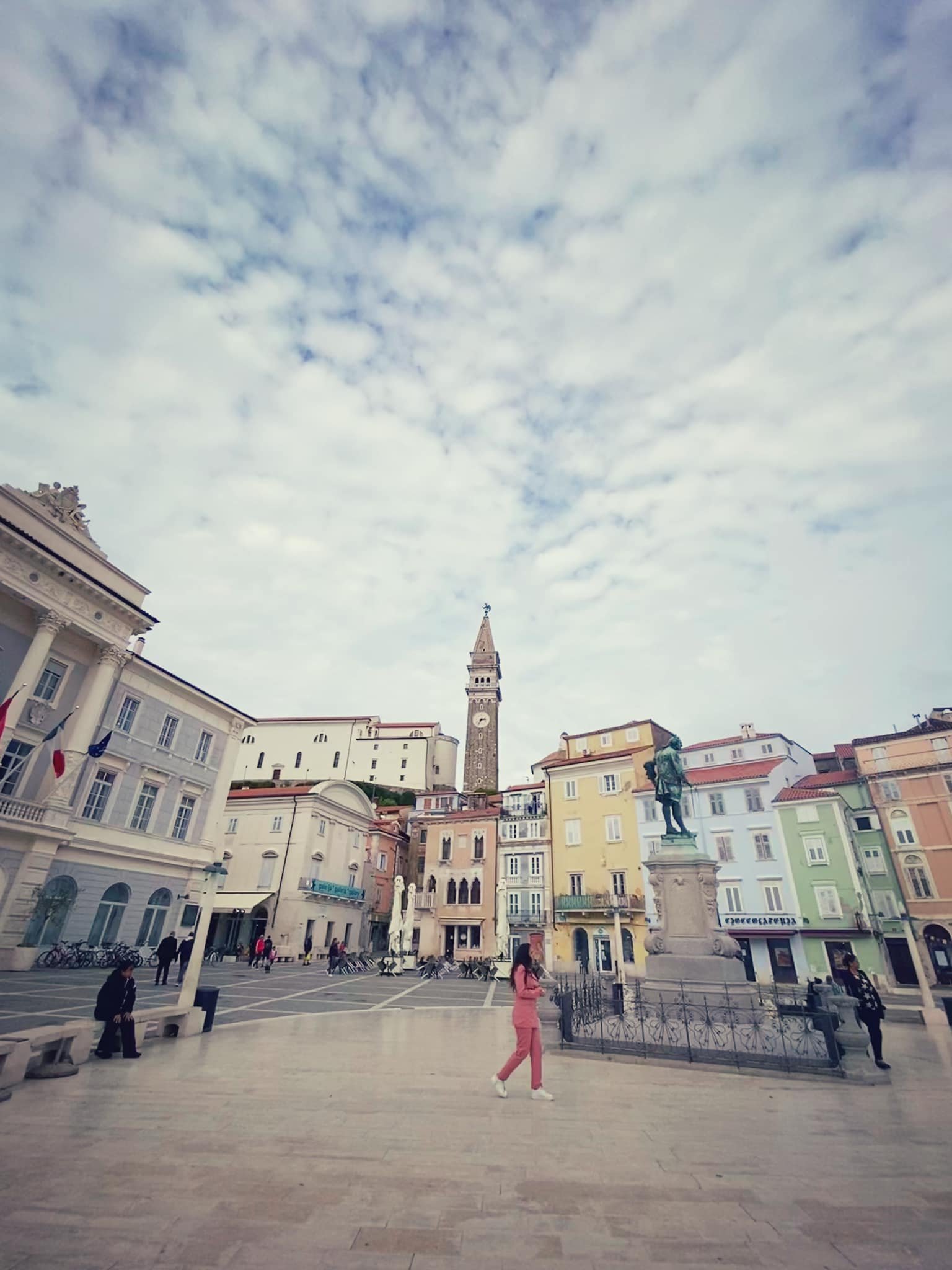
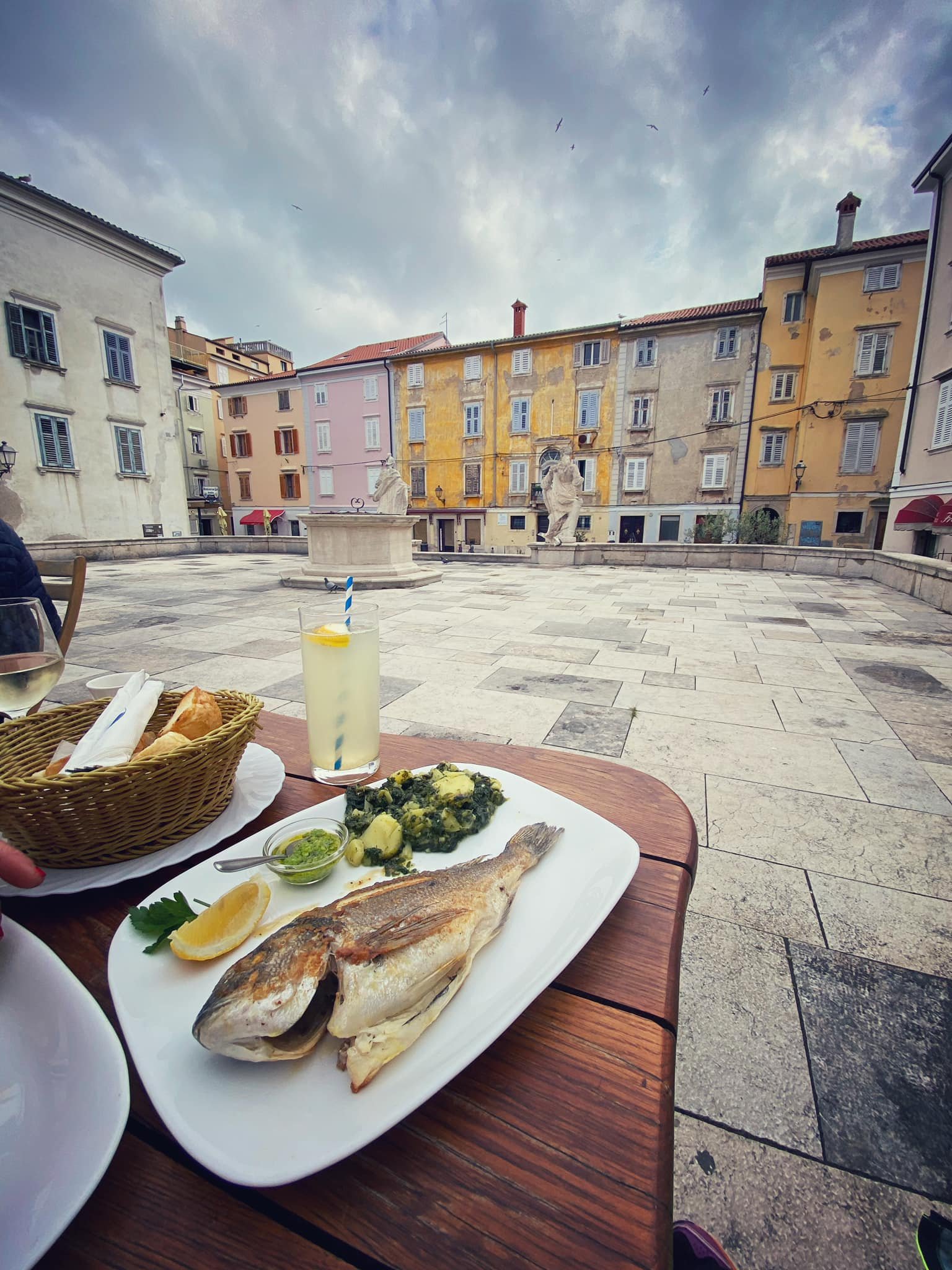
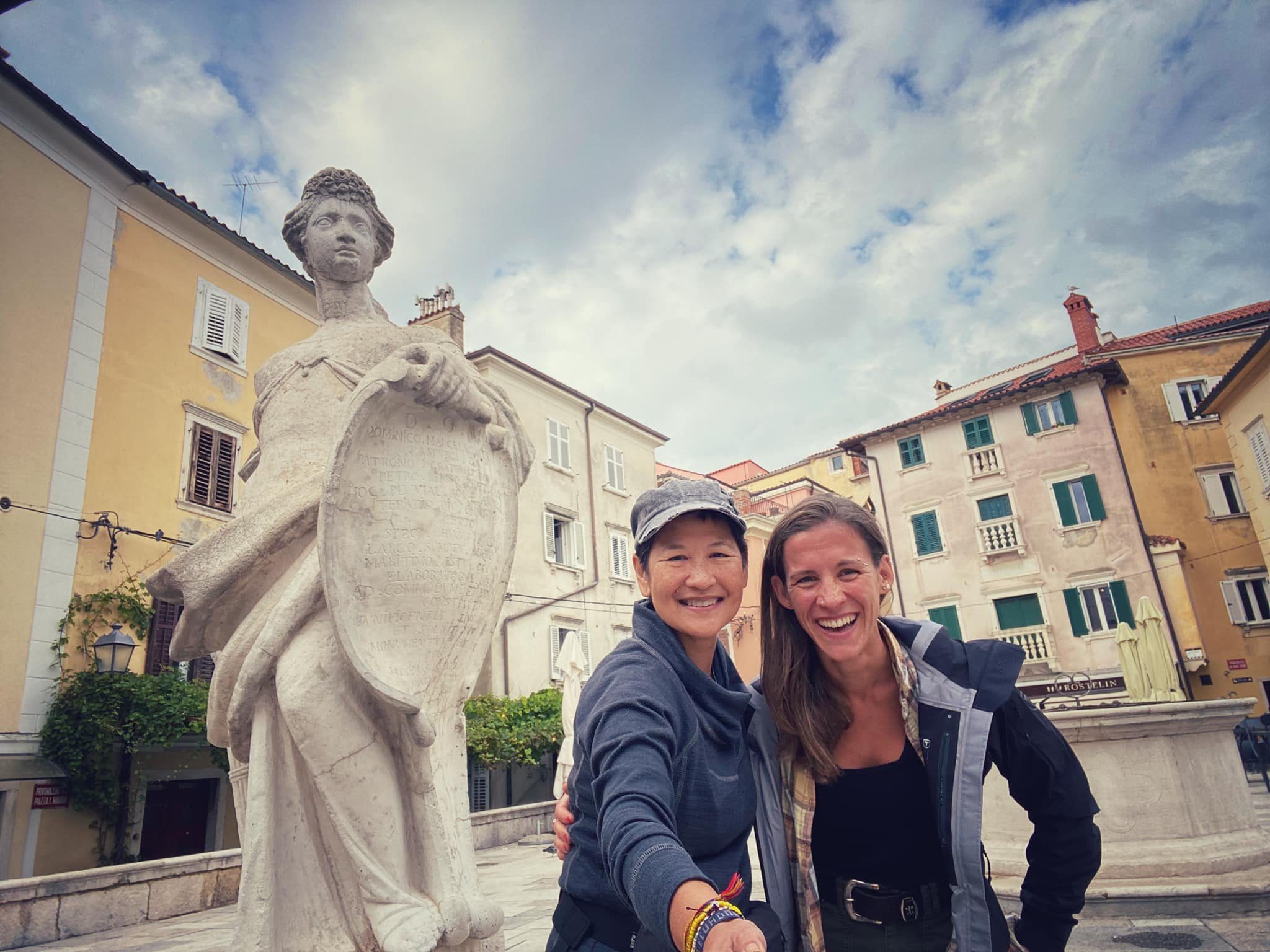
When a heavy downpour and expected winds scratched a planned afternoon ride with the Bike Odyssey group I’m cycling with, it opened up an opportunity to see a good friend, who took a two-hour bus to meet up with me. Thanks, Mona, for the lovely welcome to Slovenia. You quite literally brought the sunshine! Piran, Slovenia.
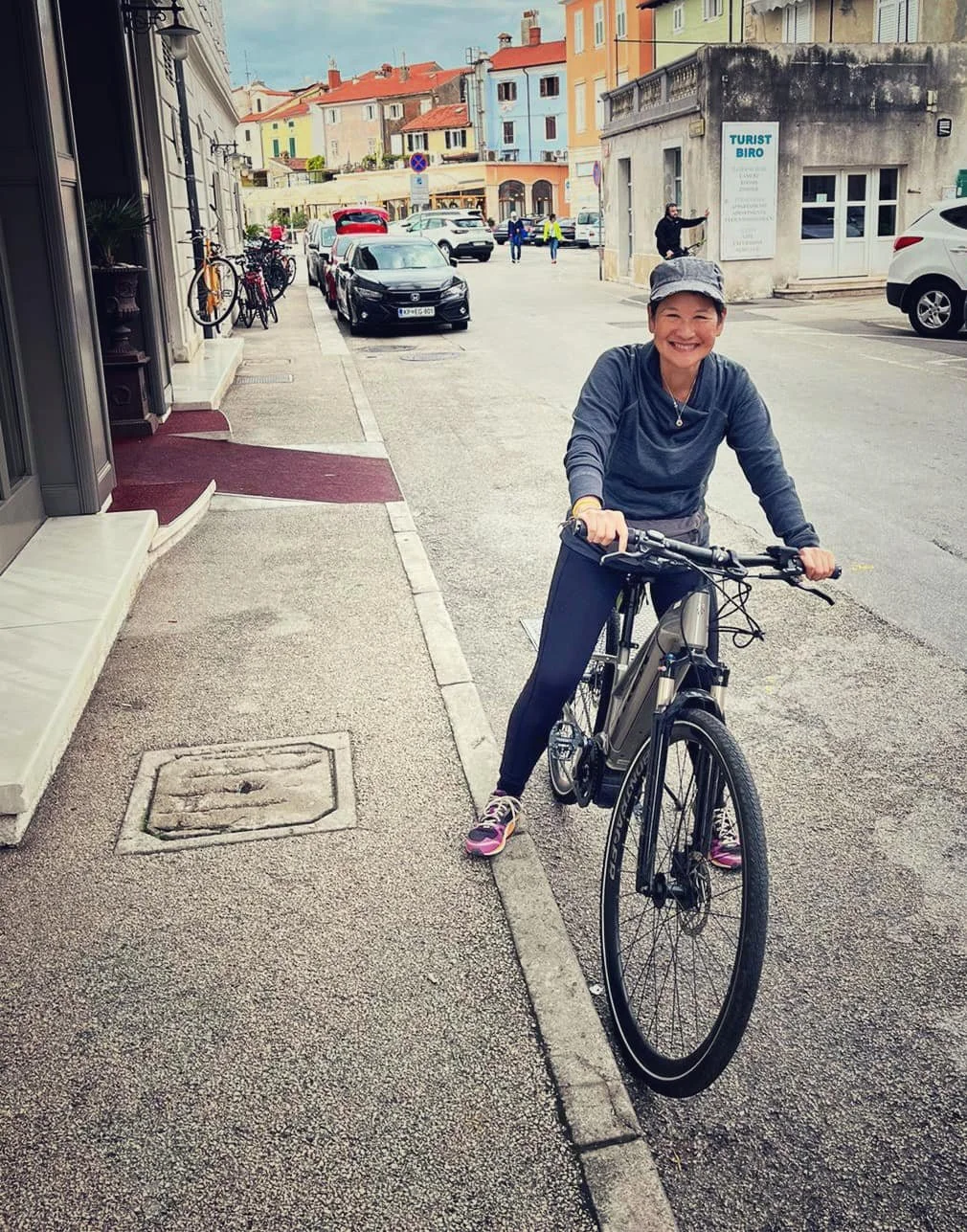
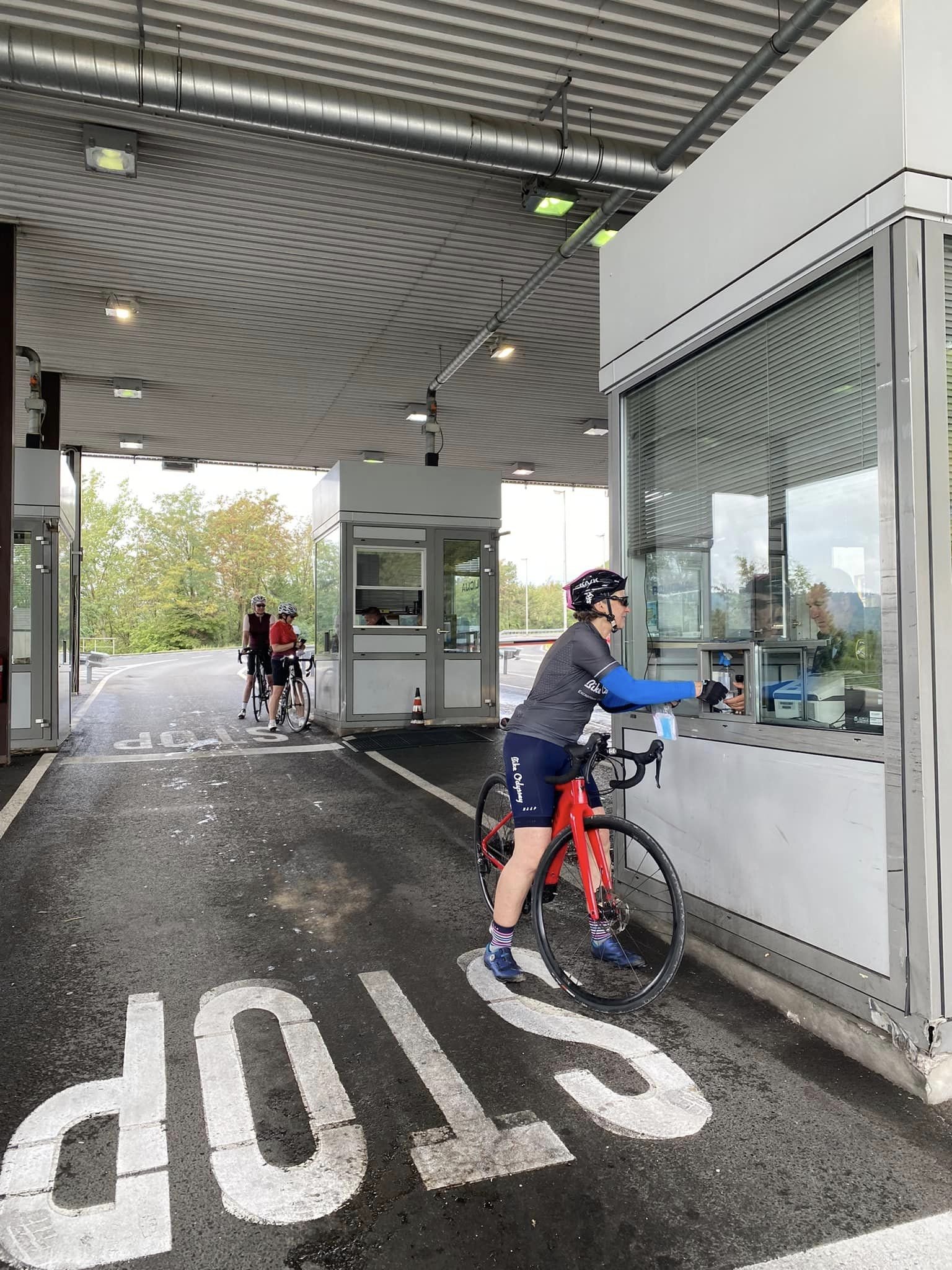
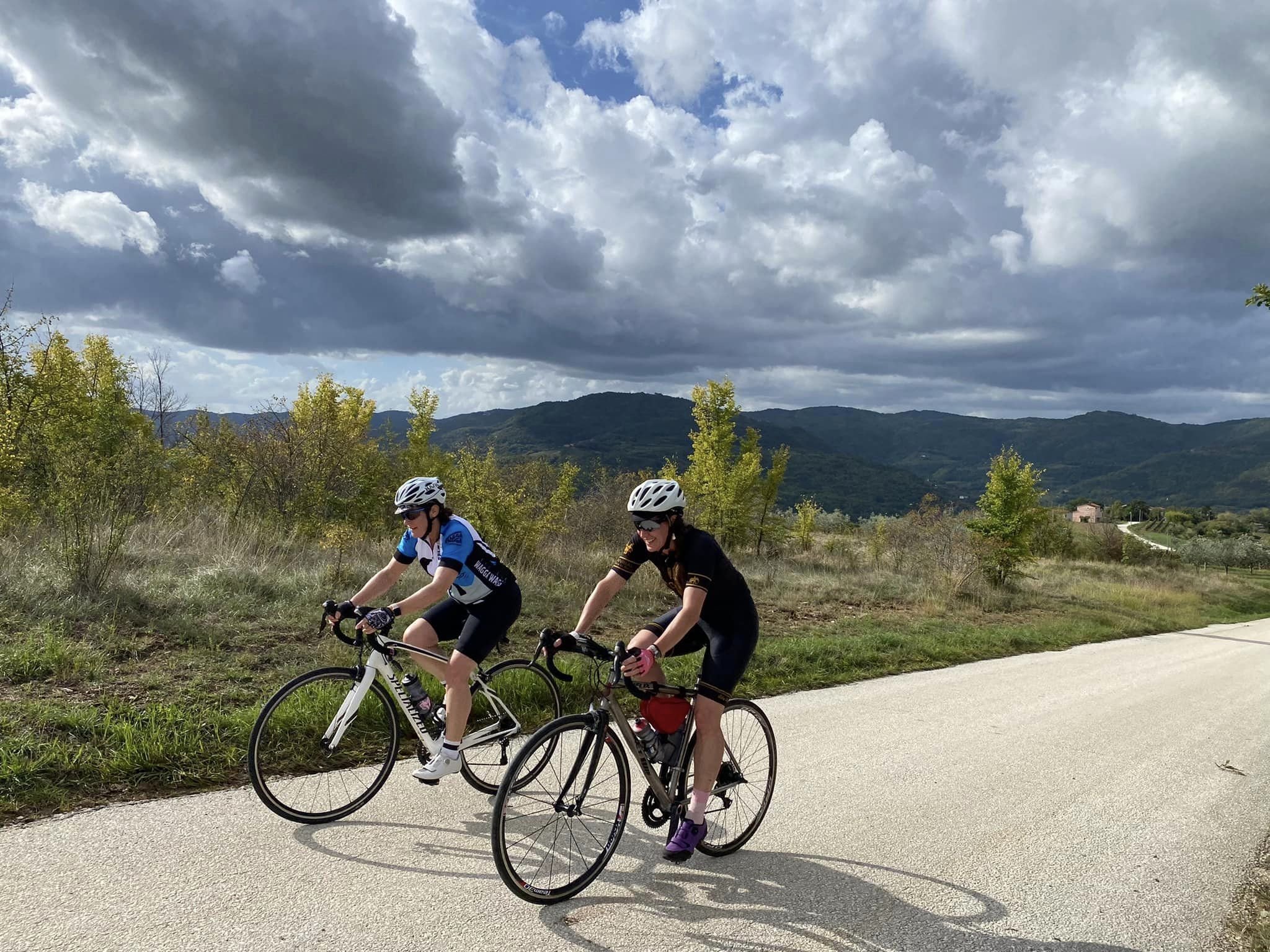

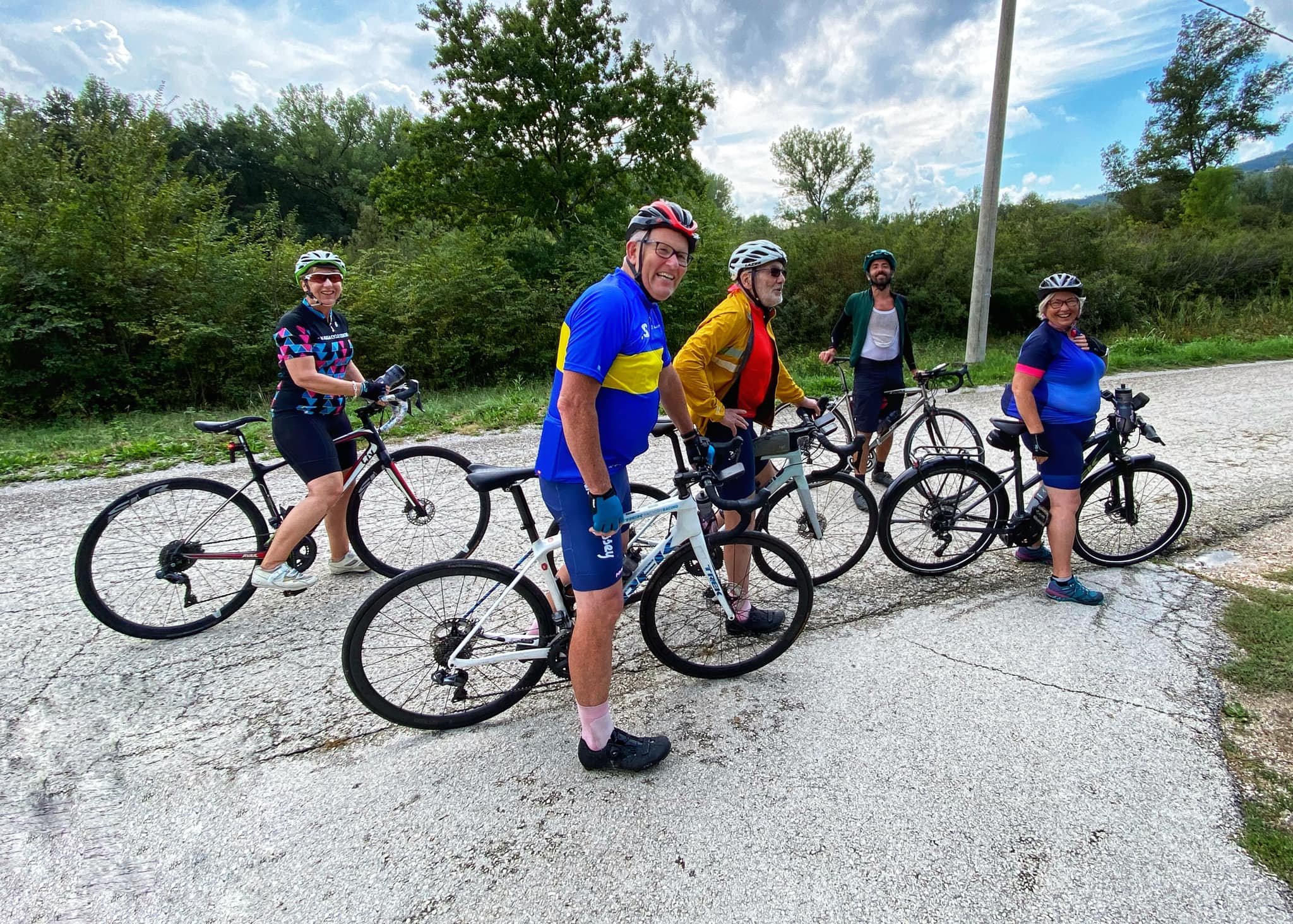
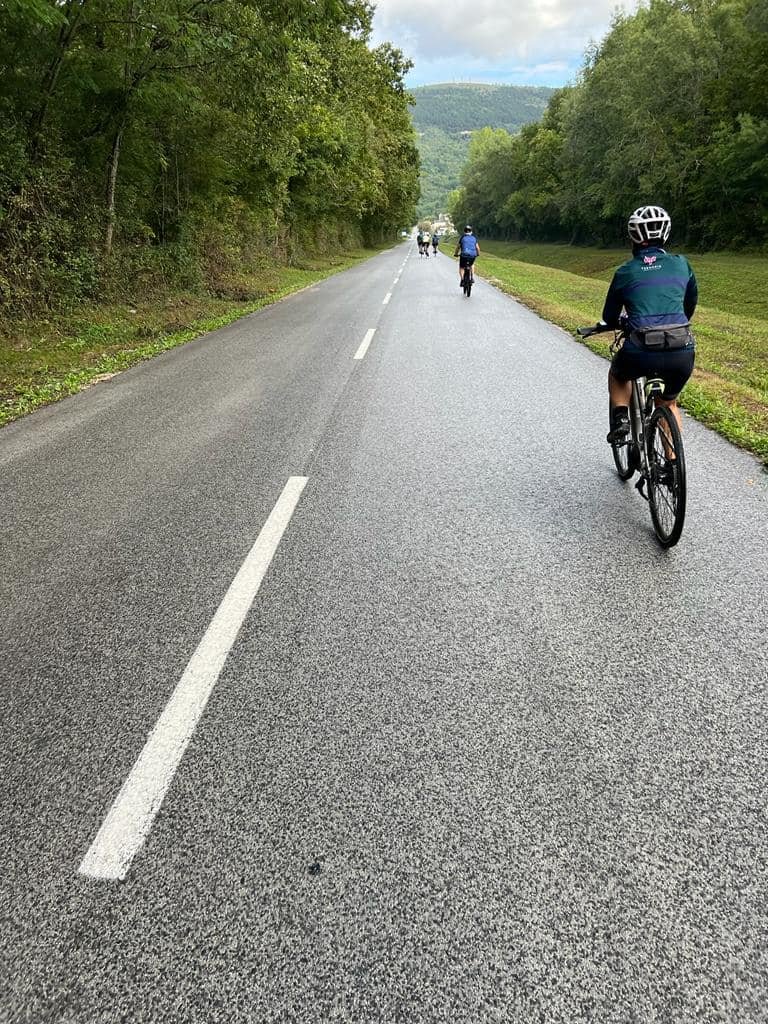

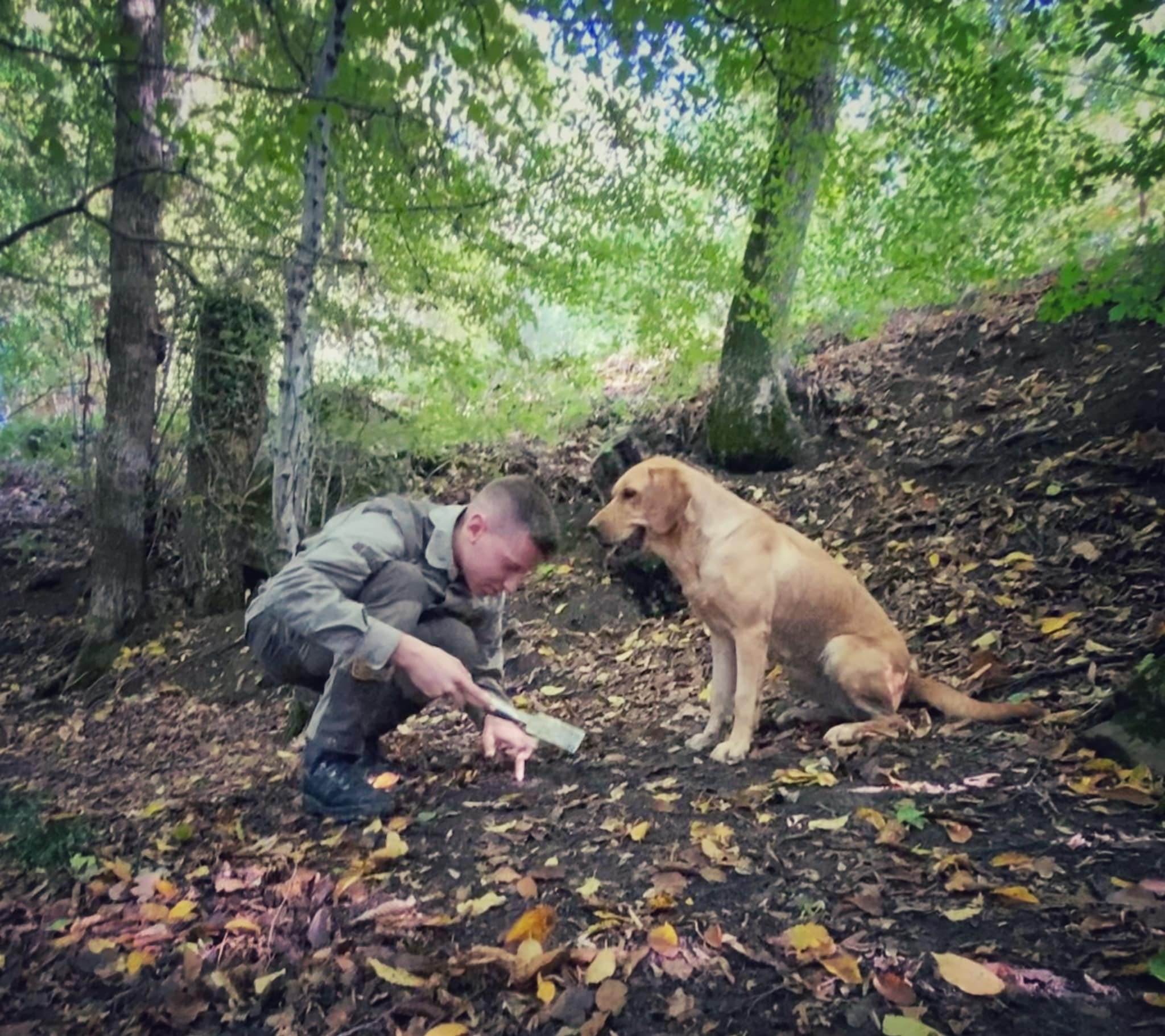
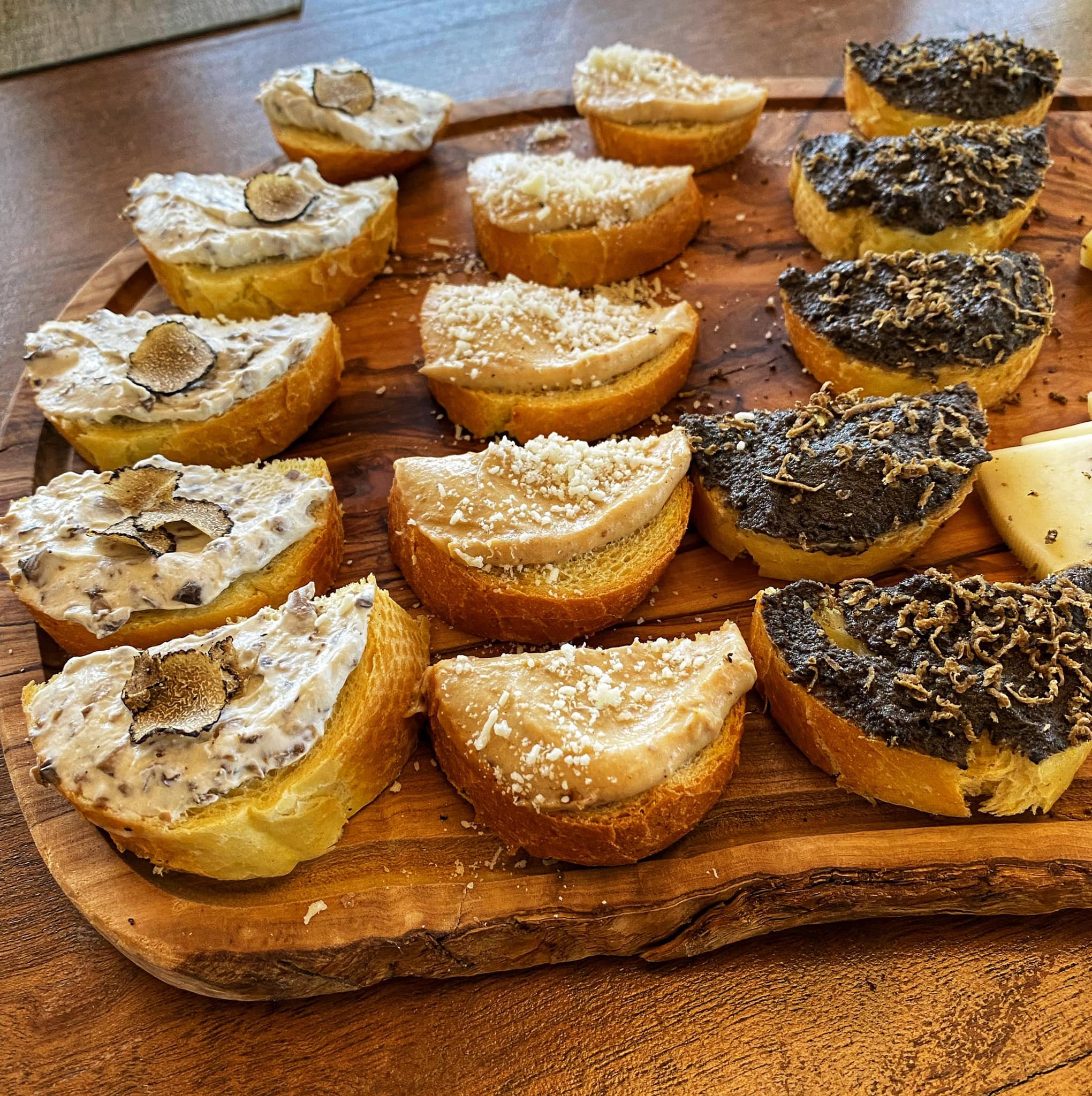
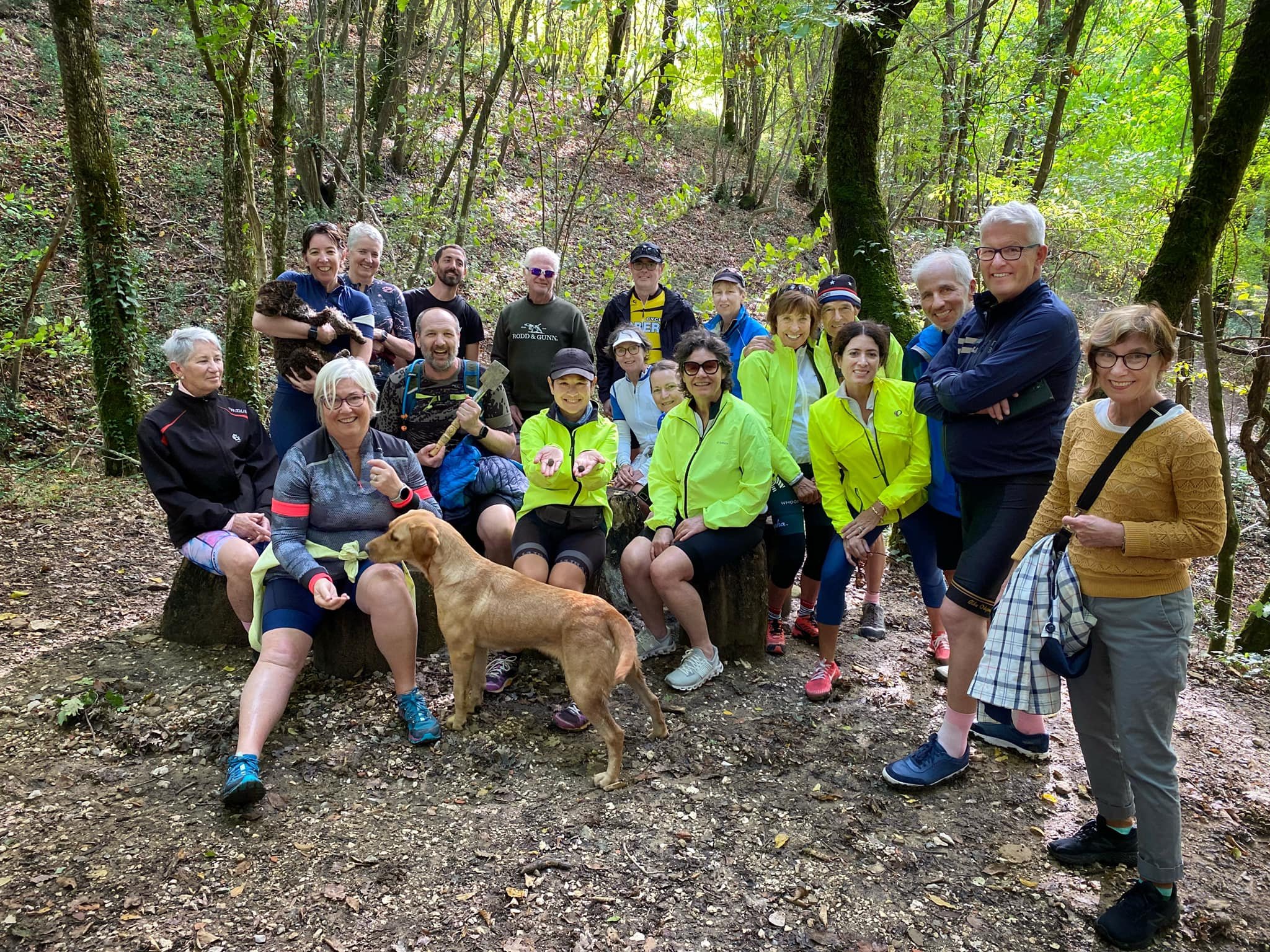
Two-wheeling it: It was a challenging 43 miles from Slovenia into Motovun, in Croatia’s Istrian Peninsula. Many in the group powered through to the last kilometer; a few rode in the vans; others did a combination; and some, like me, rode e-bikes, which offer a boost through the tough bits. No judgement, tons of encouragement and support, and great guides. The following day was easier, with a stop to learn about the famous Croatian truffles and a tasting lunch. Svida mi se ovdje! (I like it here!) Bike Odyssey
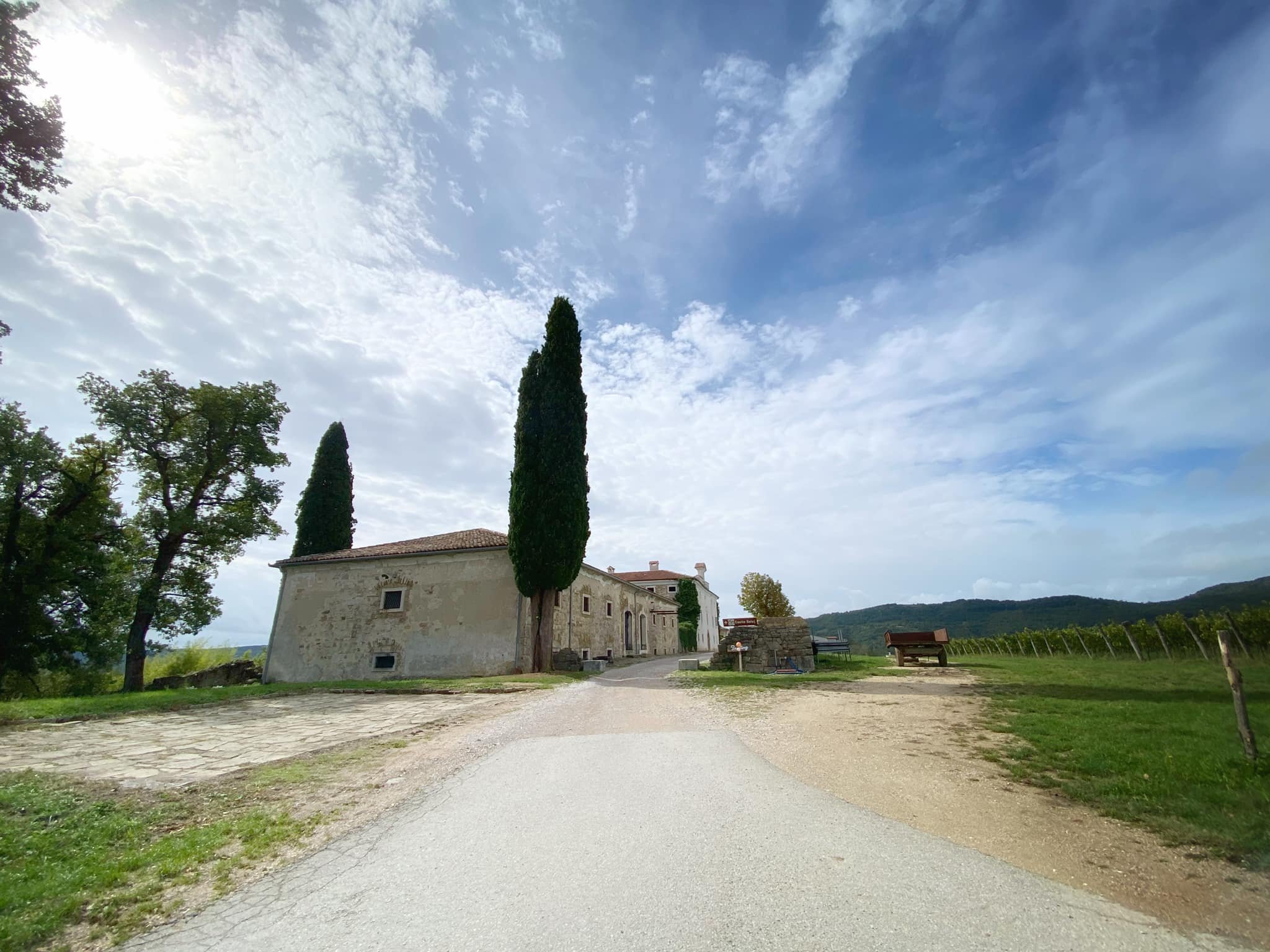
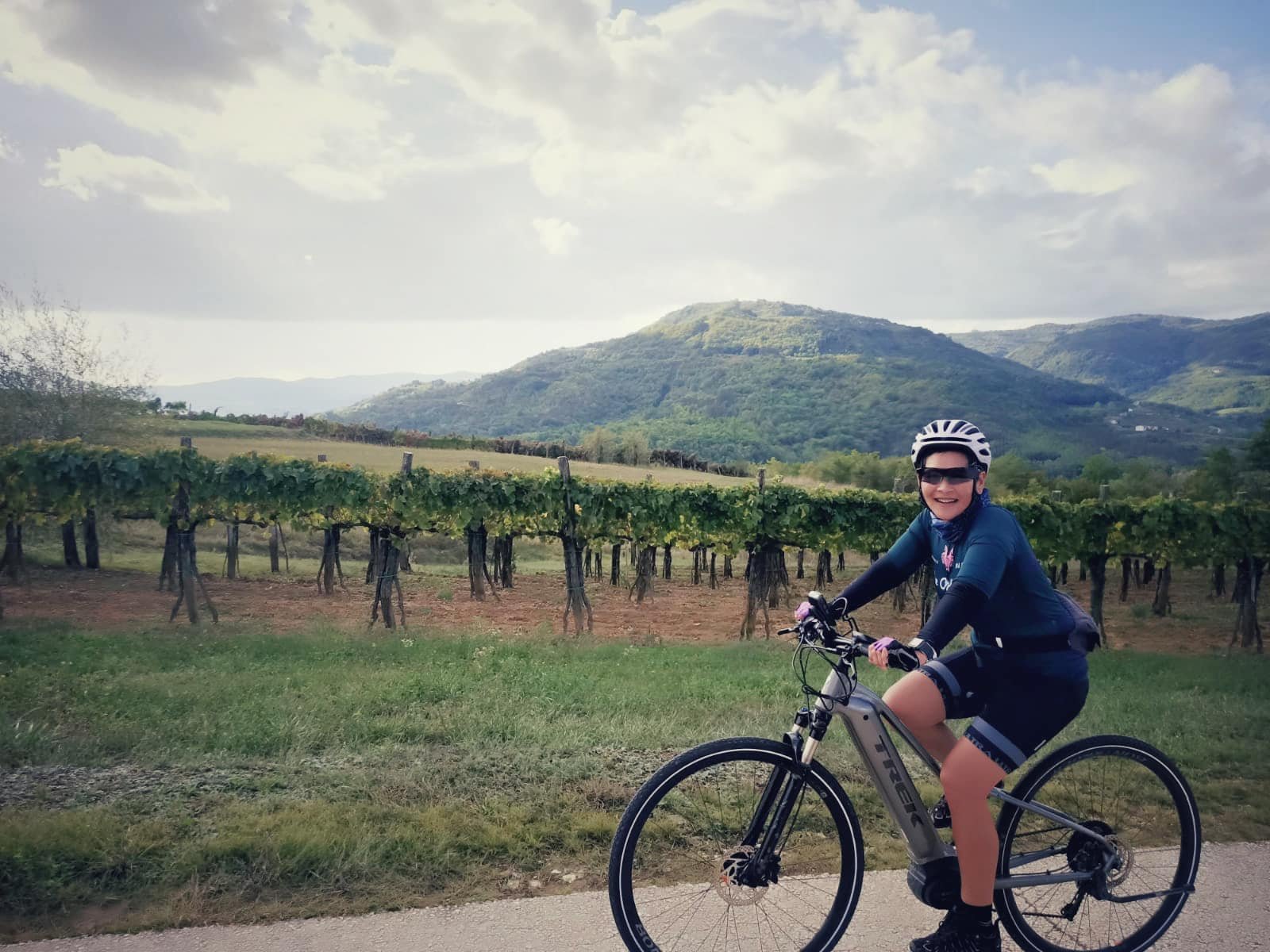
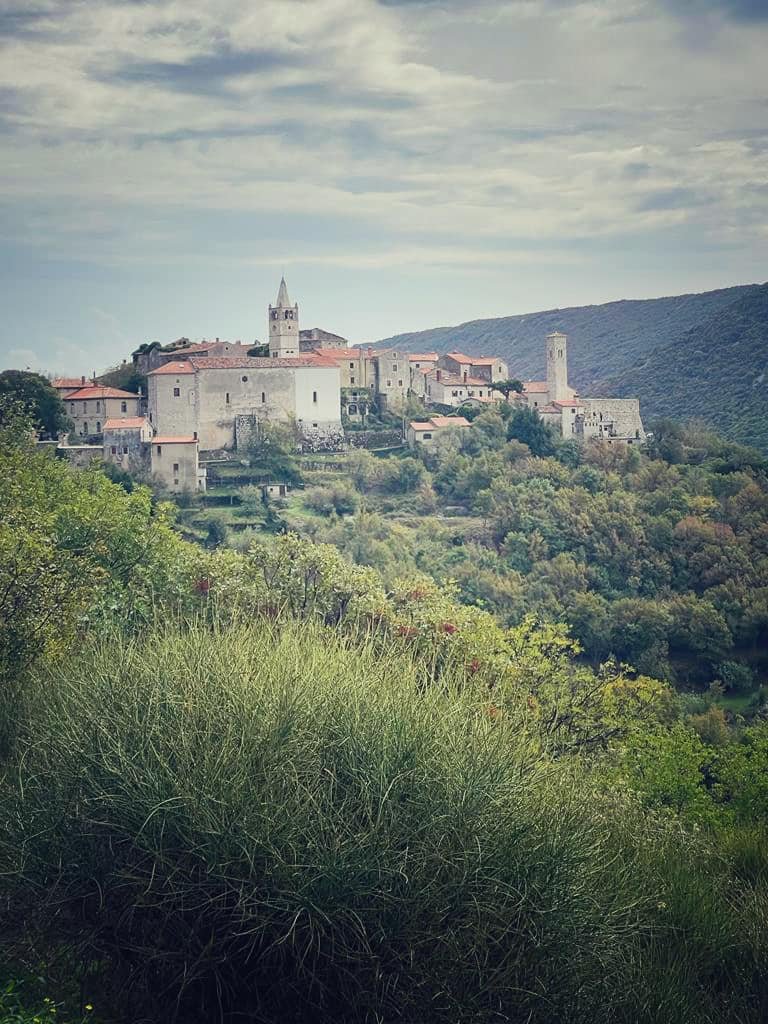


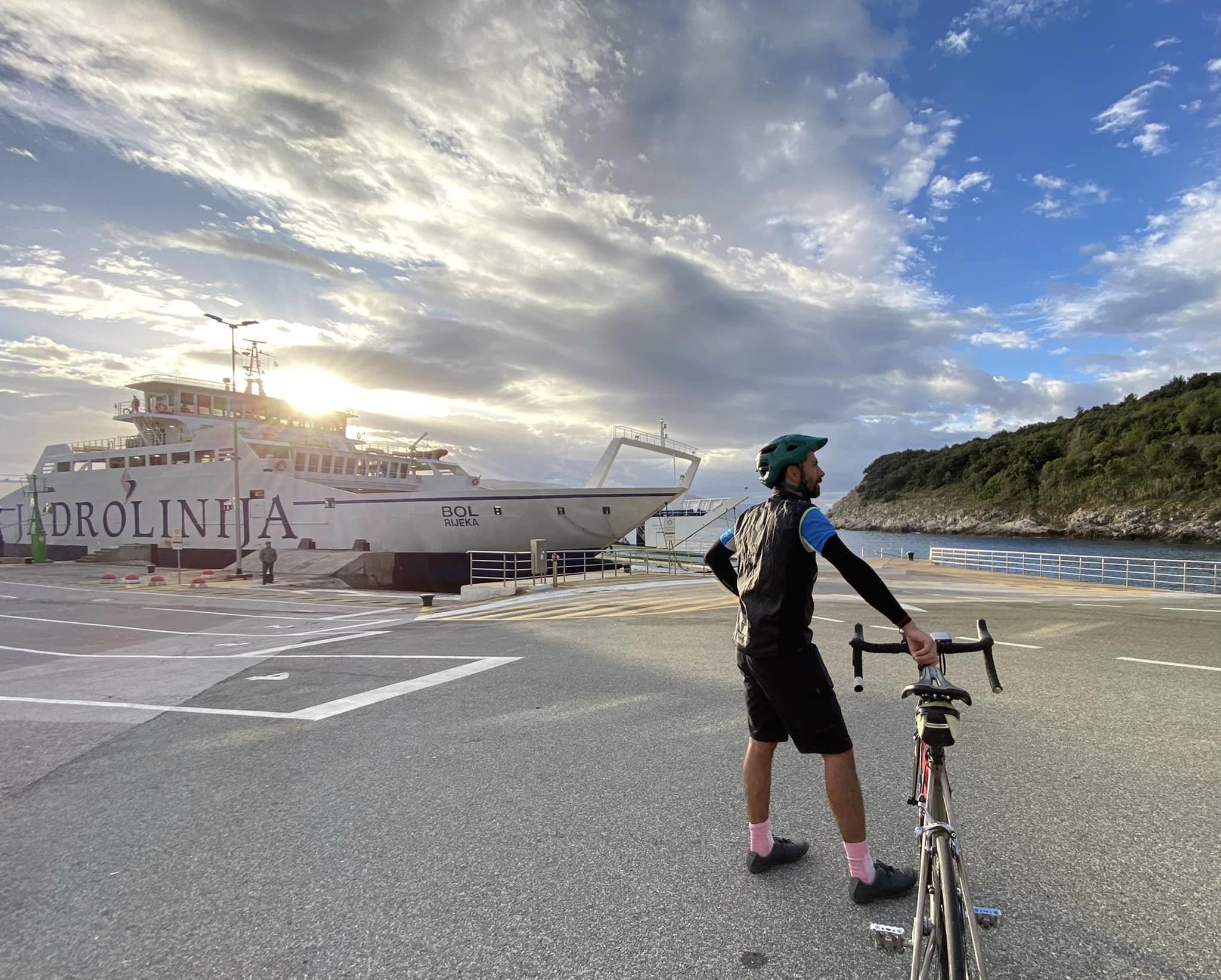

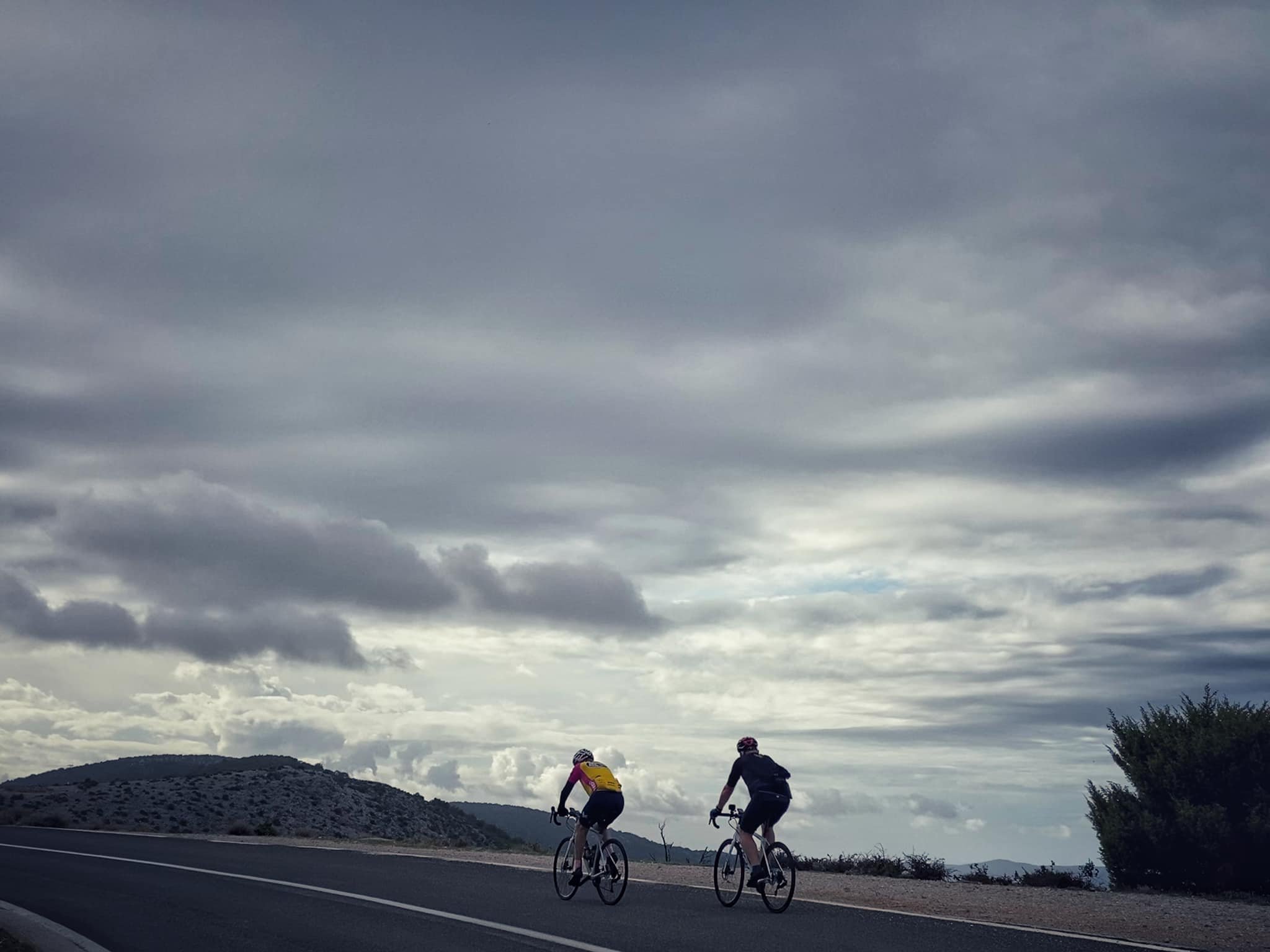
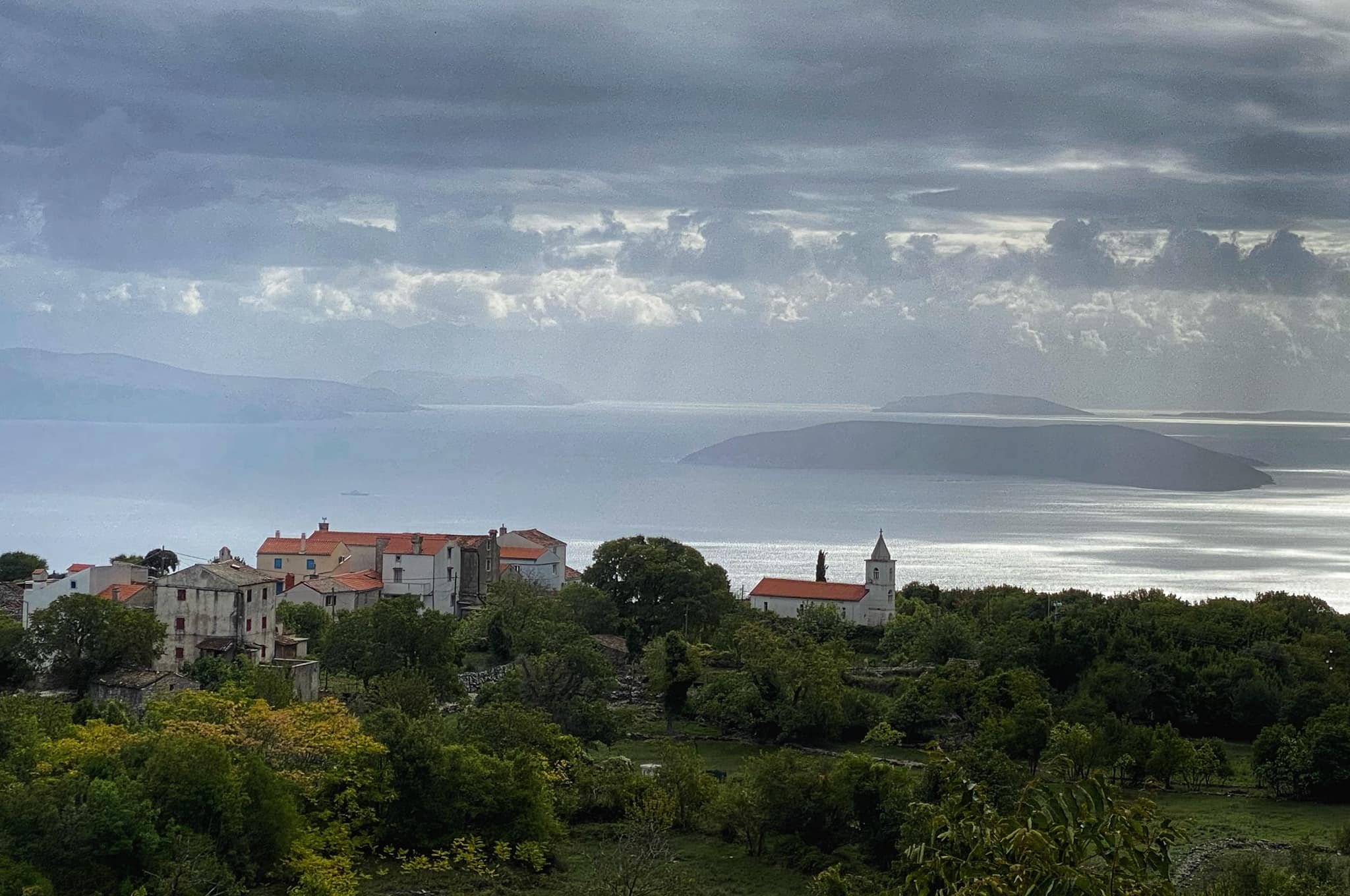

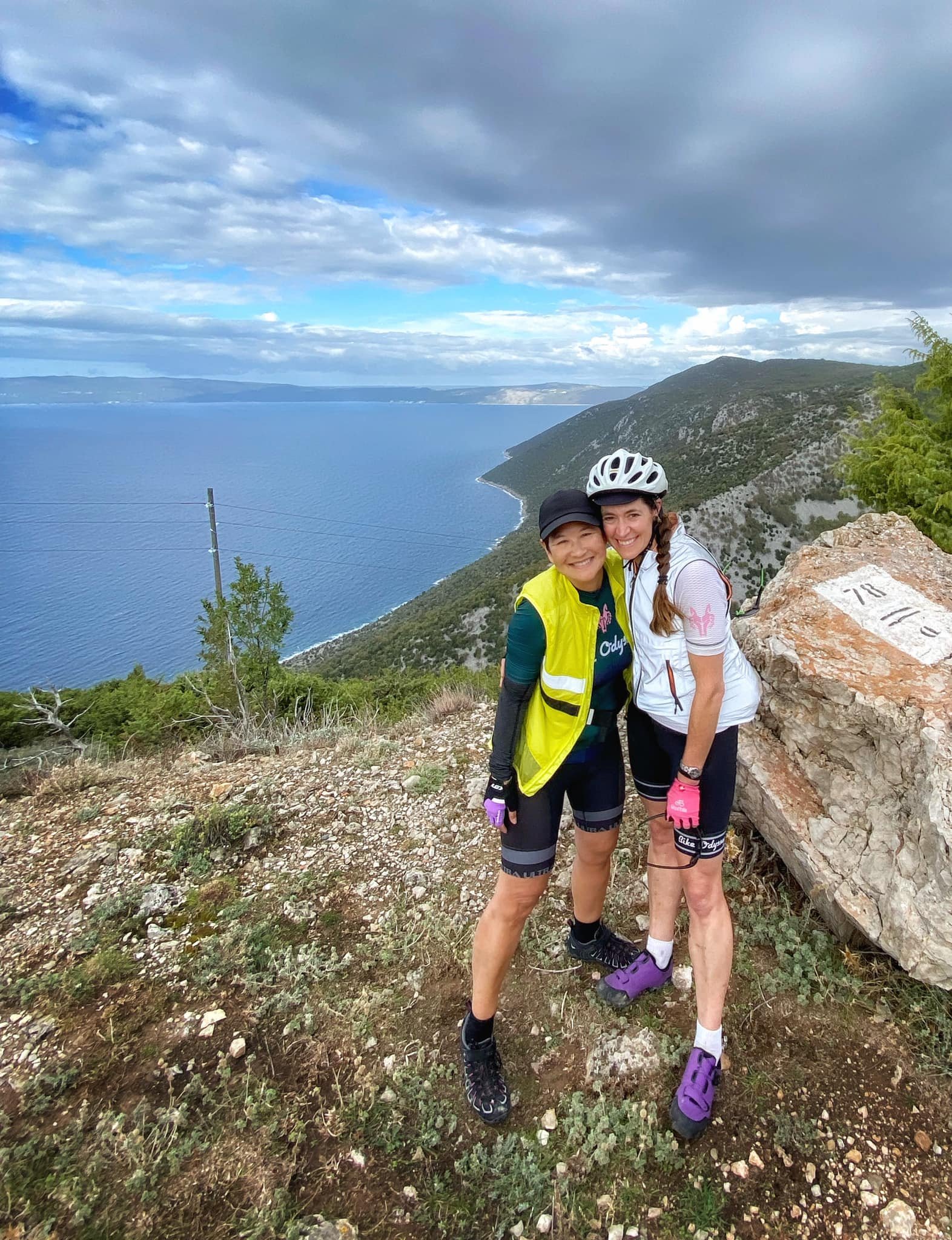
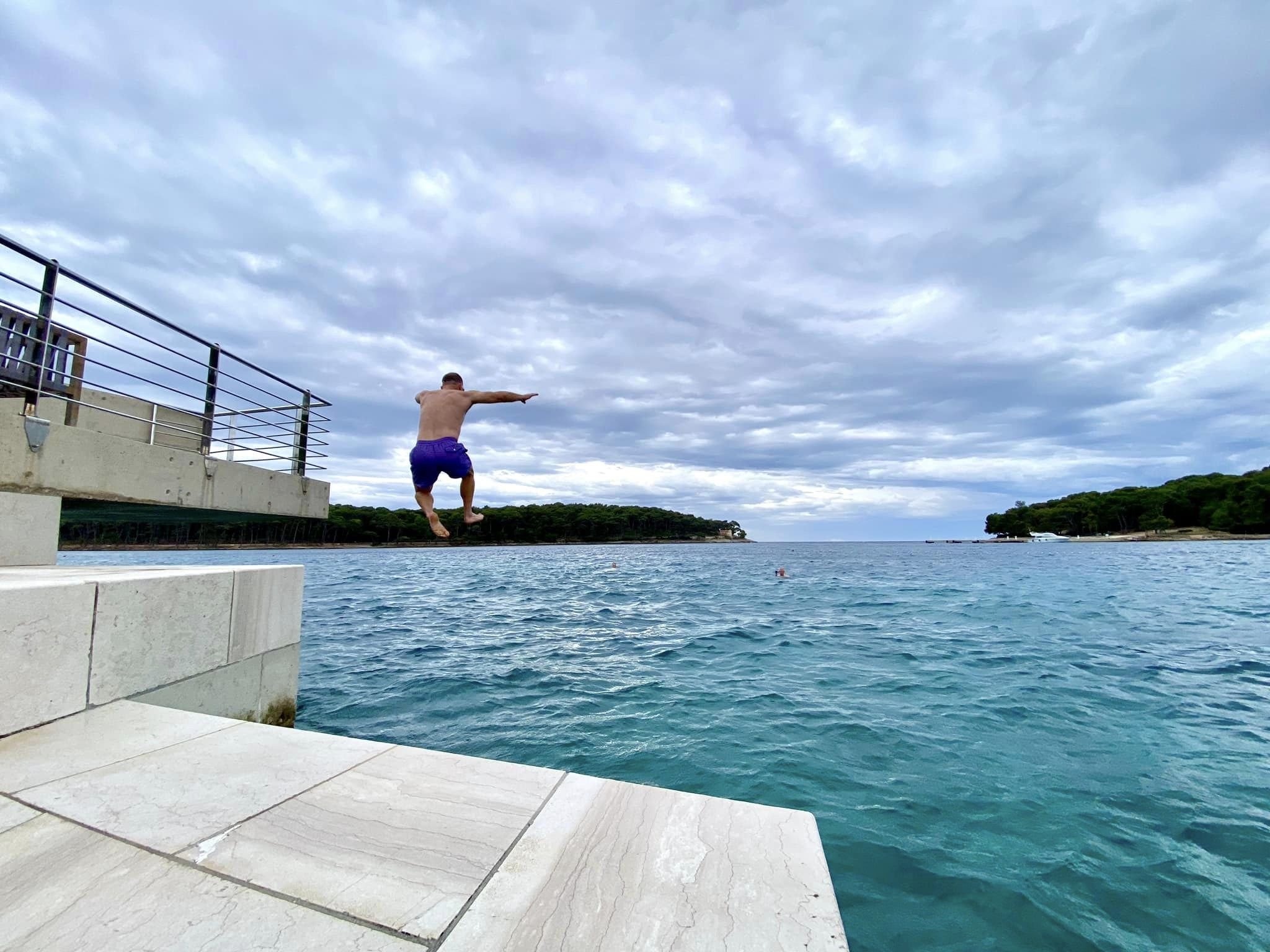
Southward through the Istrian Peninsula through tiny villages, along the towering rock hills of Ucka National Park, and ending up in Plomin, with stunning views of the Adriatic. Bike Odyssey
The following morning, it’s a ferry over to the island of Cres, the largest of the country’s 718 islands and said by the ancient Greeks to be the body of Apsyrtus, murdered by Jason and his Argonauts. Croatia.
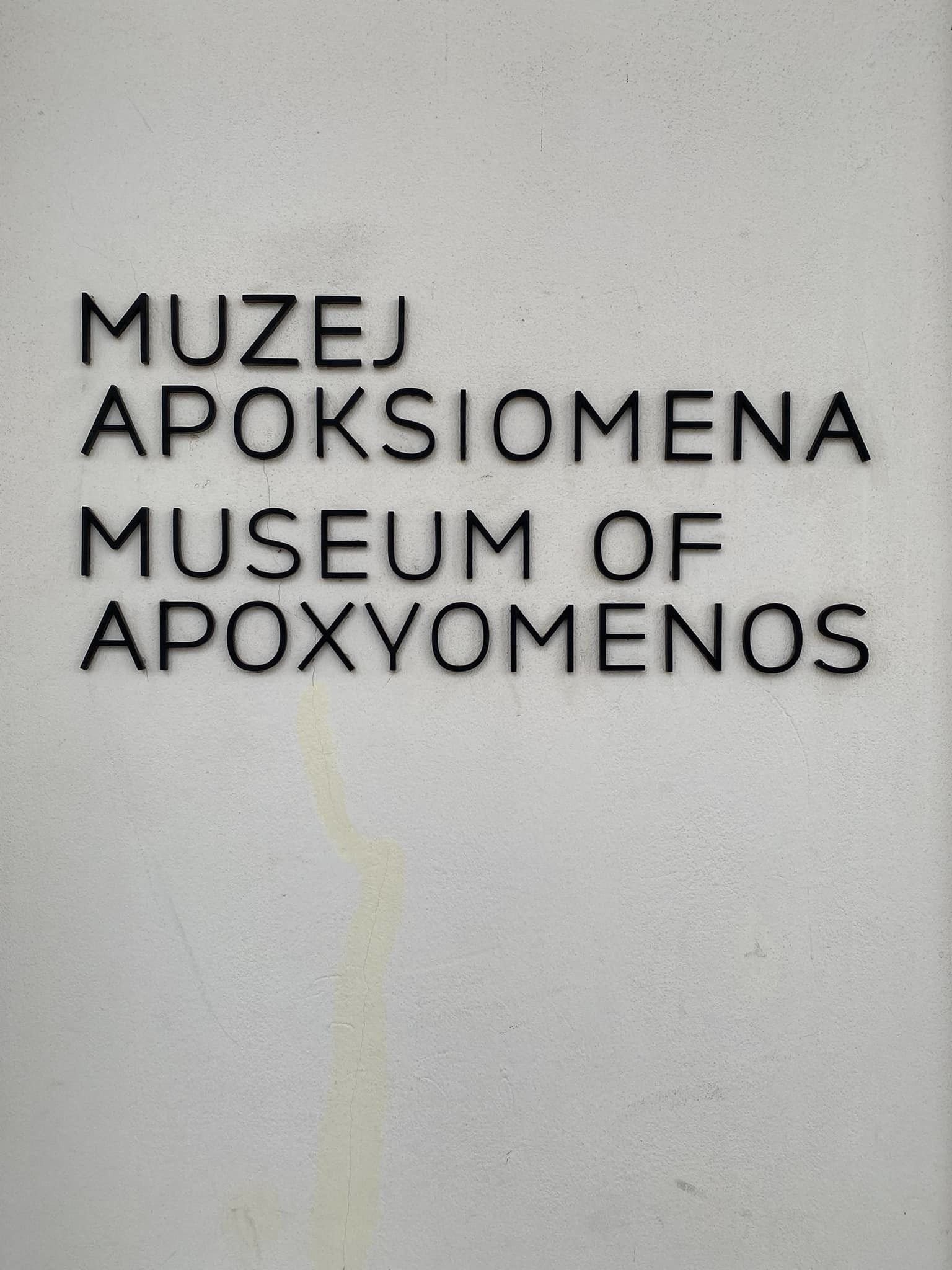
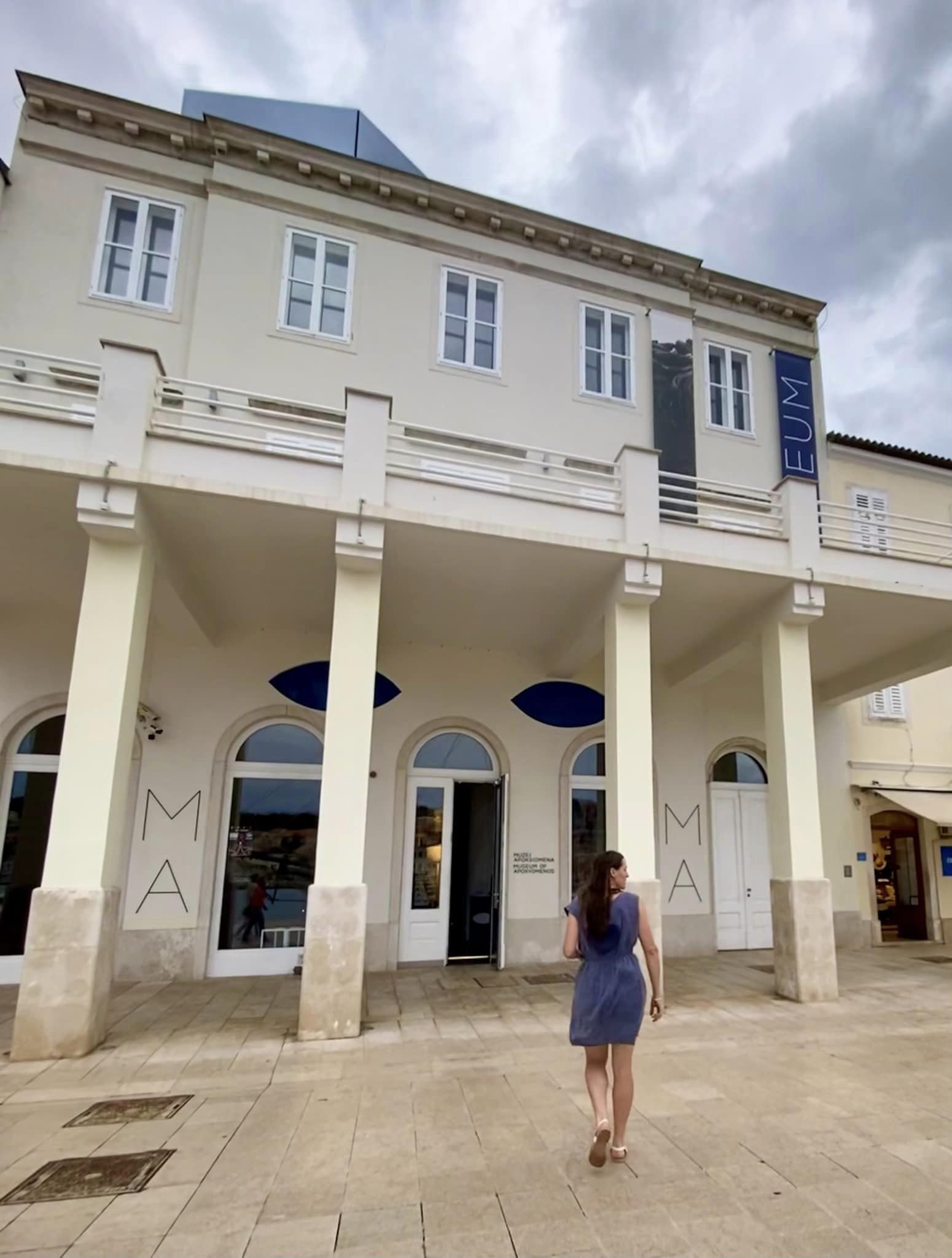
The Museum of Apoxyomenos showcases a single item and its remarkable story: that of a classical bronze statue of an athlete, recovered from the sea bed after 2,000 years and meticulously restored. Mali Lošinj, Croatia.
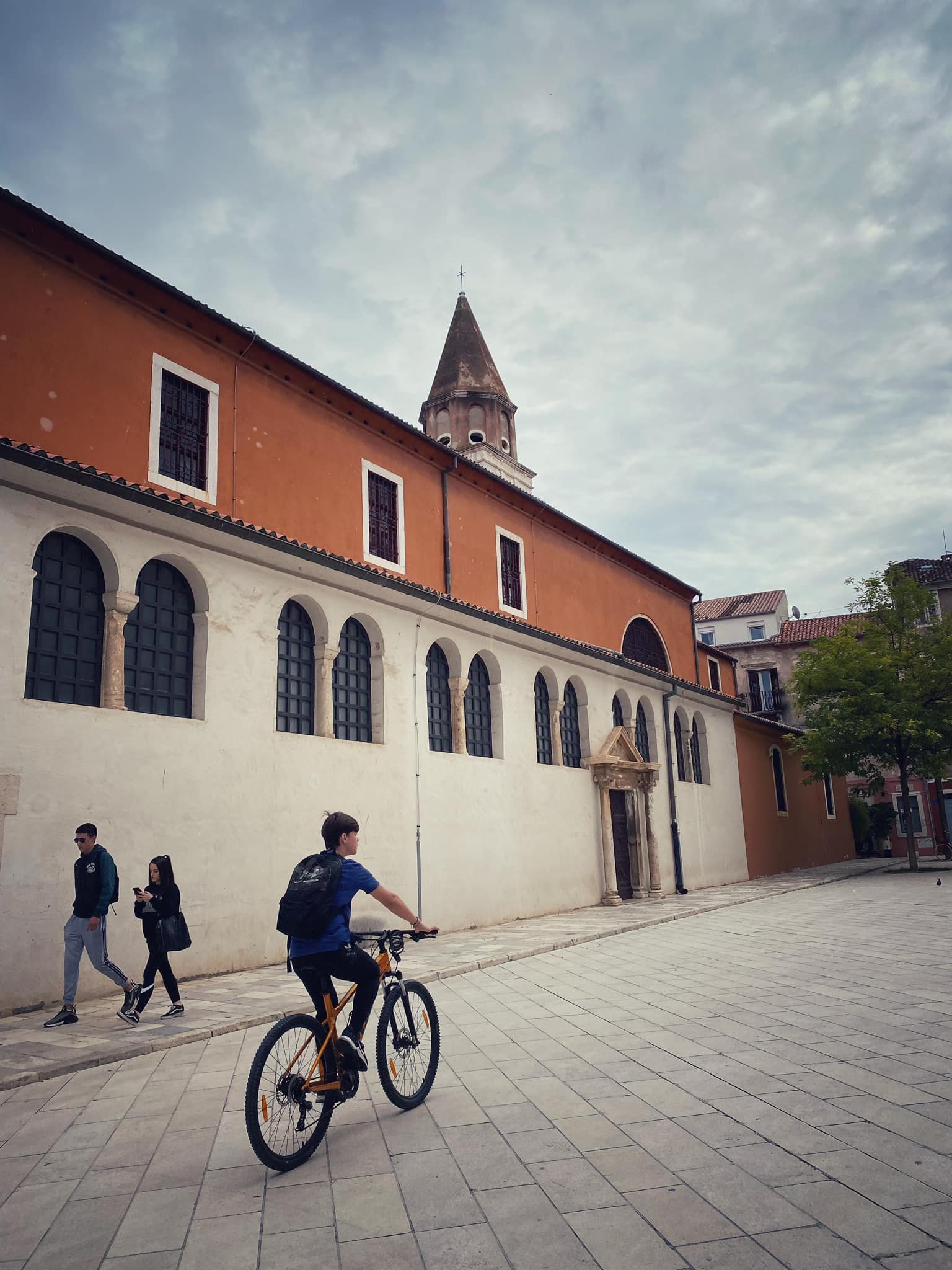
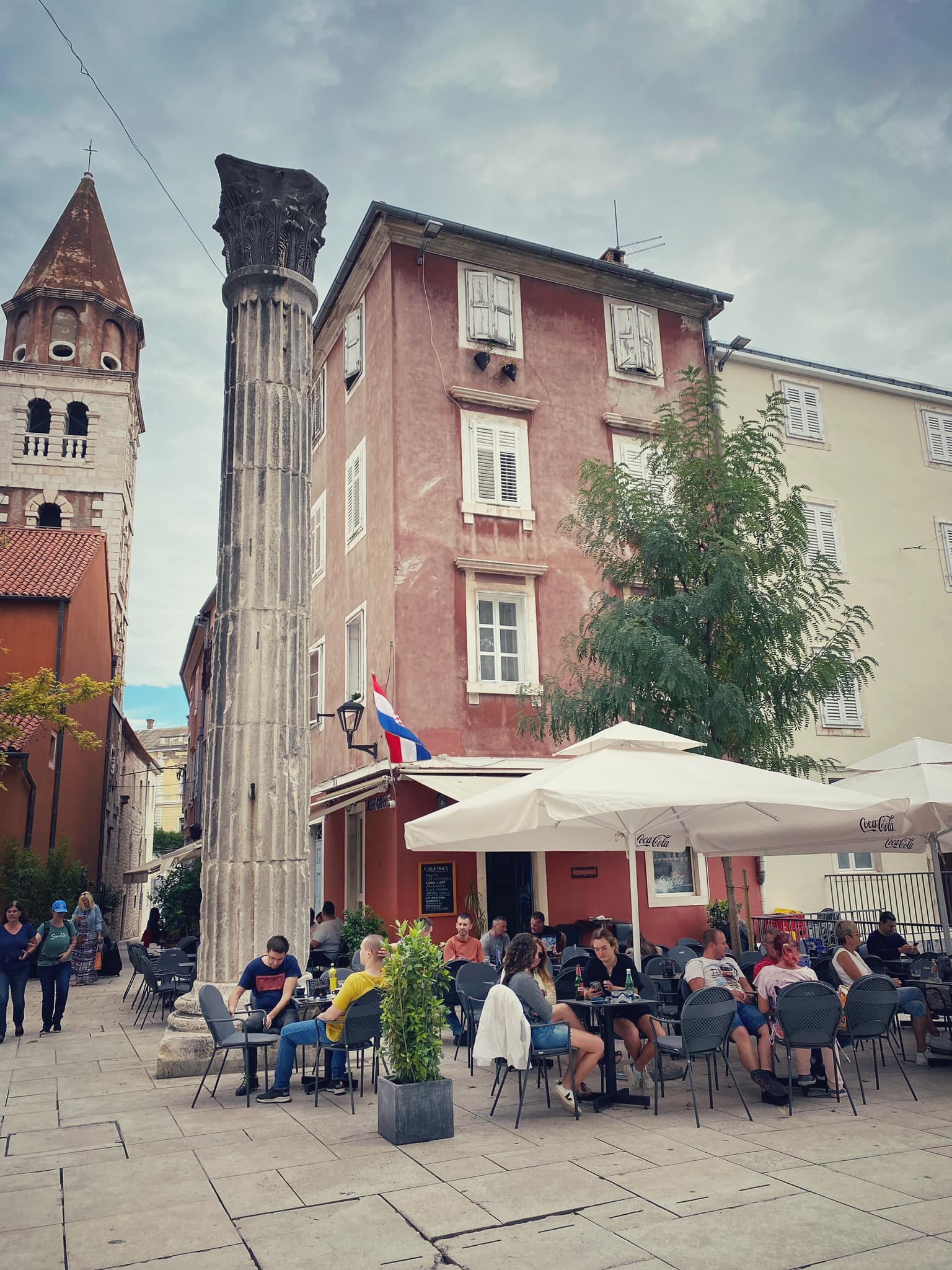
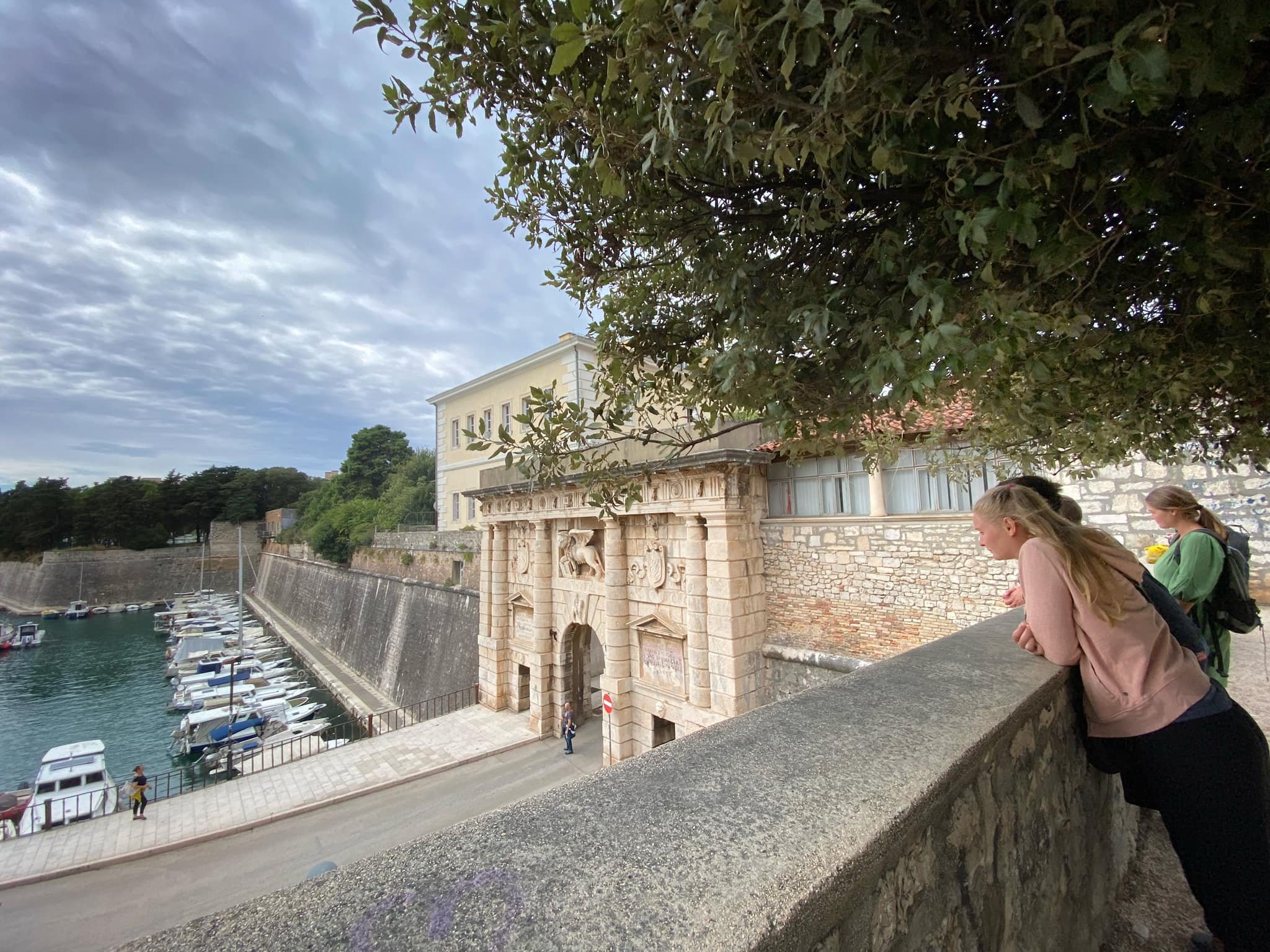

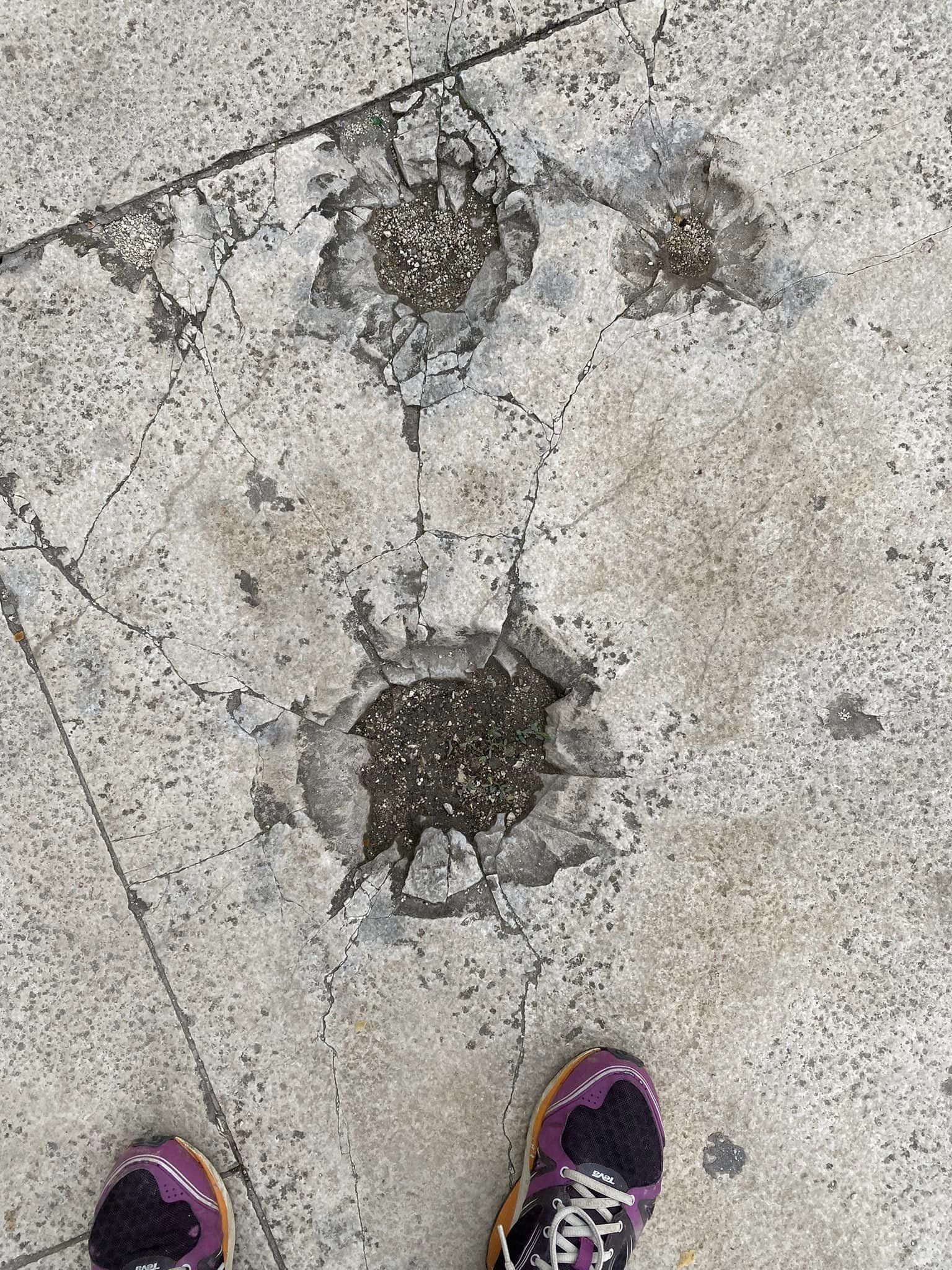

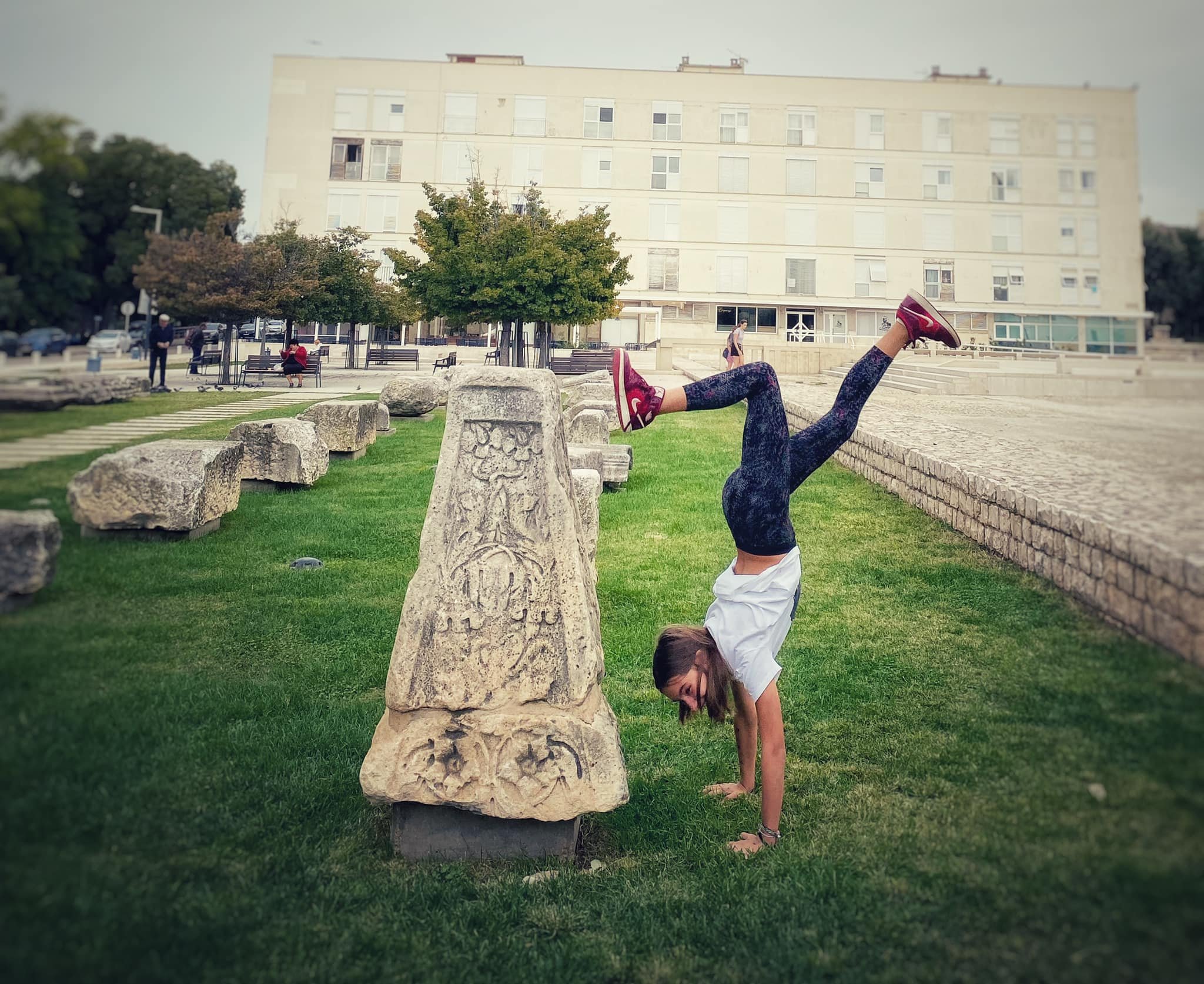
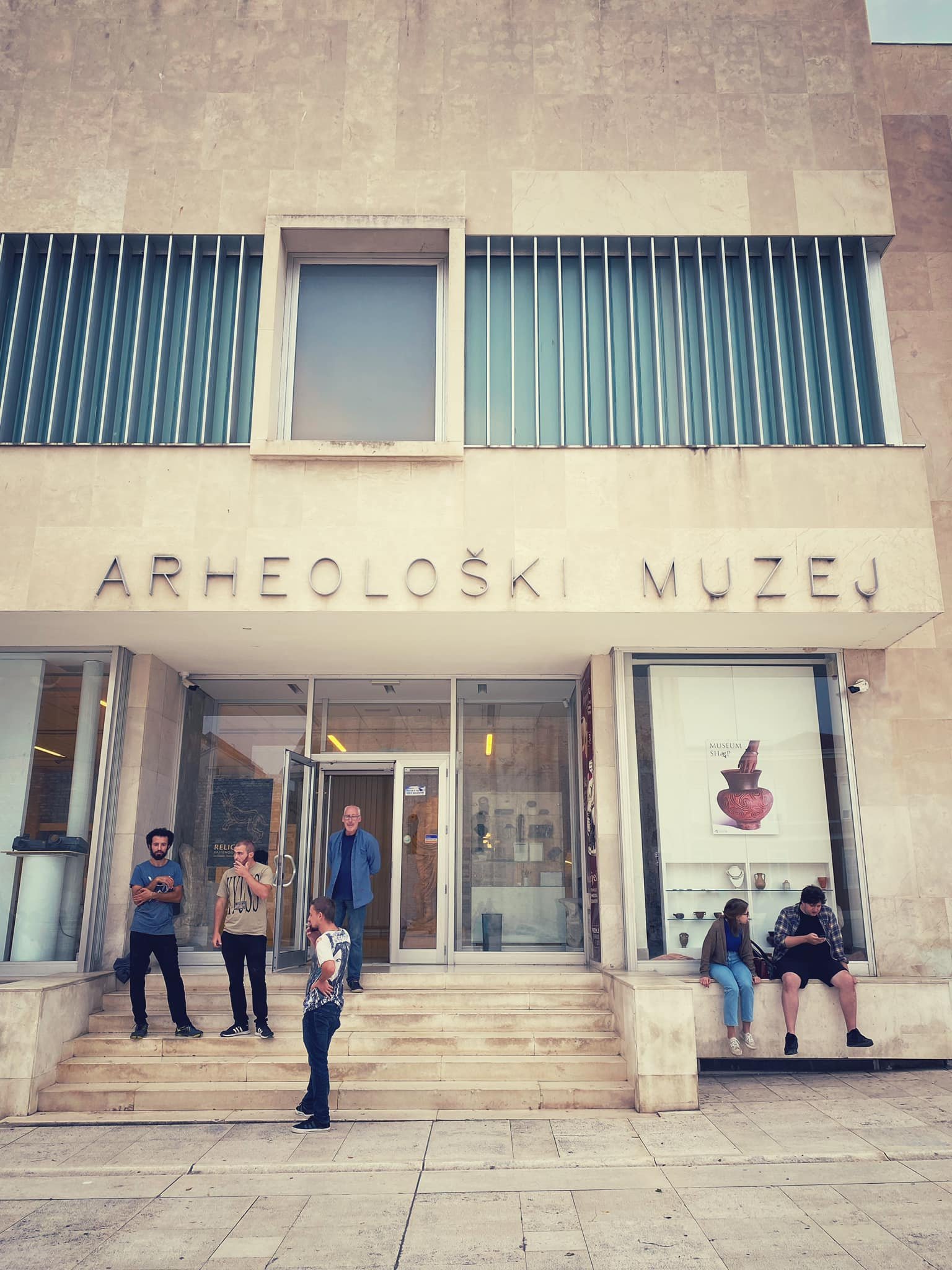
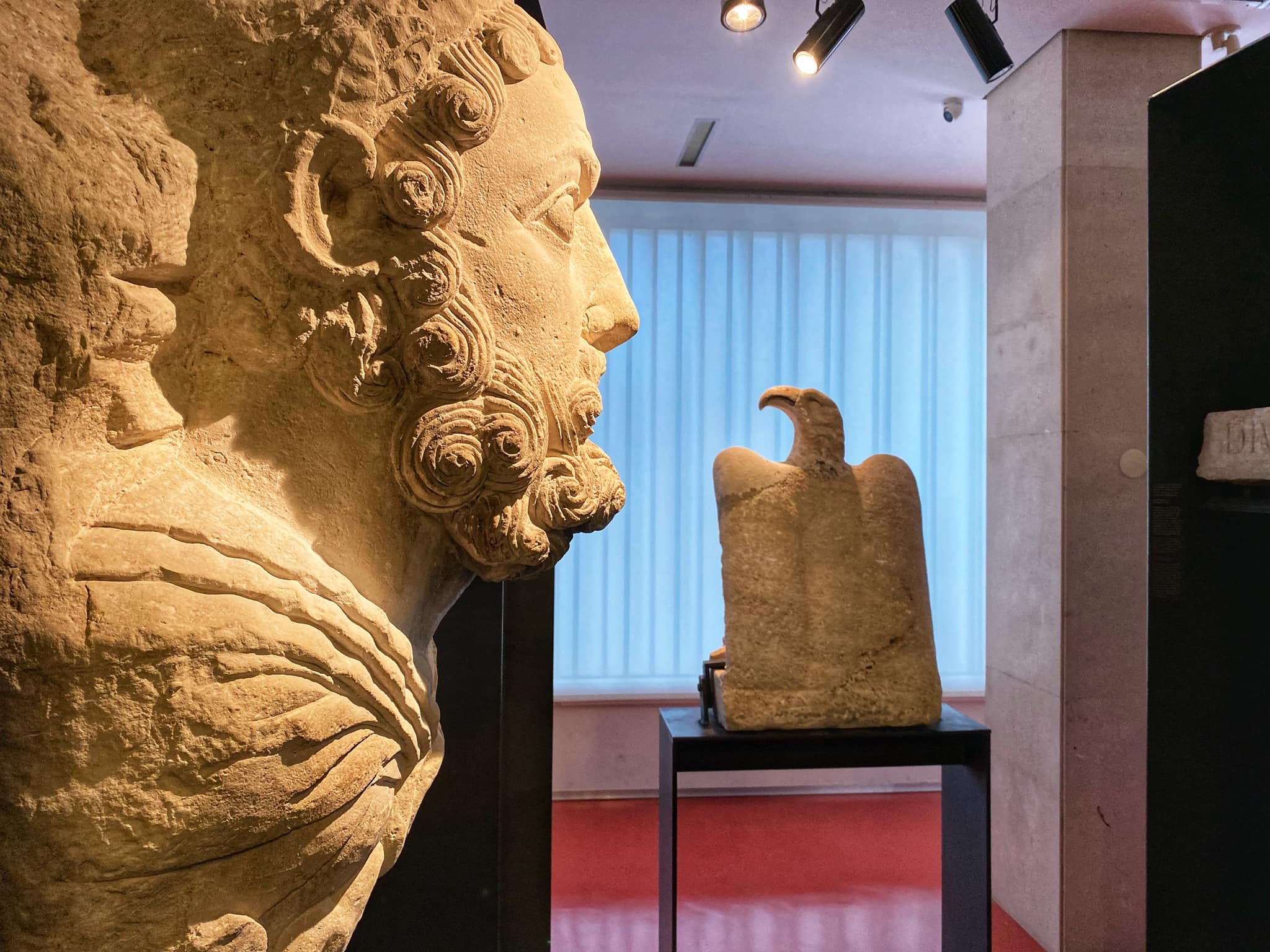
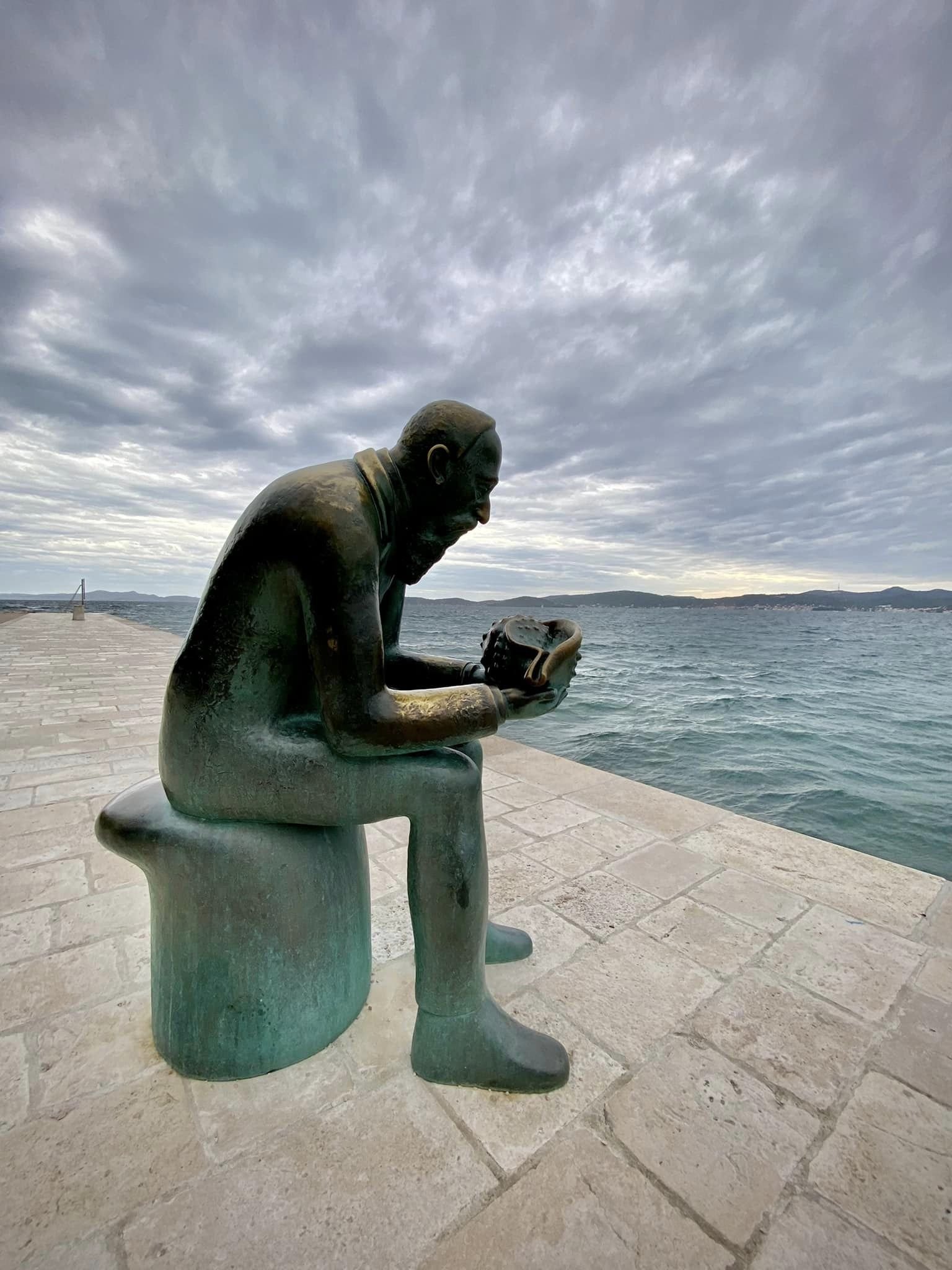
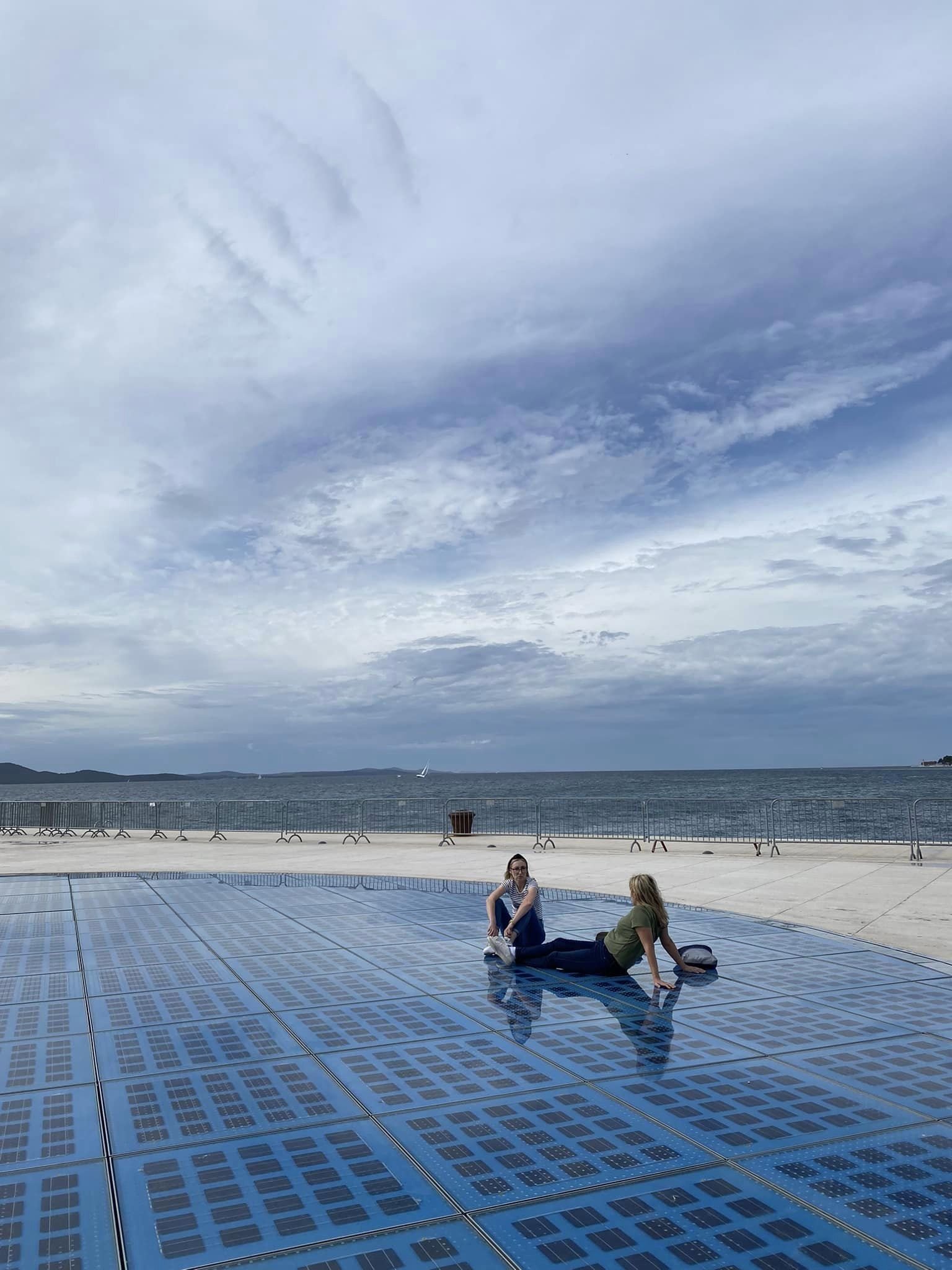

Towards Zadar. The Dalmatian coast, now part of Croatia, was a Roman province from the second century BCE to the fifth century CE and under Venetian control from the 13th to the 18th centuries. The port city of Zadar is a wonderful place to see these influences. Dalmatian Coast, Croatia.
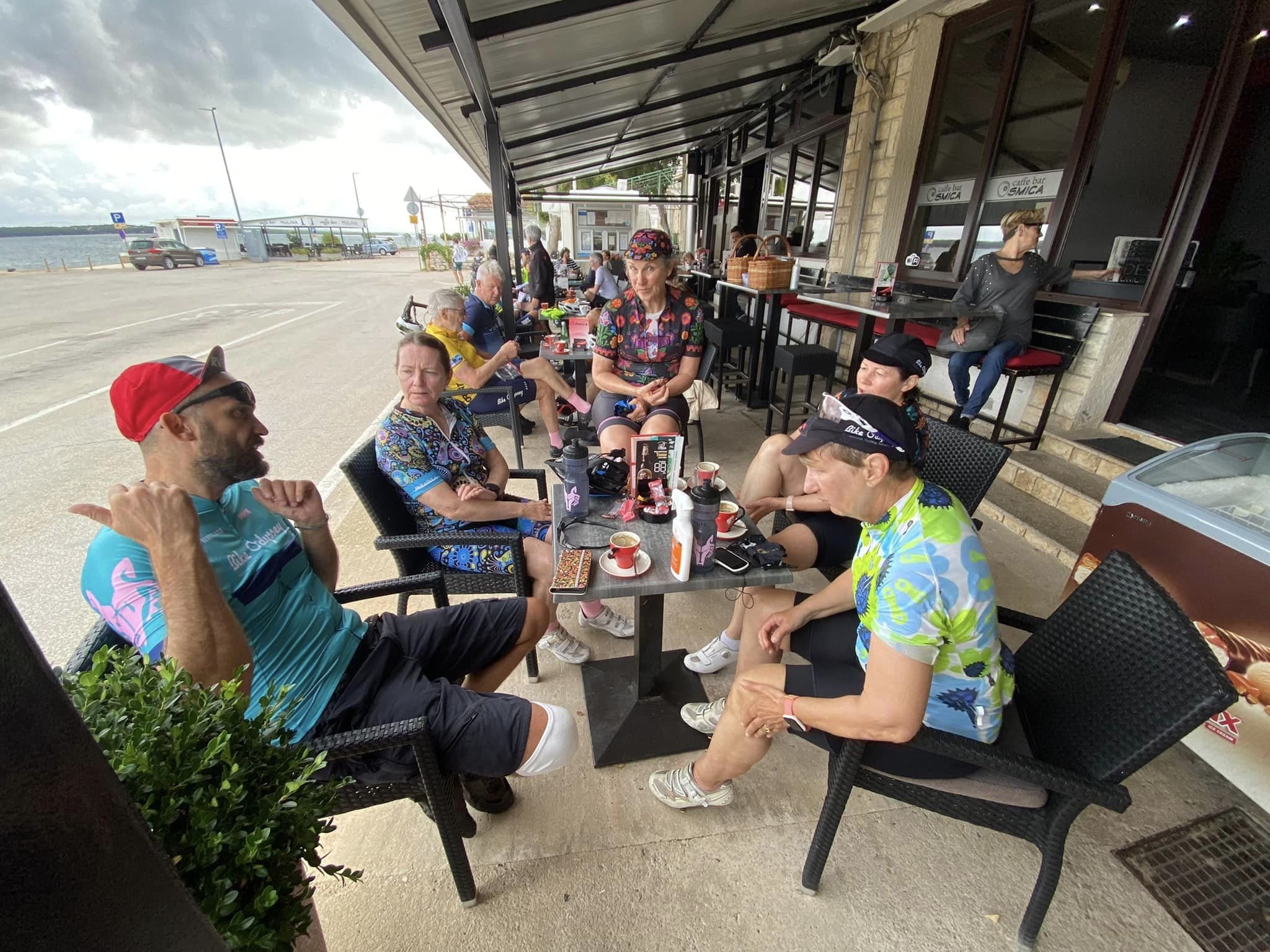
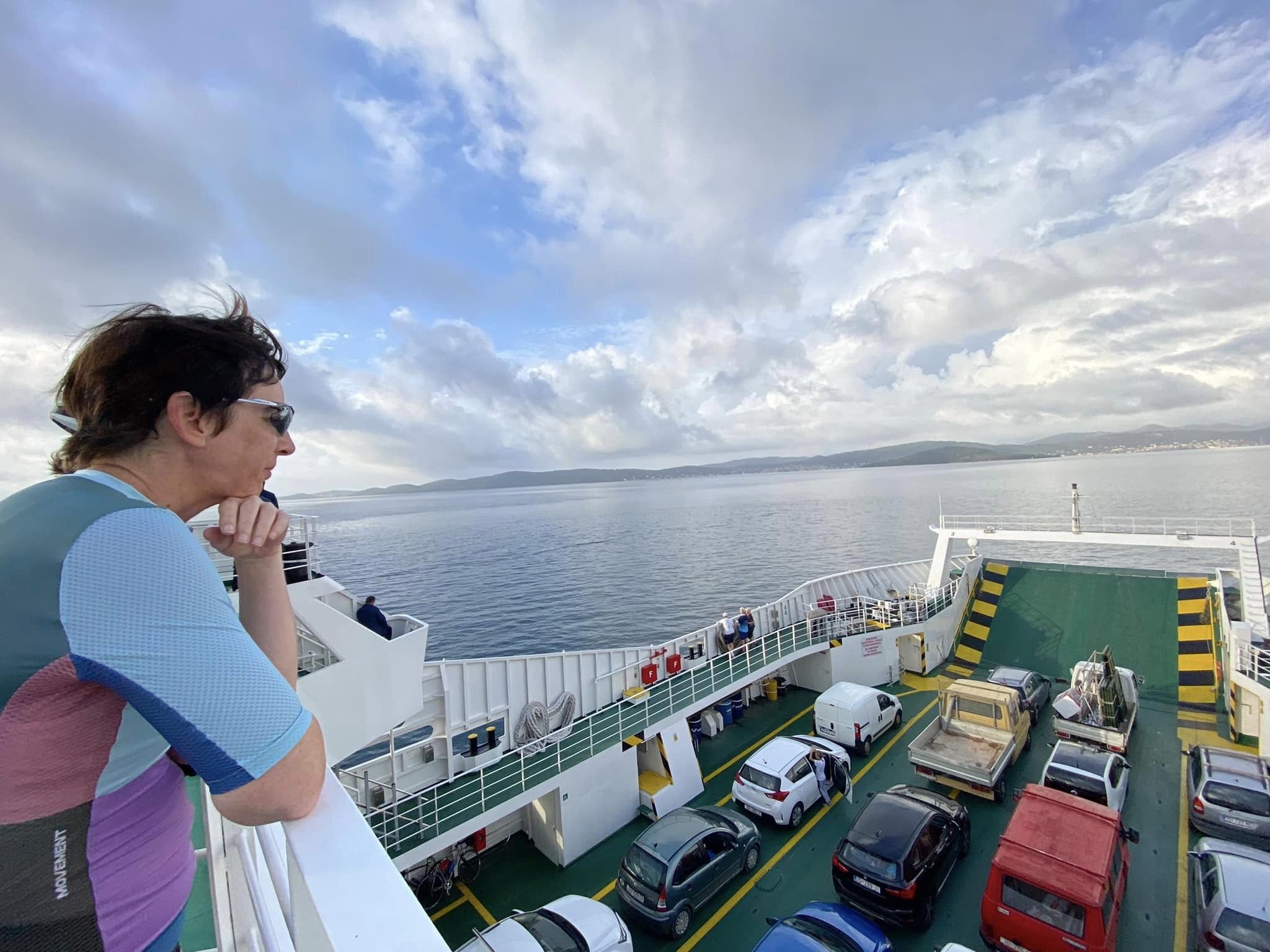
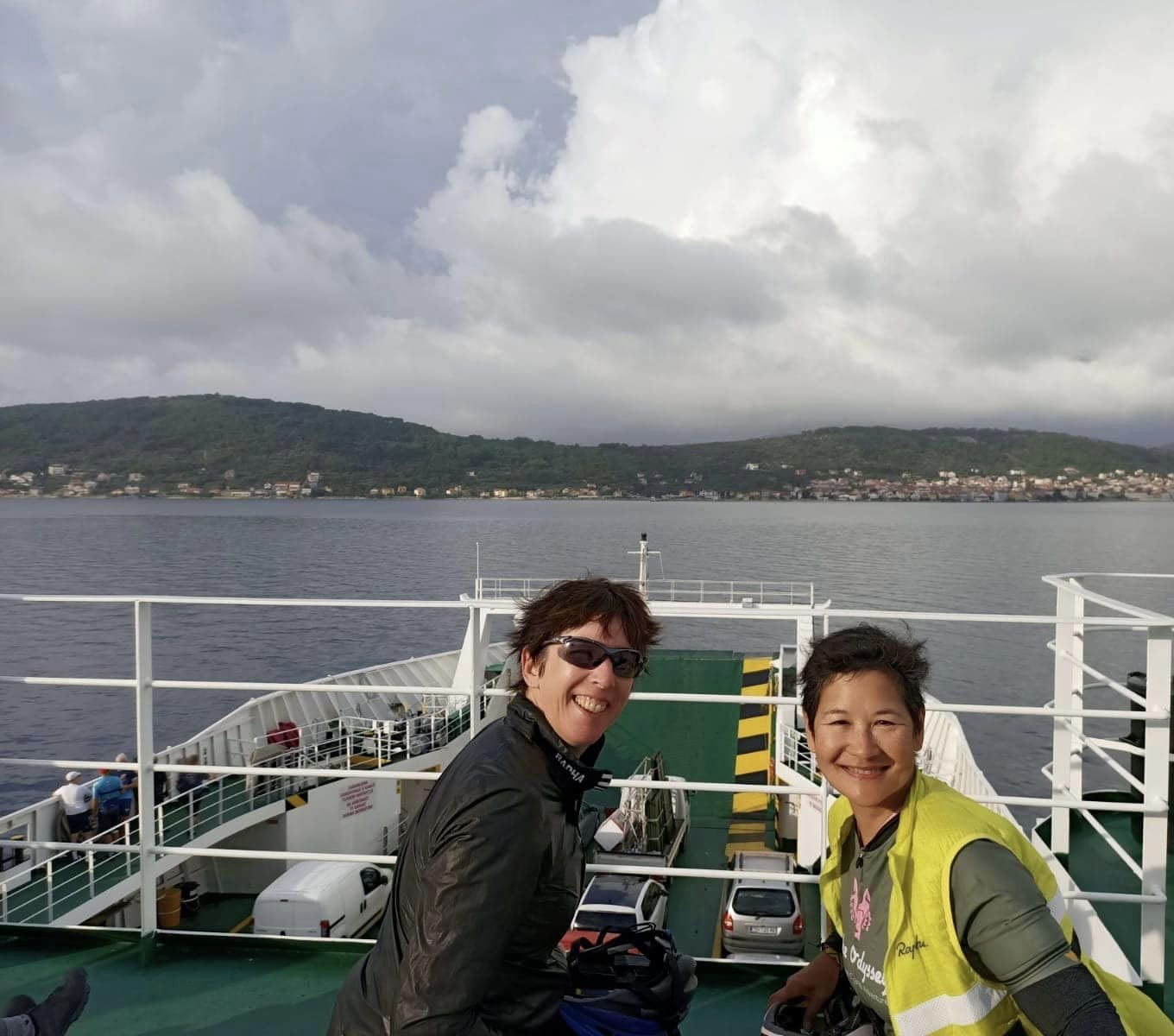
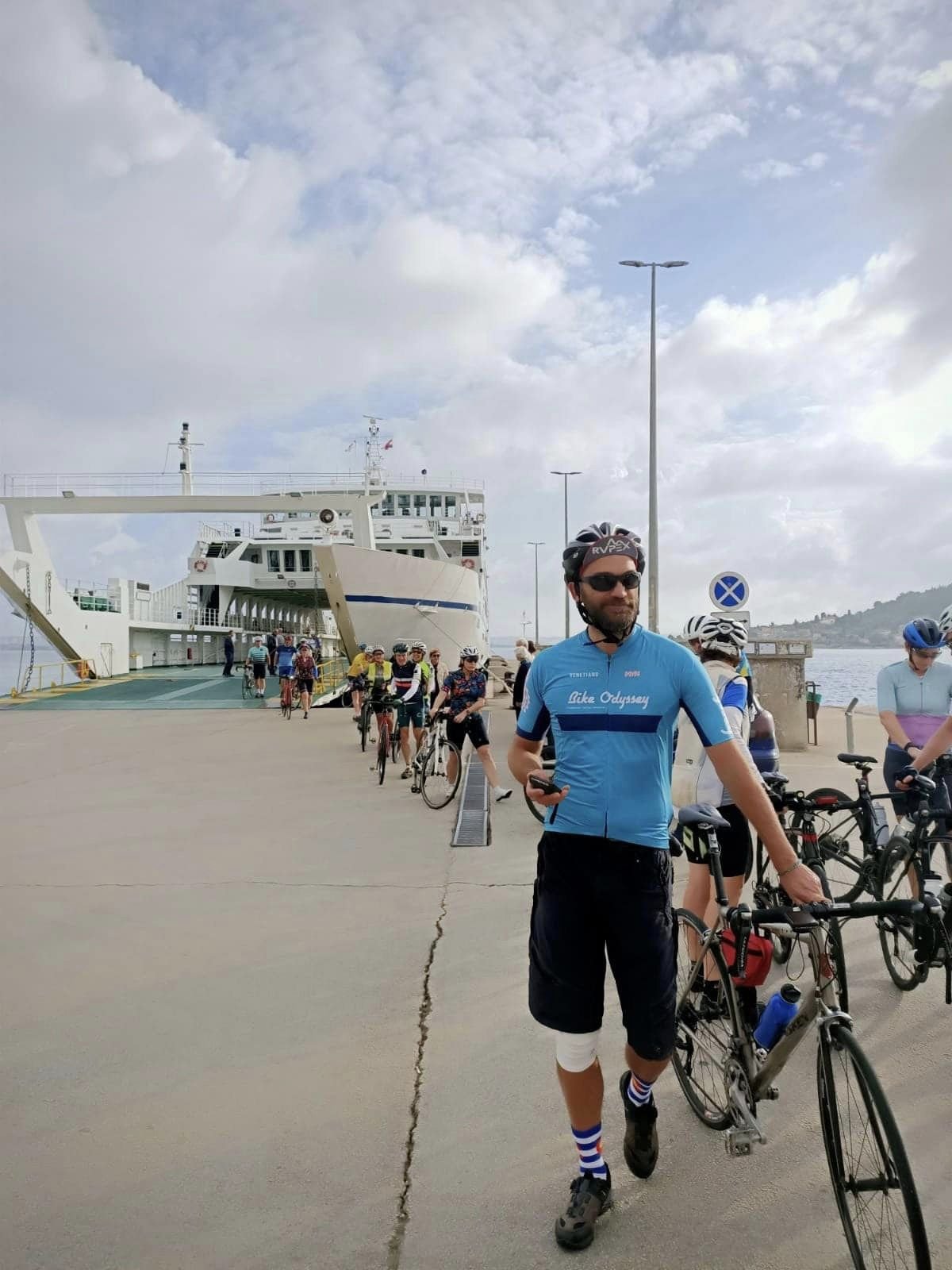
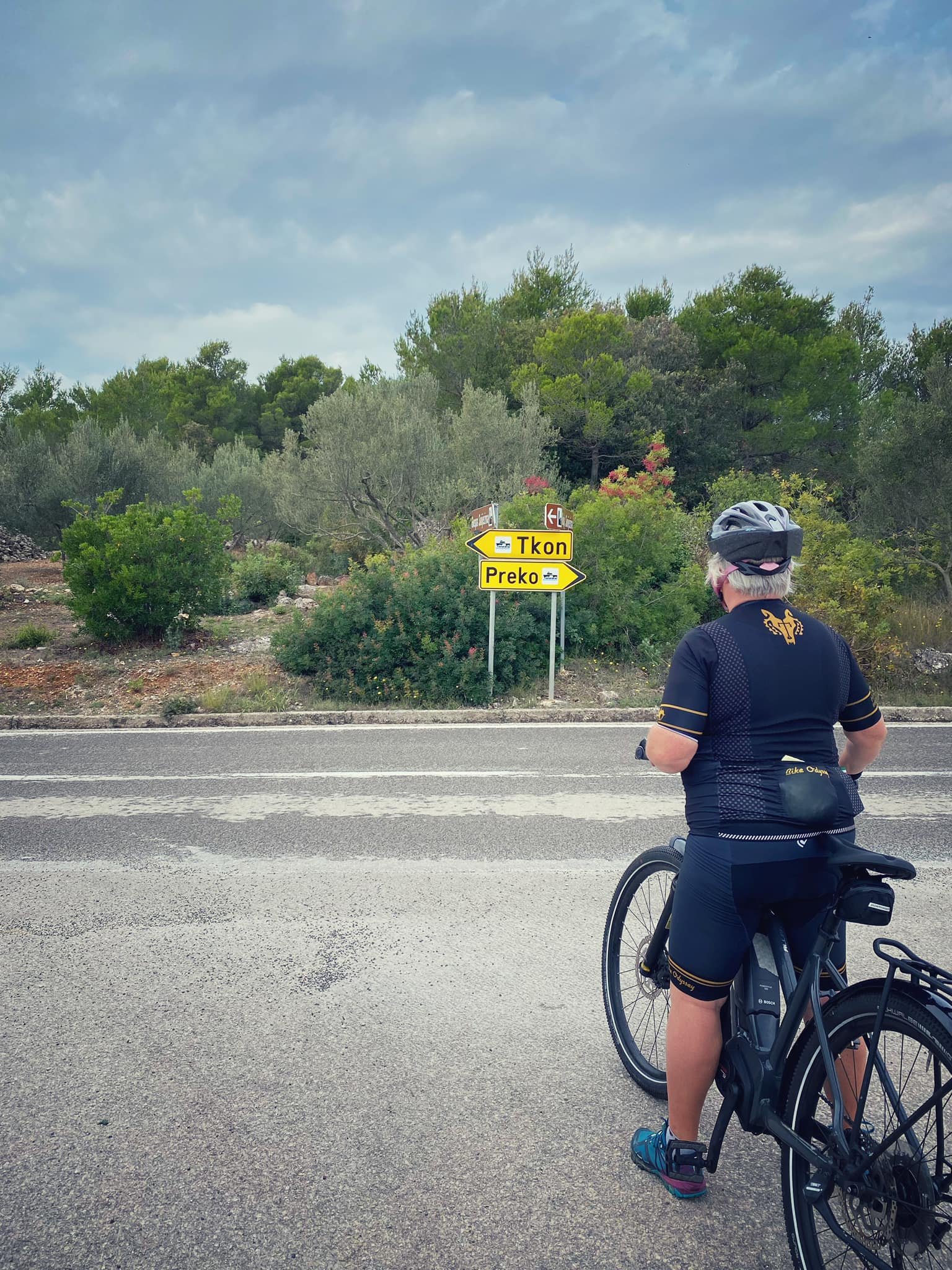
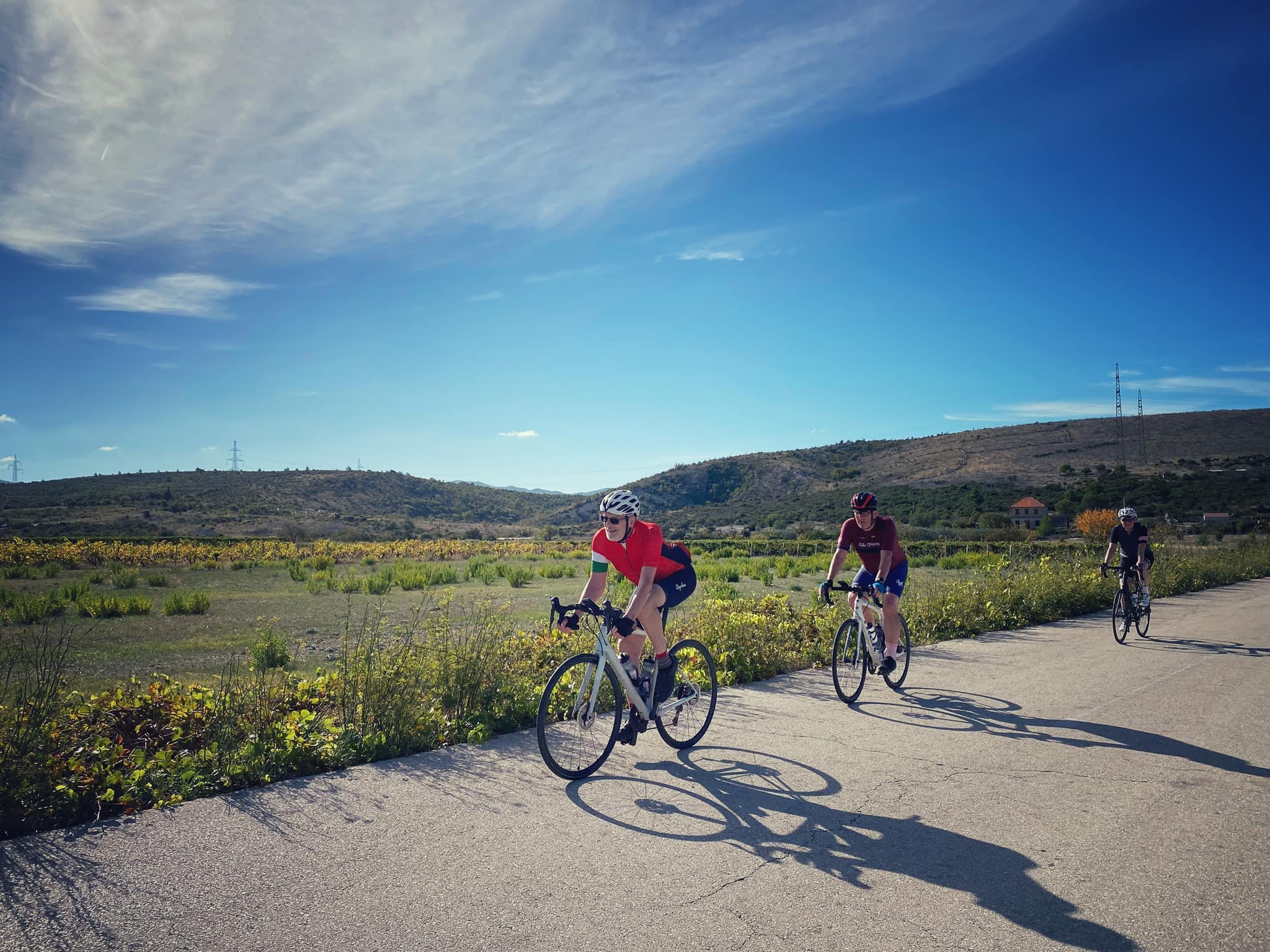
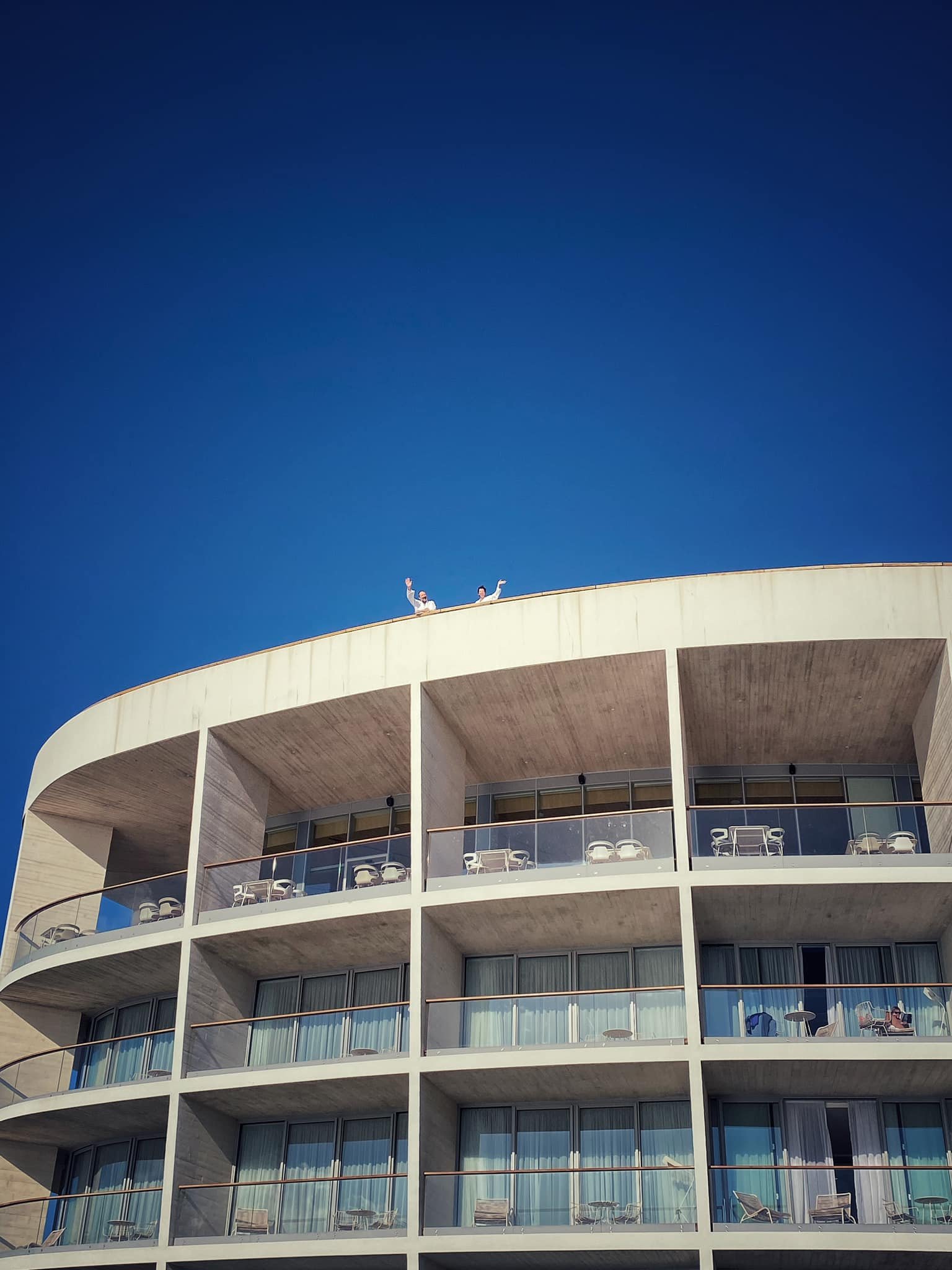
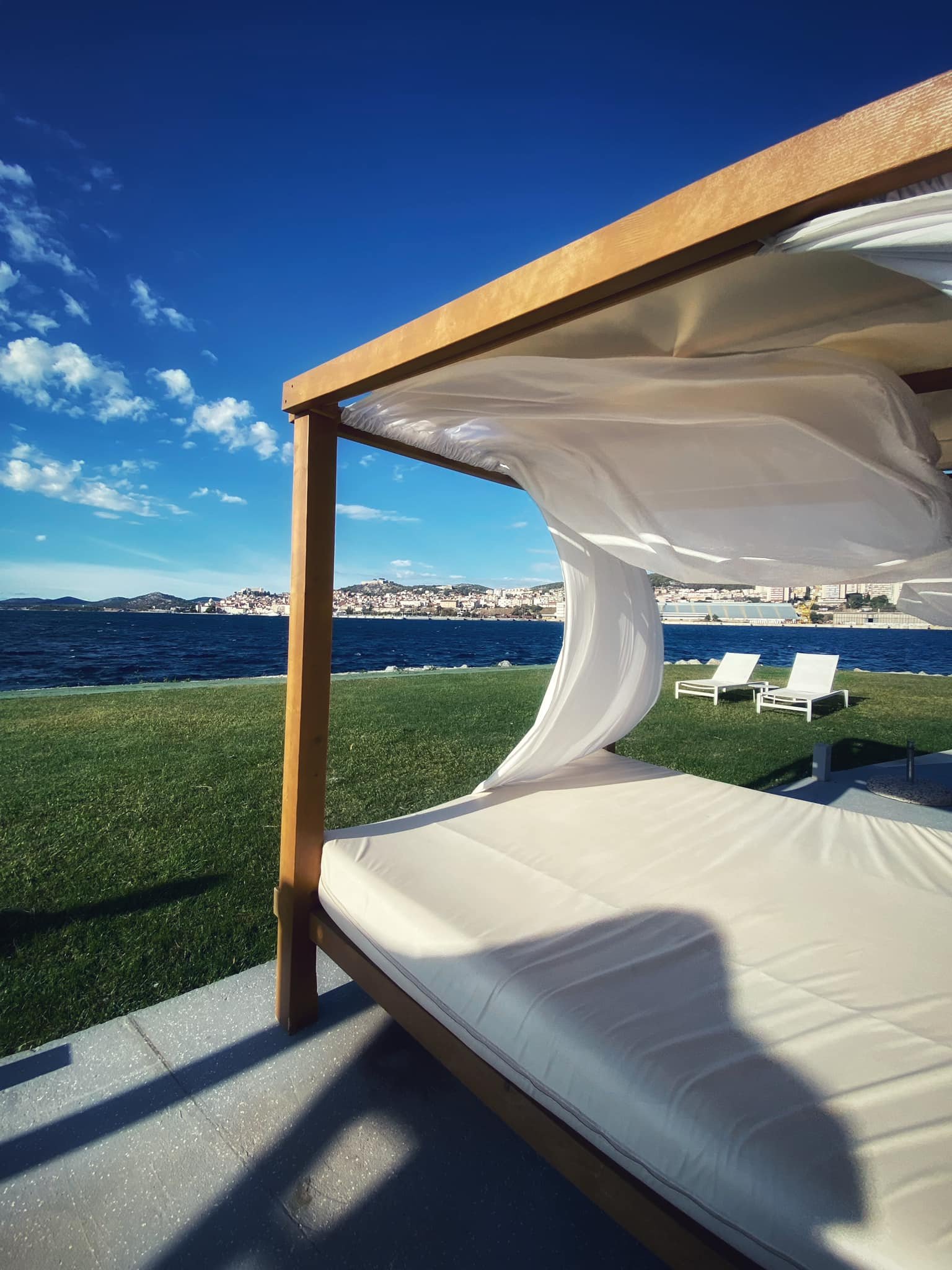
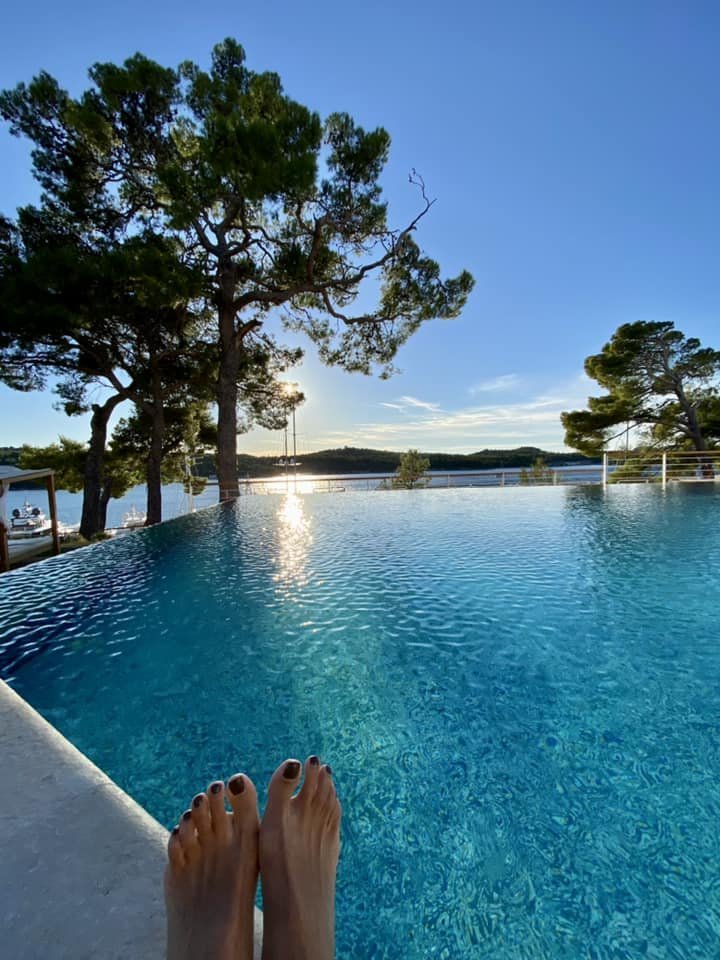
Ferry nice. Zadar to Sibenik, Dalmatian Coast, Croatia. Bike Odyssey
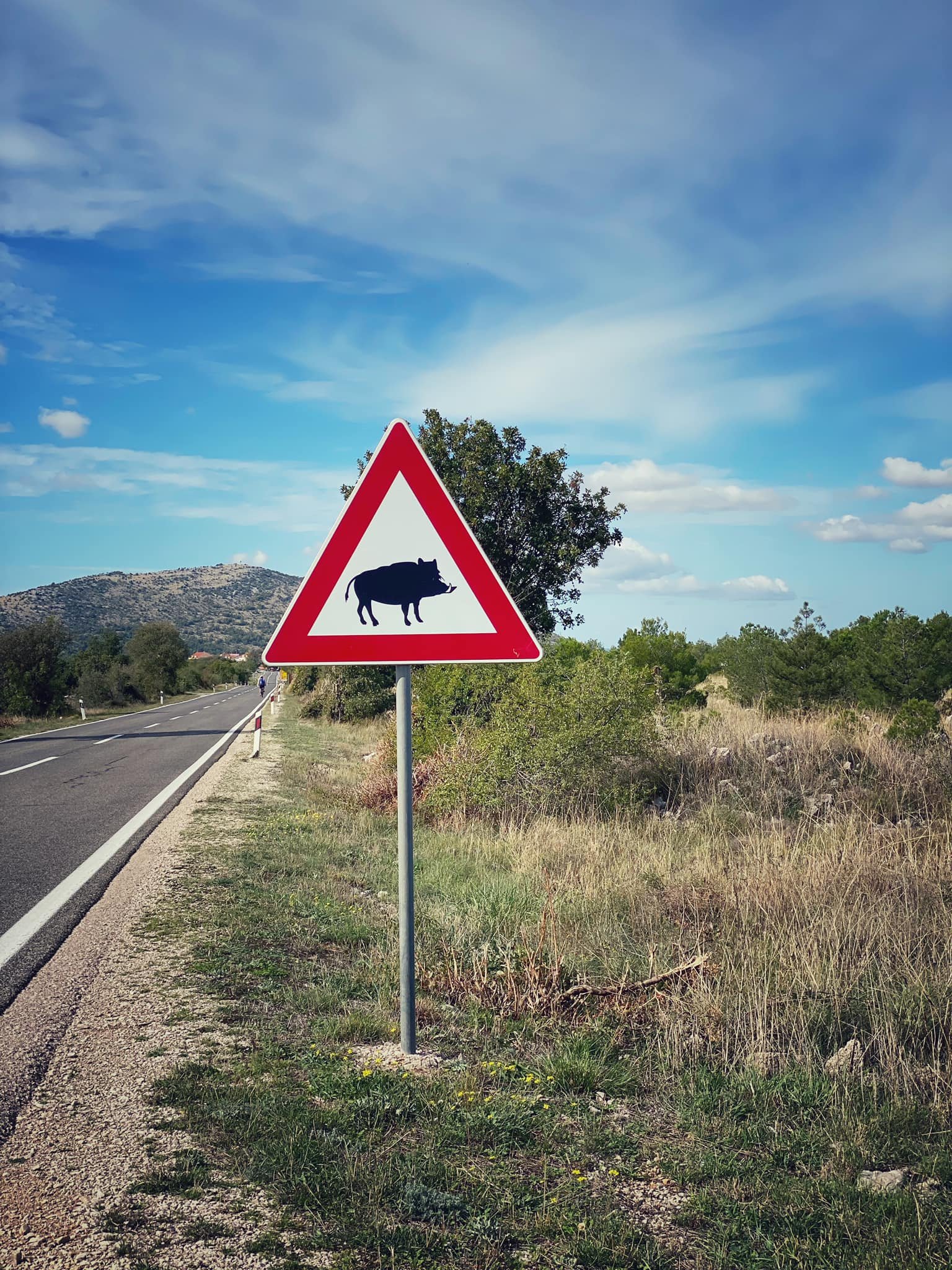
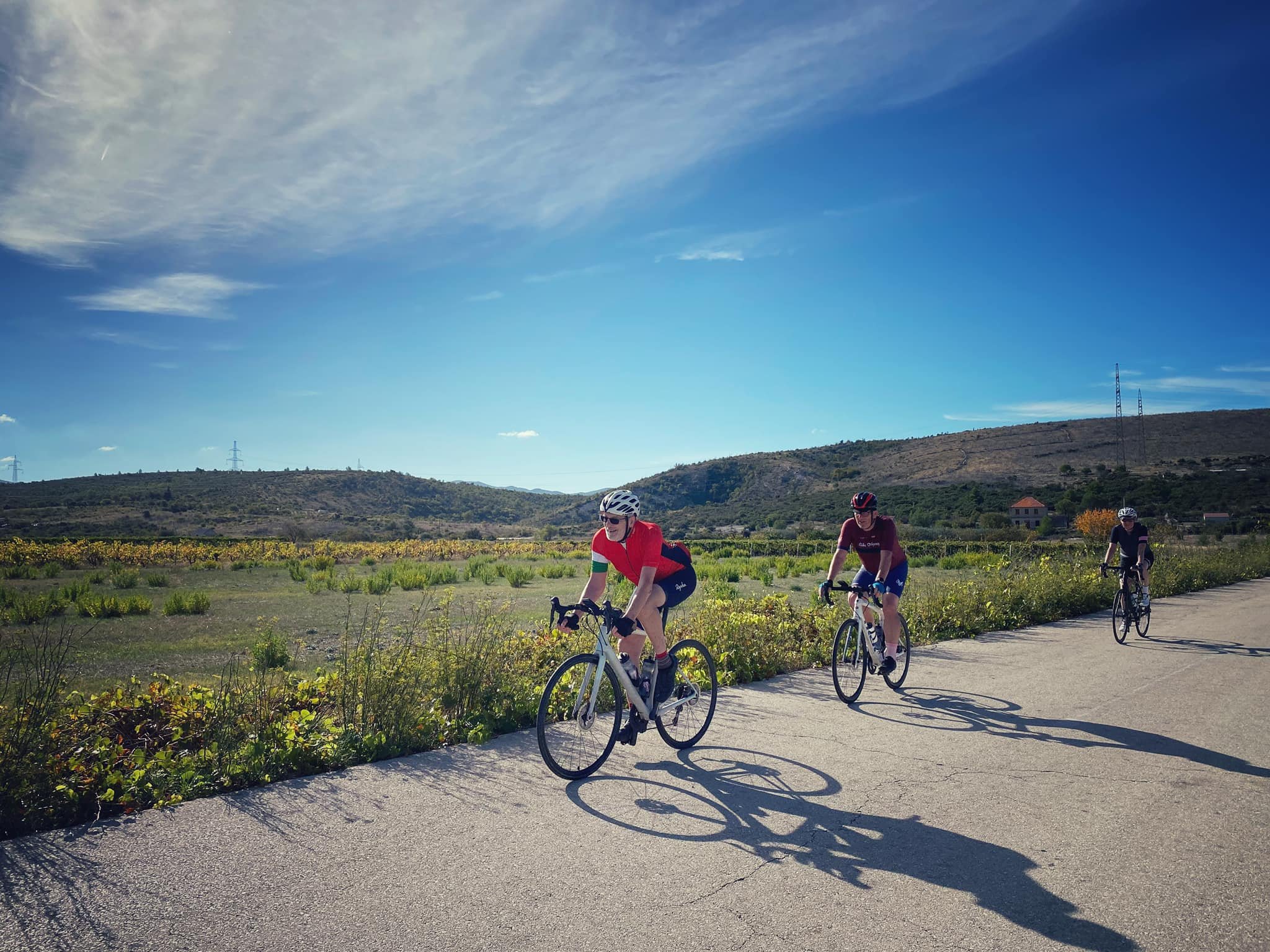
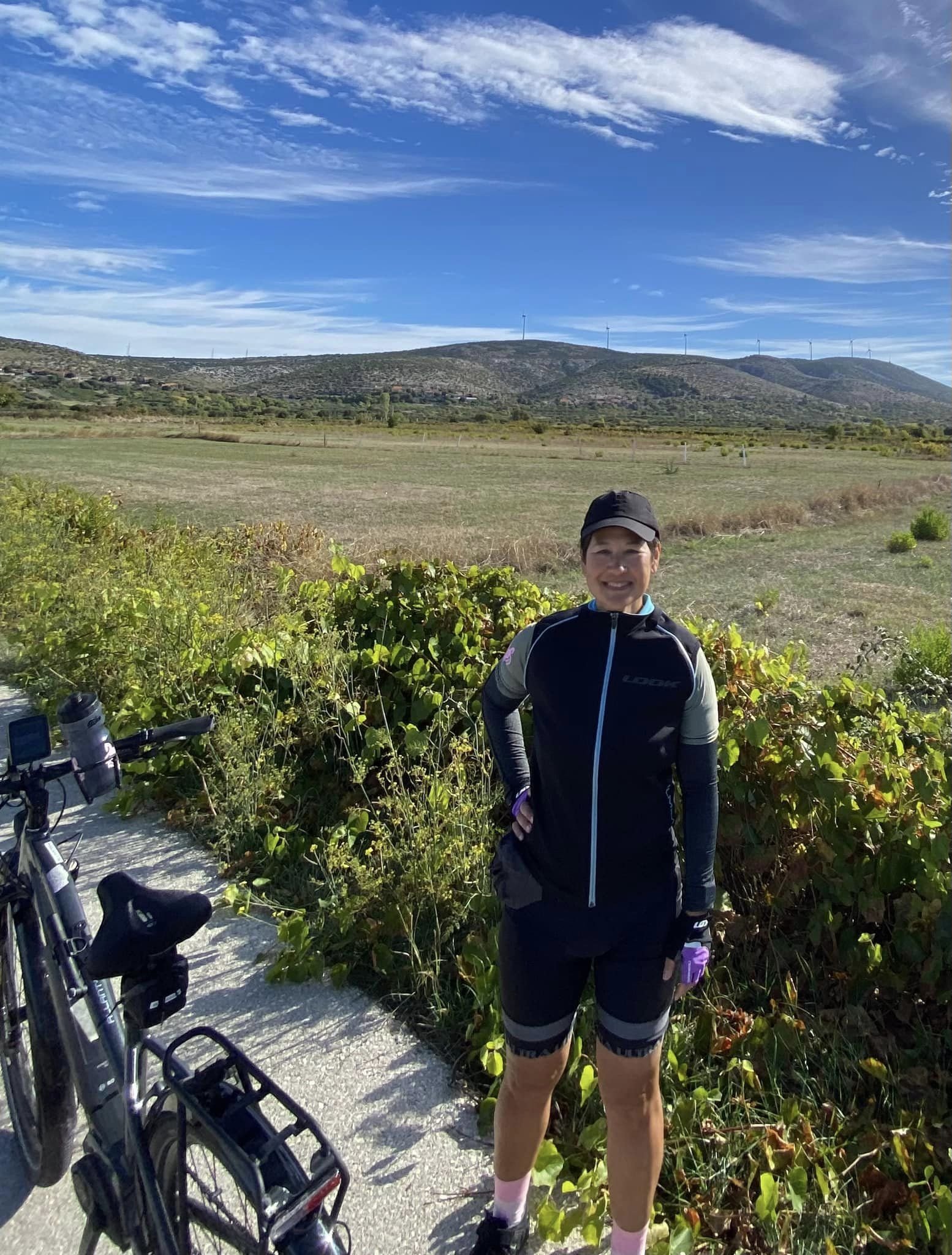

To Krka National Park. Dalmatian Coast, Croatia.
Split screen: People always say how lucky I am to travel all over the world, and, yes! But really I feel more grateful for the friends I have all over this beautiful planet who give life to the places. (If you are reading this, you are one of them.)
How wonderful to reconnect with Vese, an old friend, over coffee, who took time to show me her favorite spots in the historical marvel that is Diocletian’s Palace, and, later, to make a new friend, Nives, in the same area.
It is indeed a small world and we are all connected. Split, Croatia.
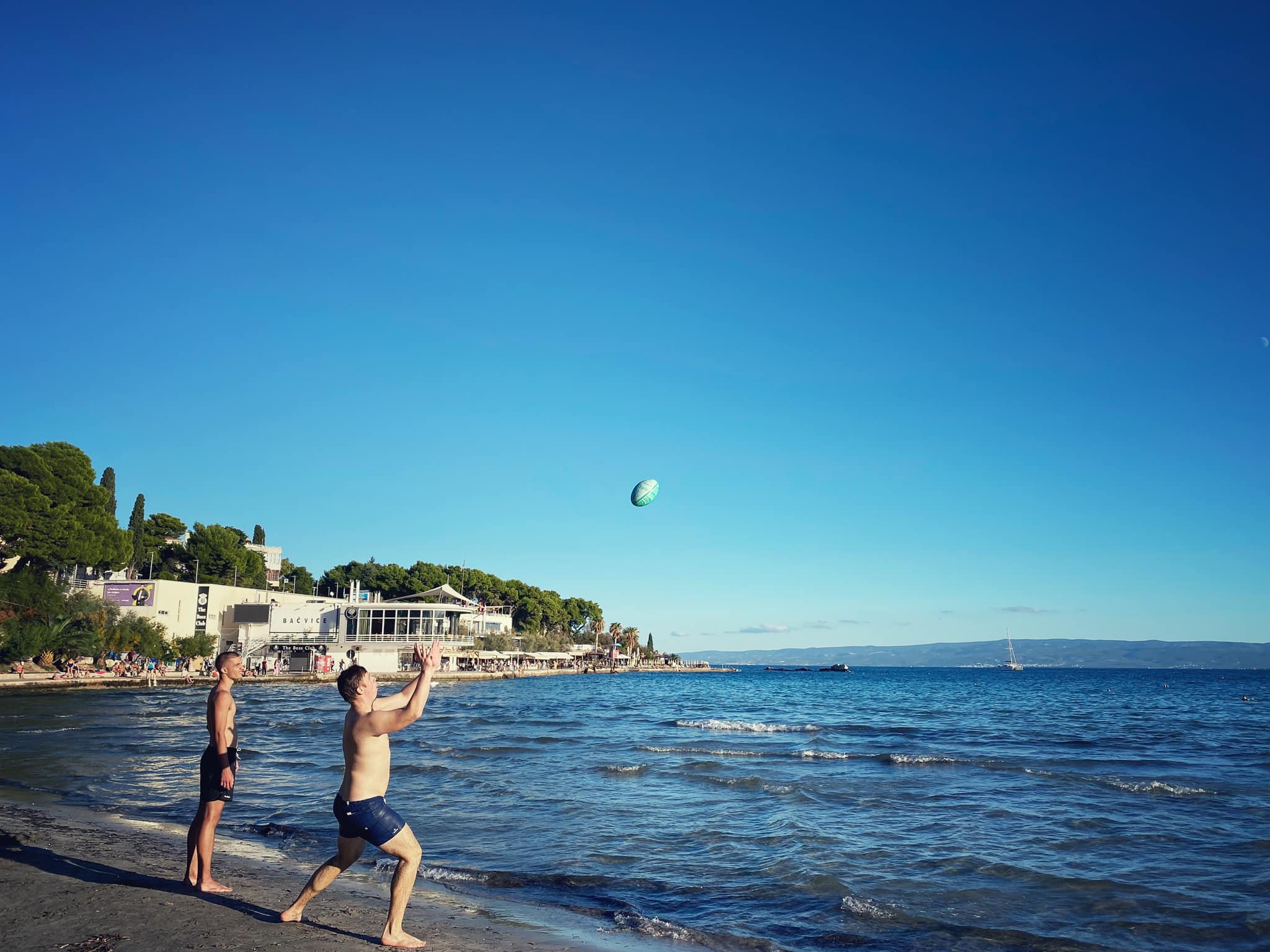

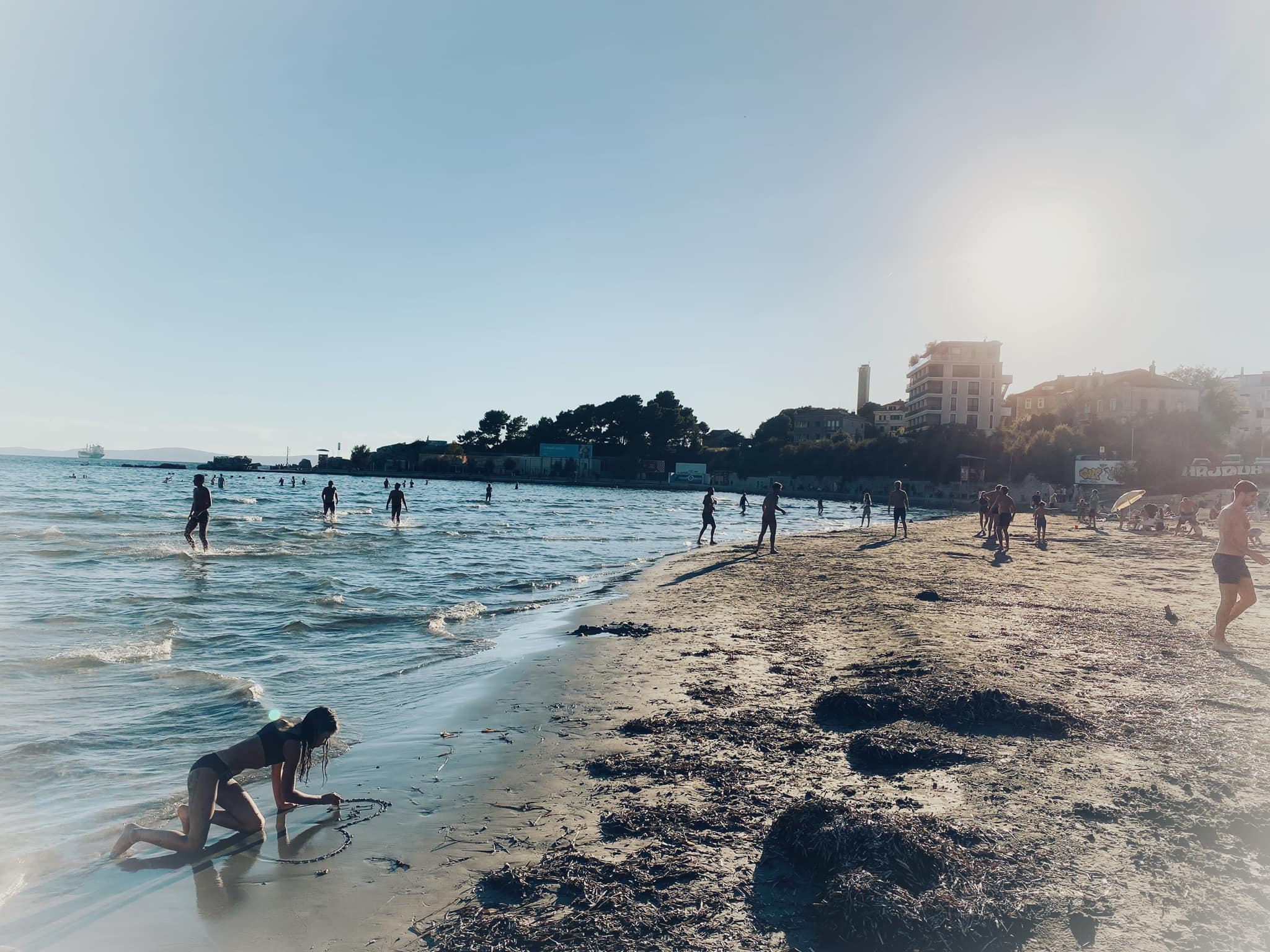
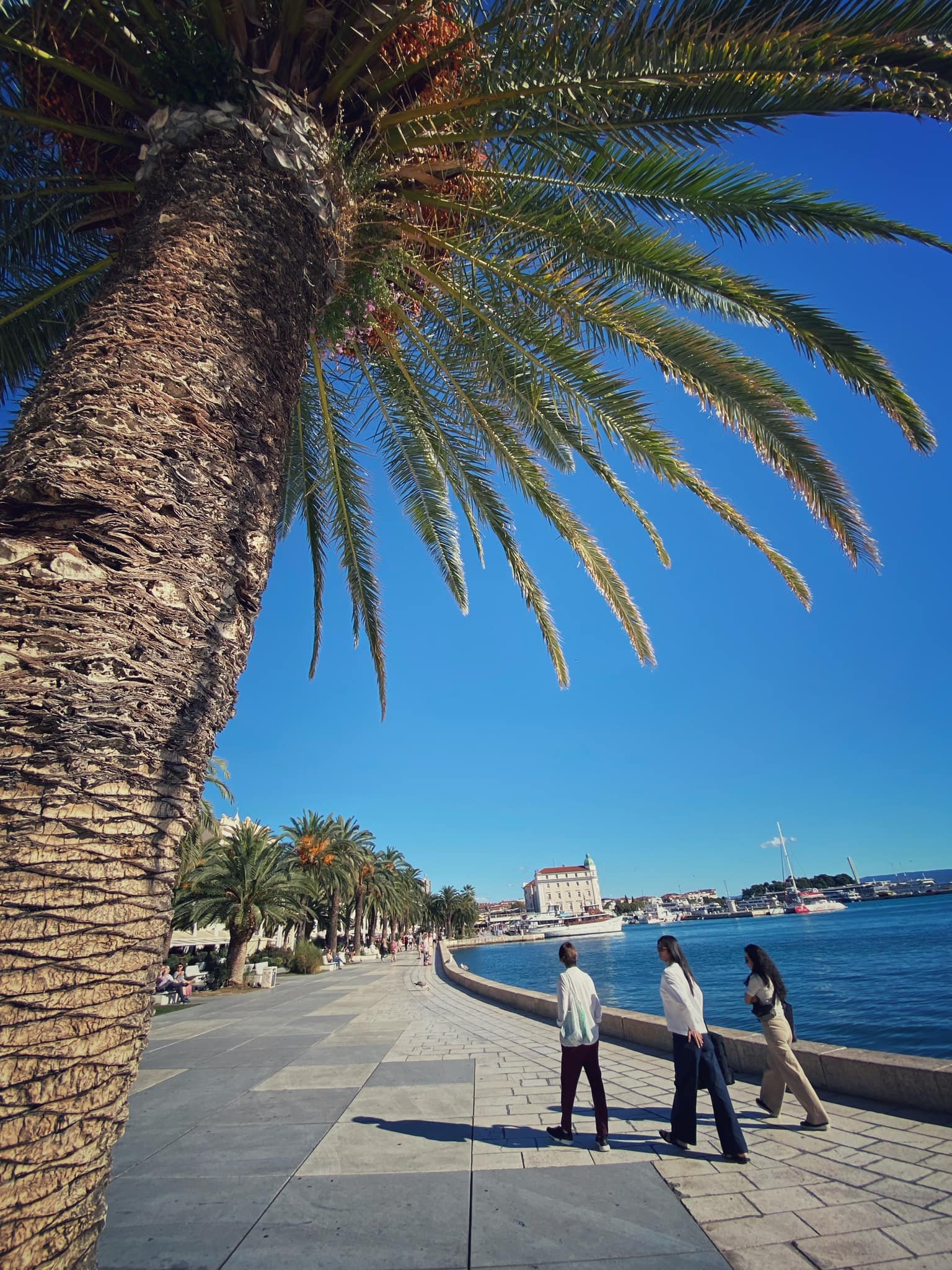
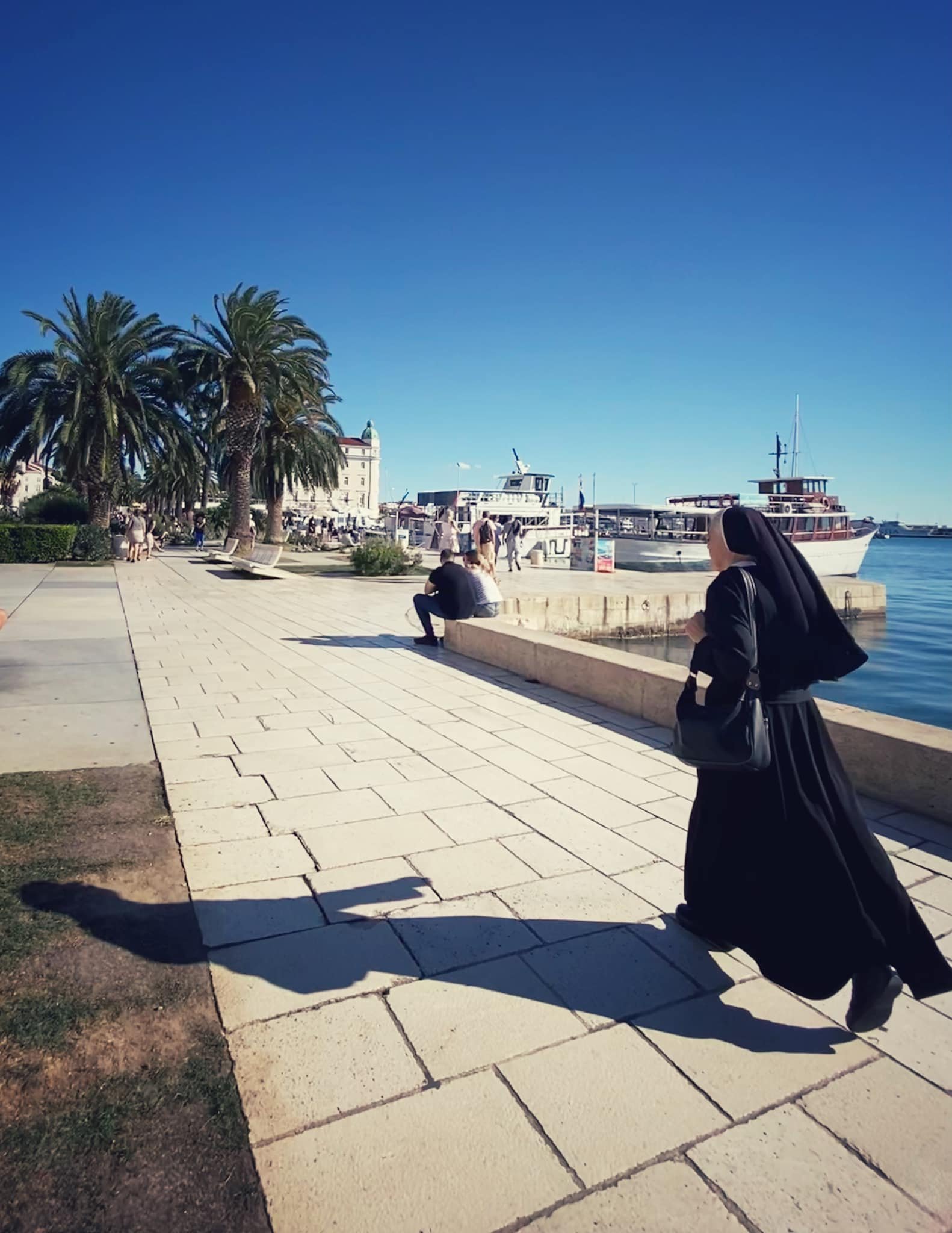

Split, set on the sparkling waters of the Adriatic, was founded as a Greek colony and has seen a succession of invaders, from Romans to Venetians to Ottomans to French, and more. Summer tourists have been the most recent invaders, but in the fall and winter the city reverts to its residents. Dalmatian Coast, Croatia.
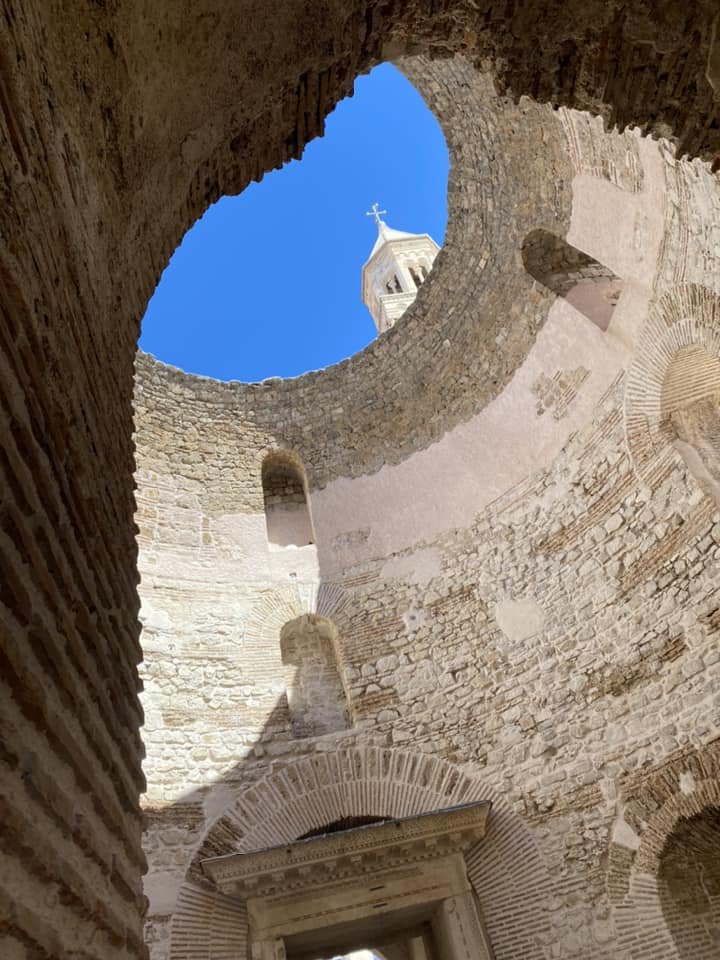
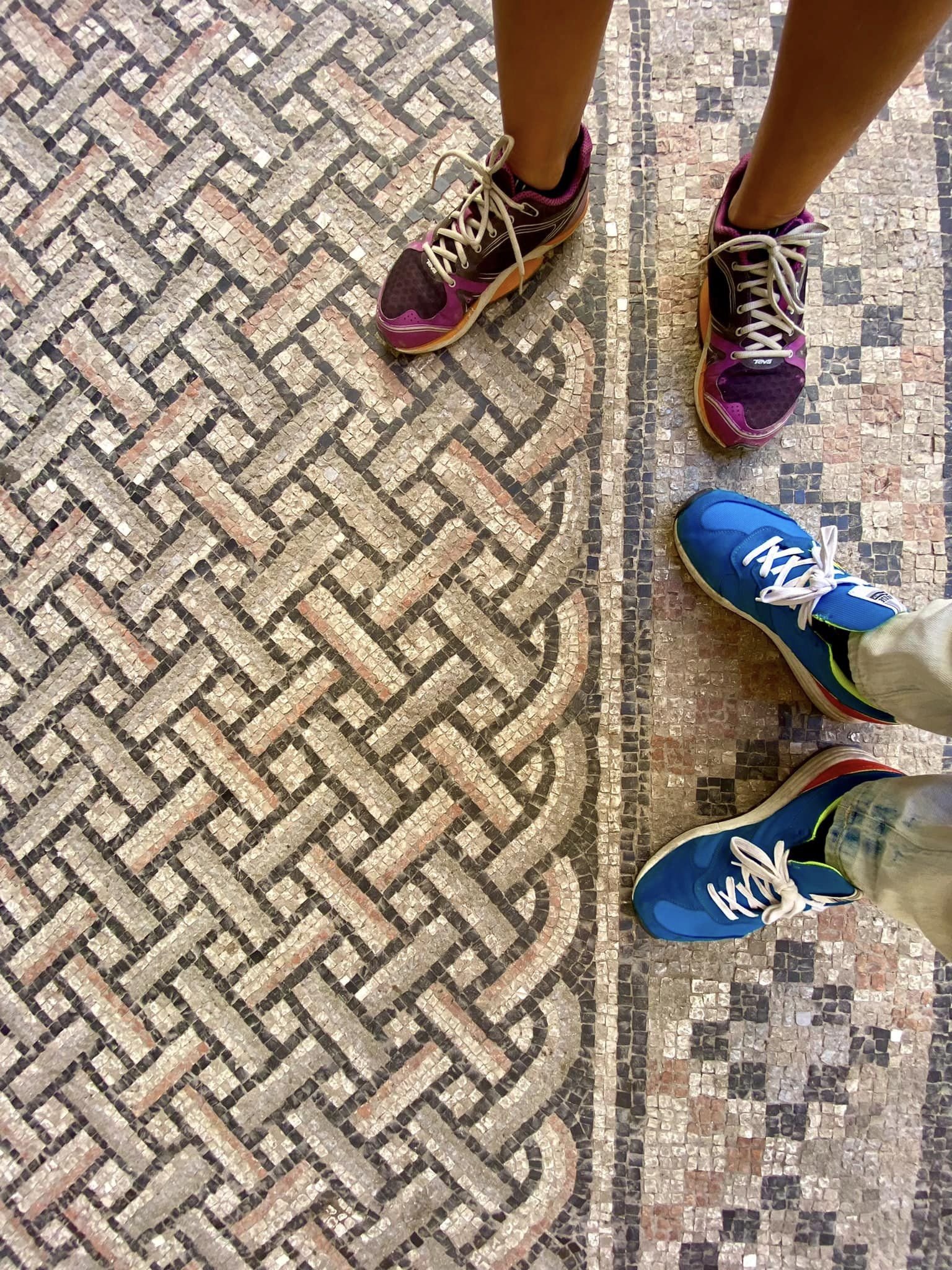
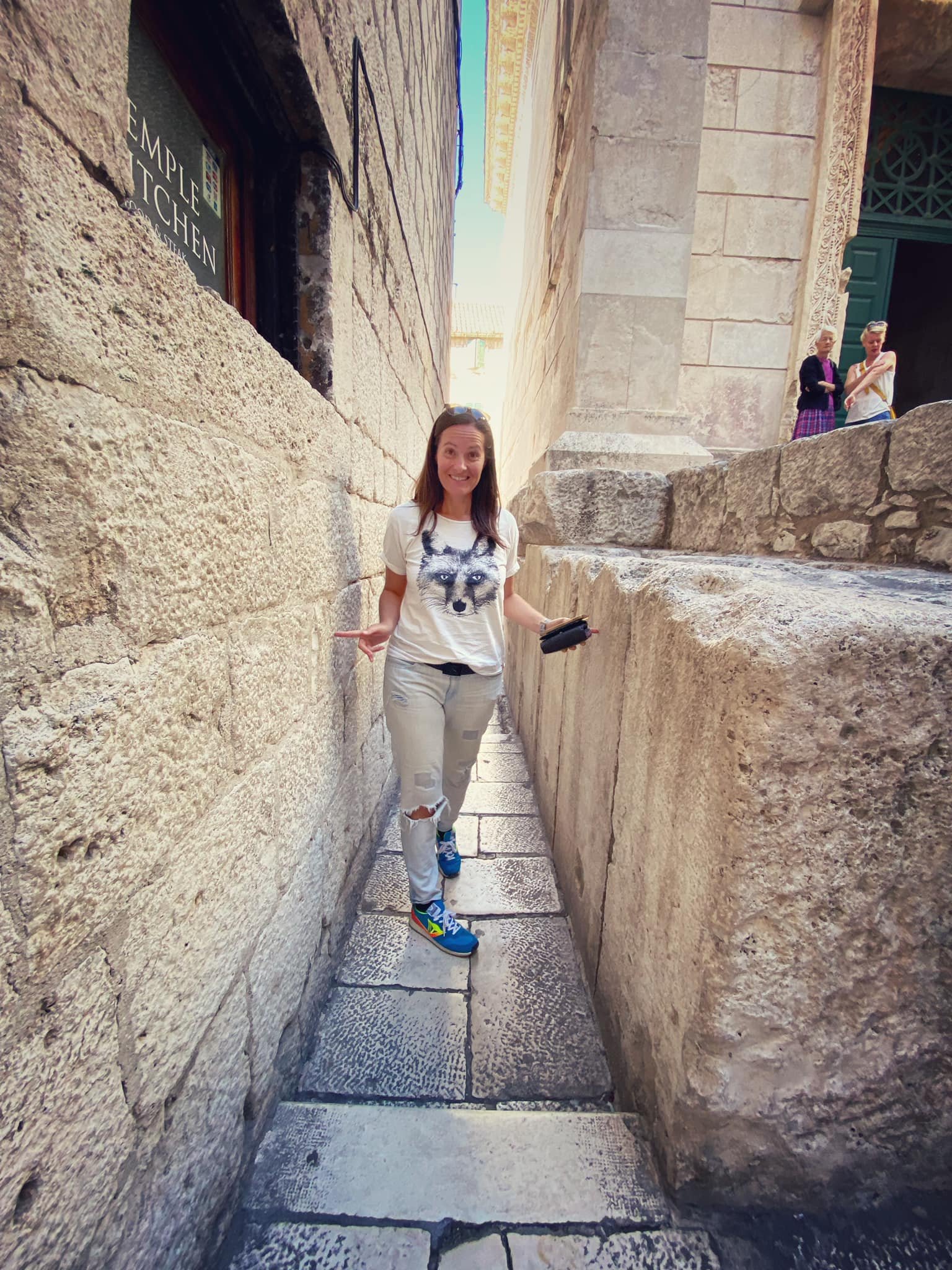
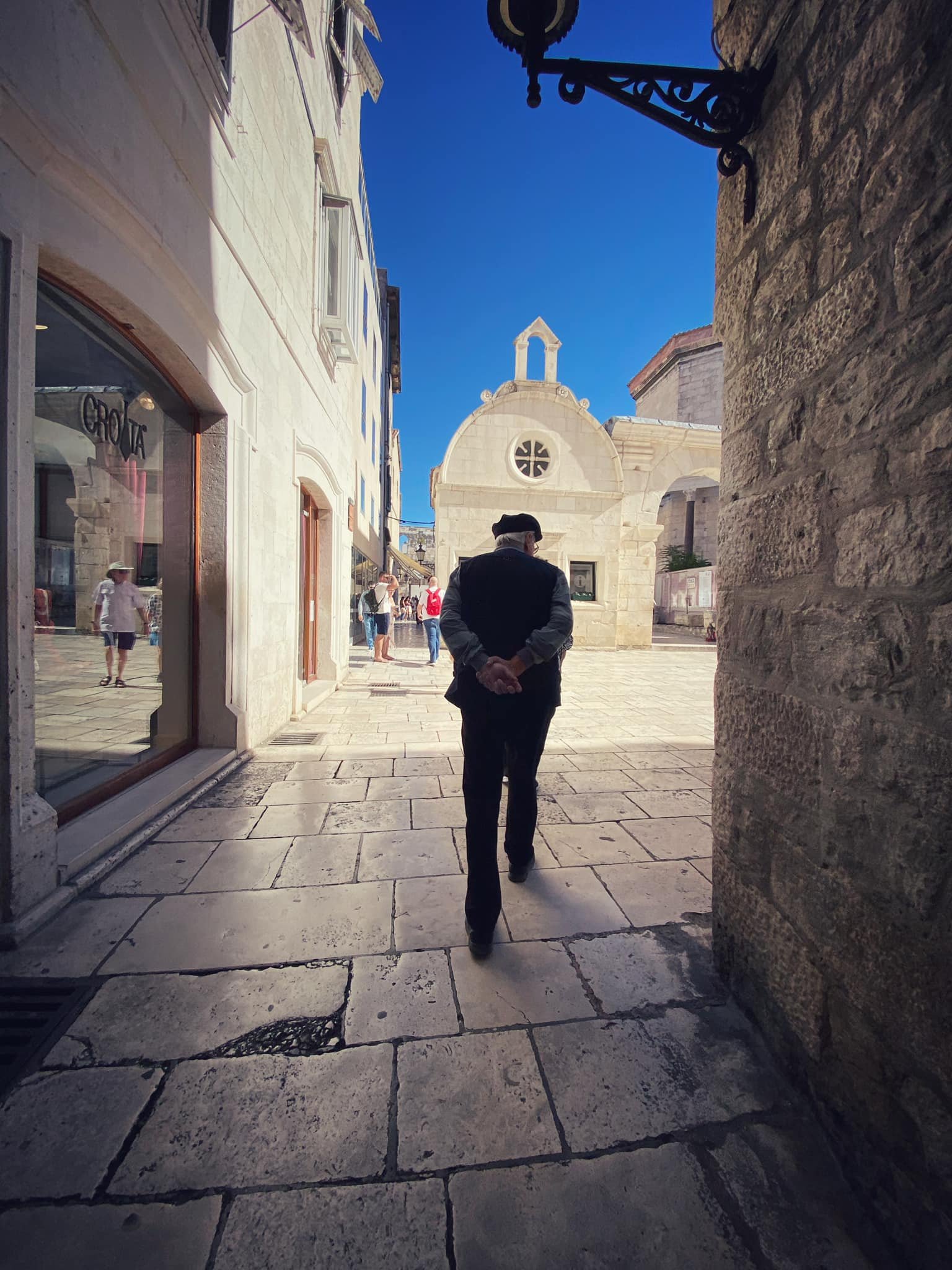
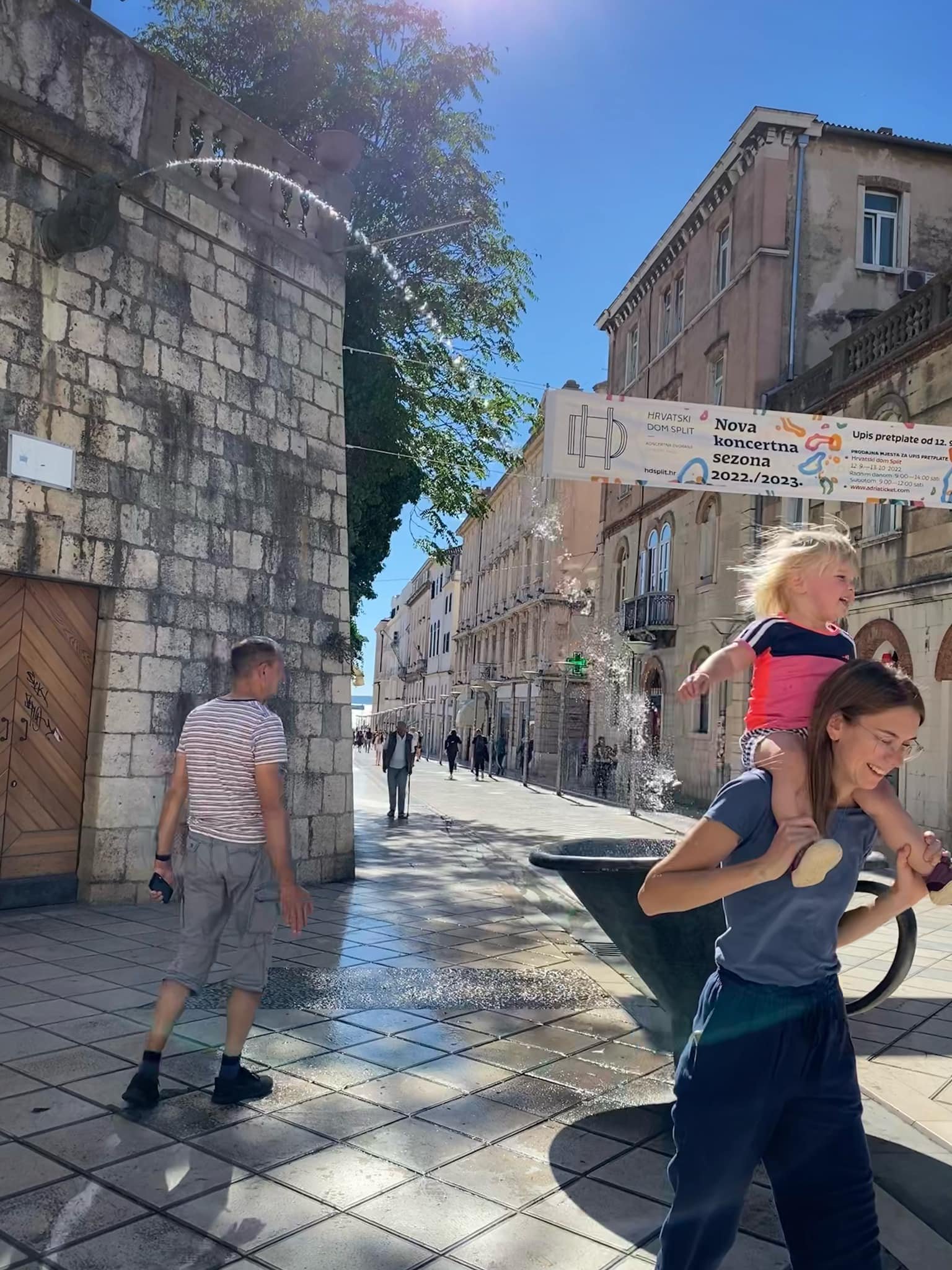
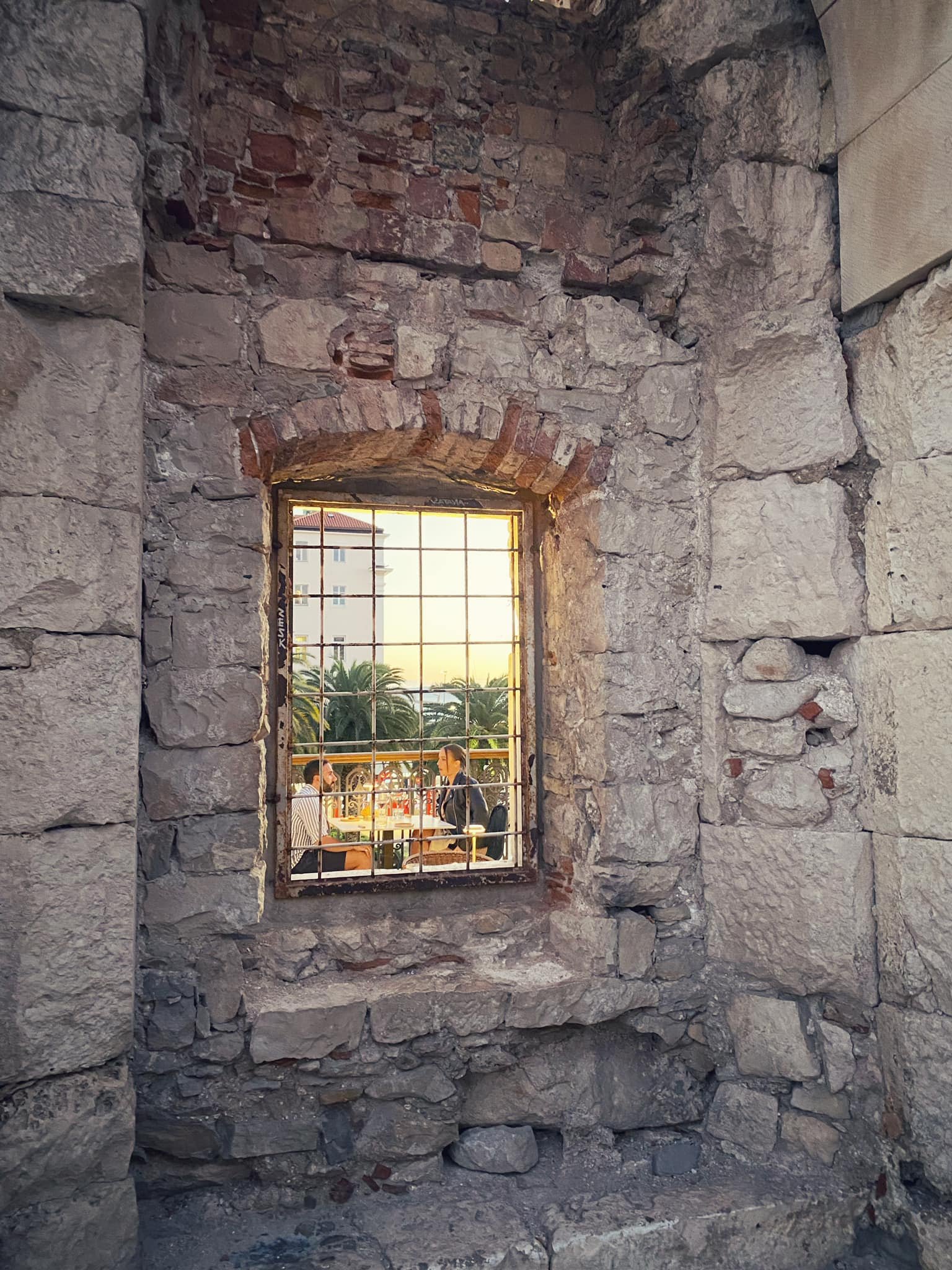
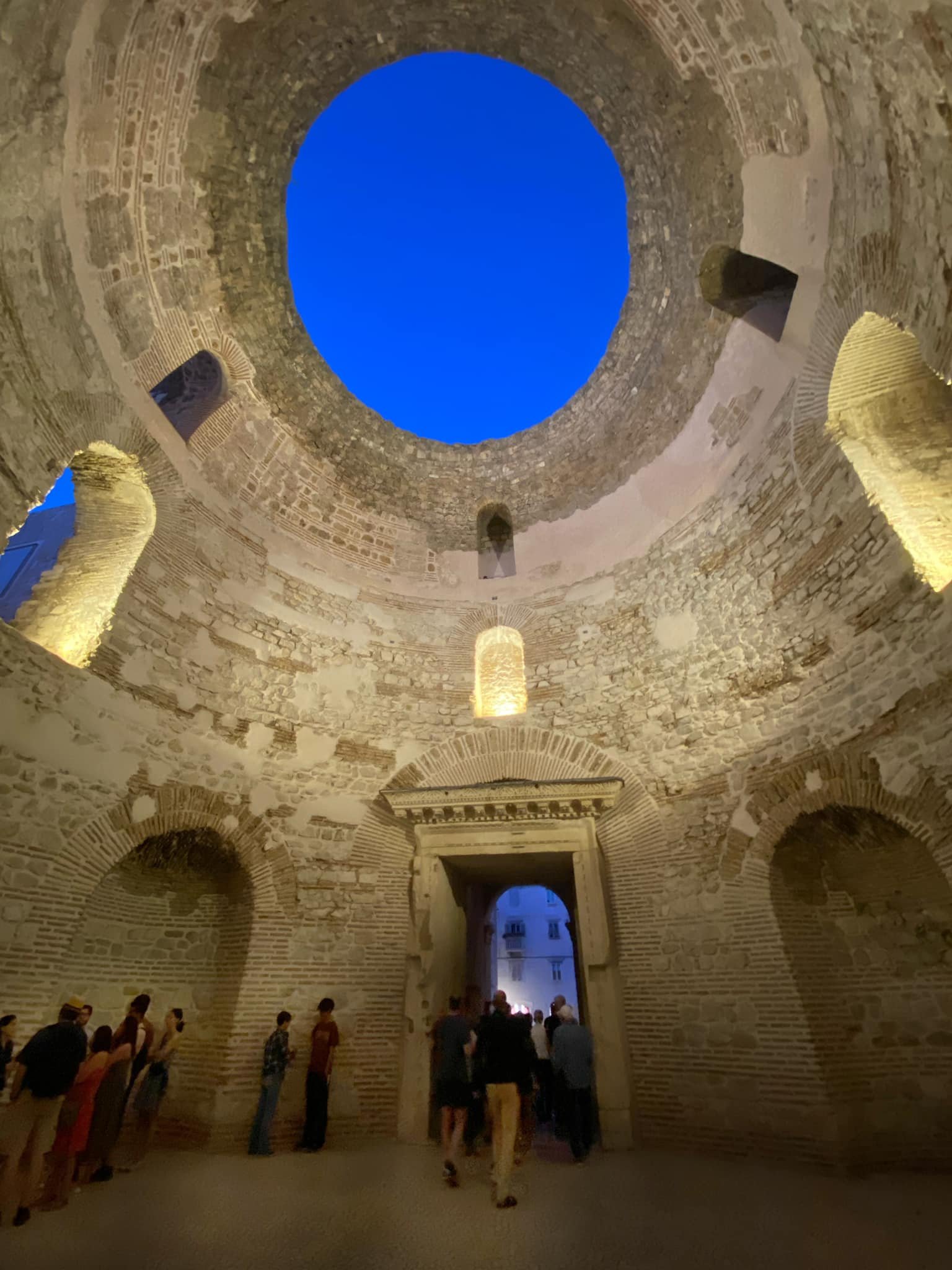
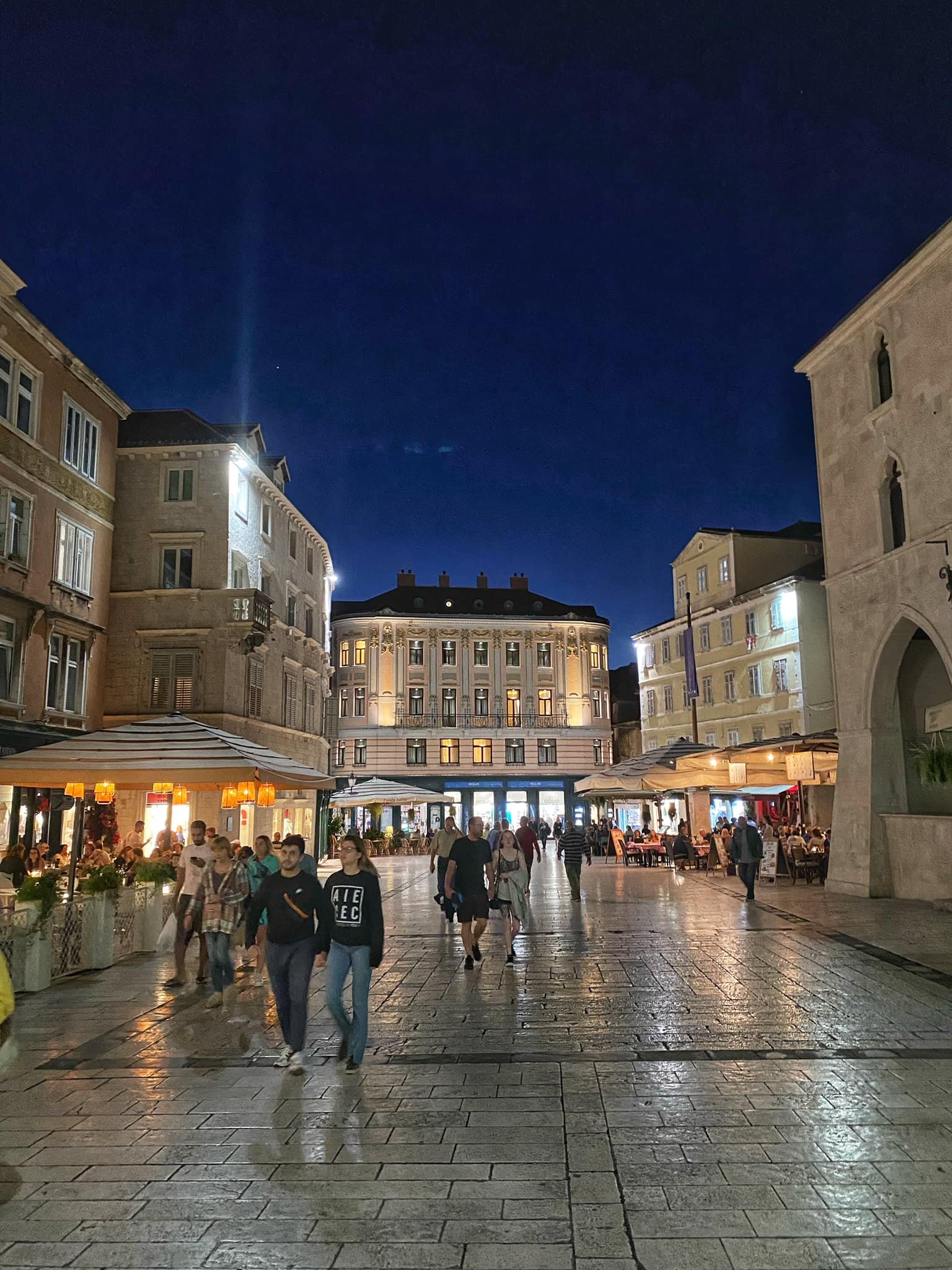
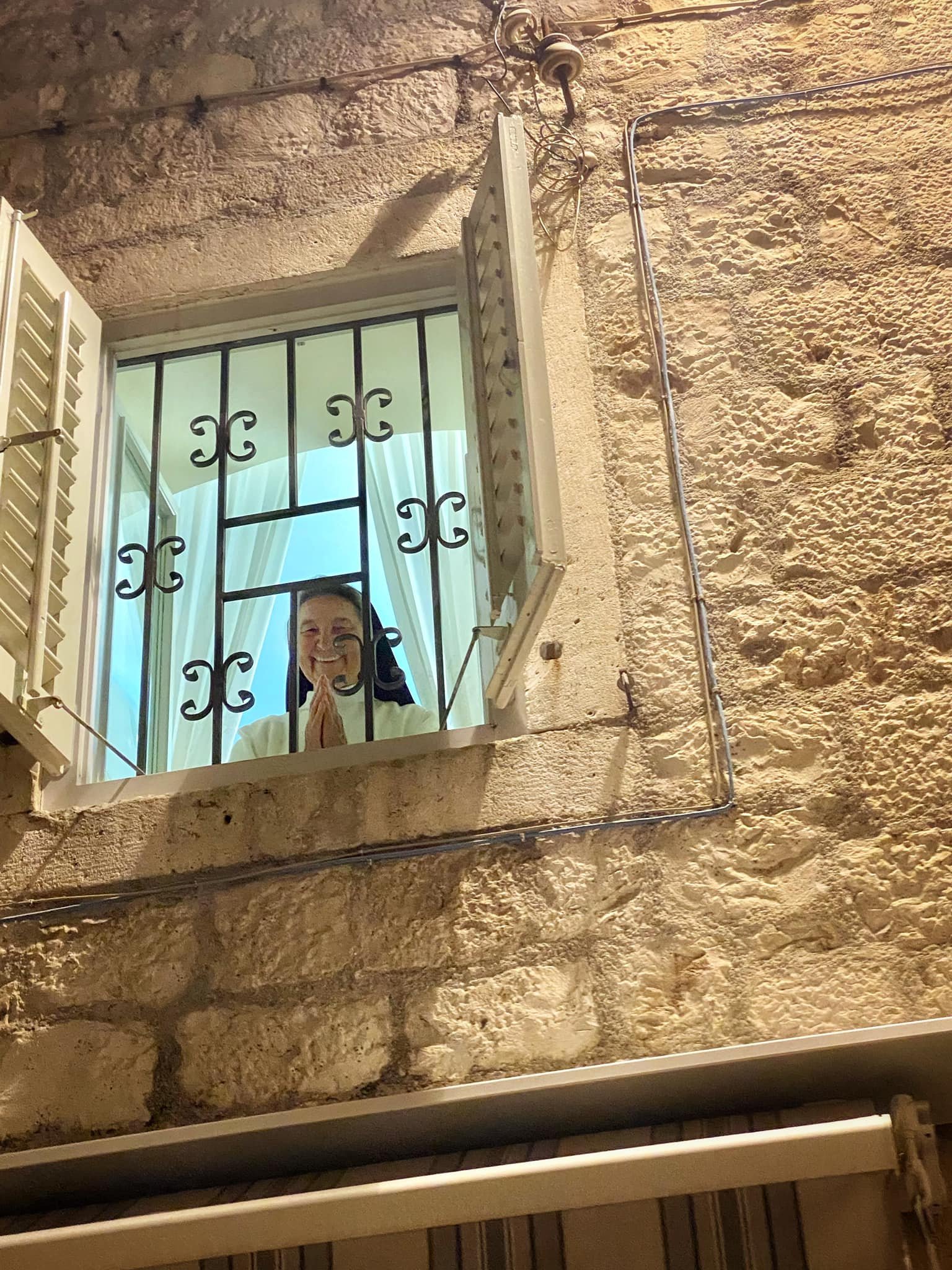
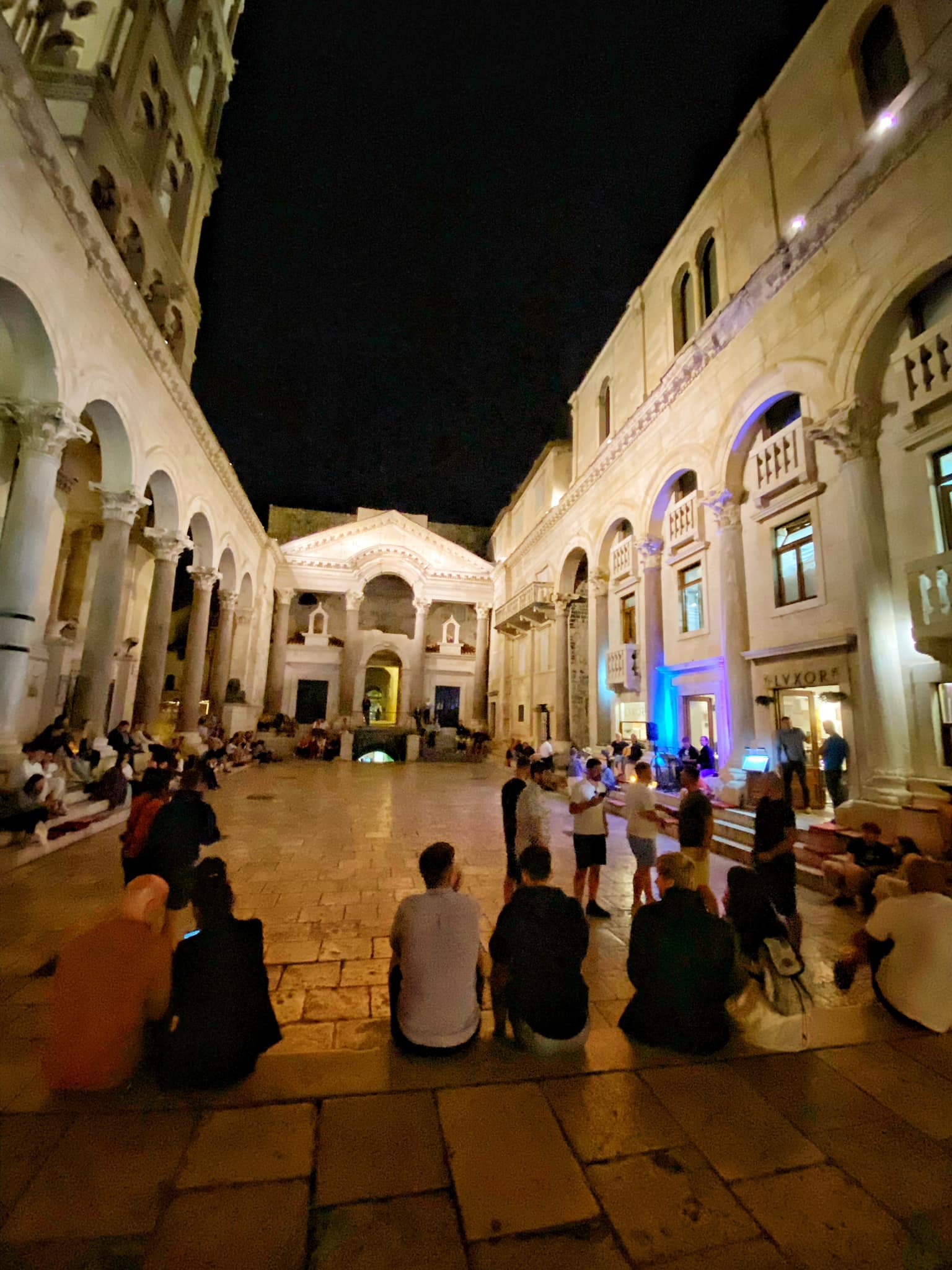
It’s hard to express visually how magical Diocletian’s Palace is. Built by the Roman emperor Diocletian as his retirement residence at the turn of the fourth century CE, the massive complex has been repurposed by succeeding occupiers and residents over the intervening centuries, so the result is a hodgepodge of often inelegant styles. In the late 20th century, the whole expansive complex was recognized for the cultural treasure it was, and in 1979, UNESCO declared it a world heritage site.
What’s so magical is that the history of two millennia is writ on a pastiche of repurposed palace limestone to construct houses and stores for people who have come and gone but left their mark. As friend and local Nives said, “Unlike in other cultural sites where you all you see is ruins, this is a living place that has been continuously inhabited, each generation layering its culture onto the last, taking and repurposing whatever material they could find.” Split, Croatia.

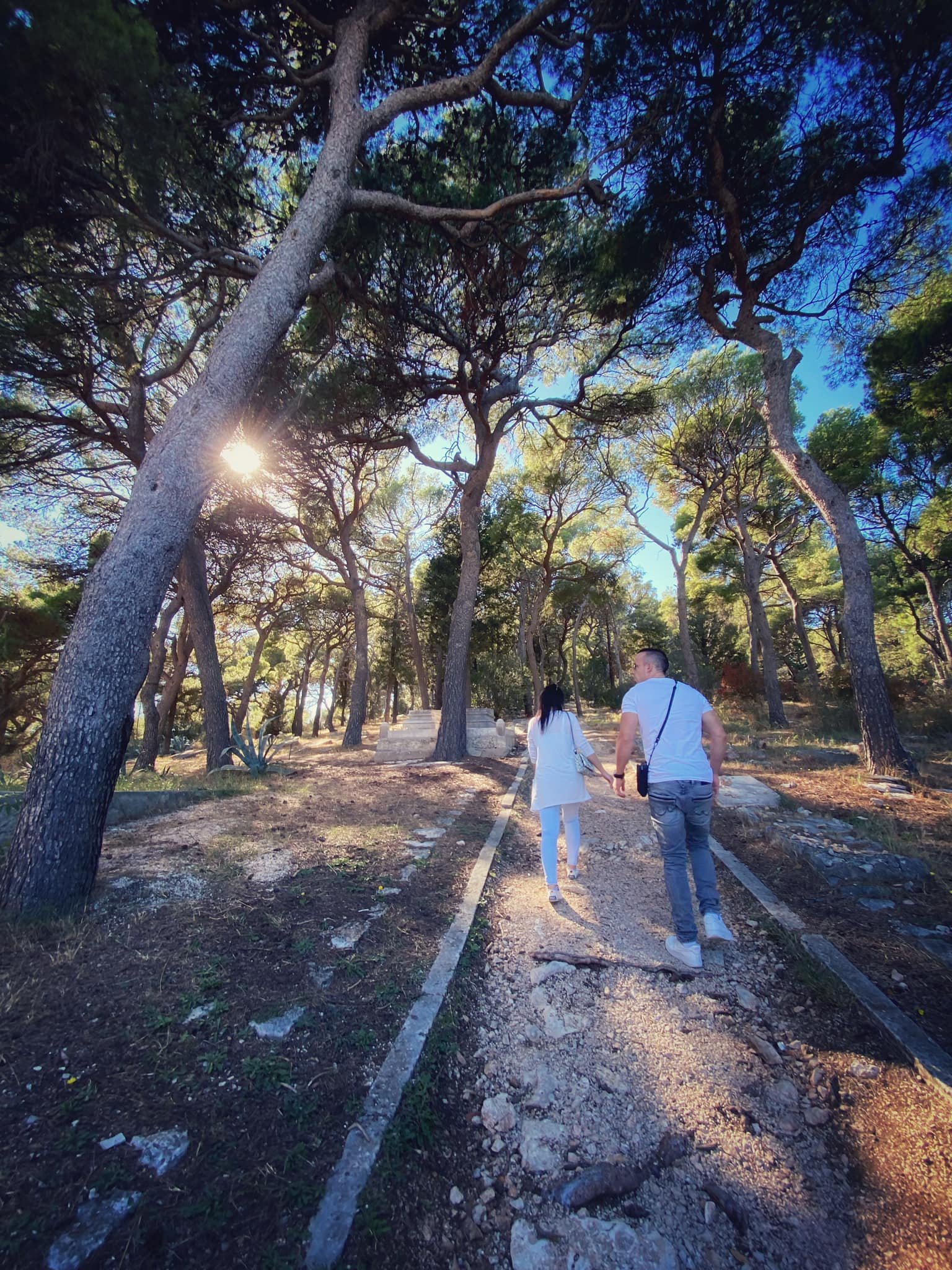
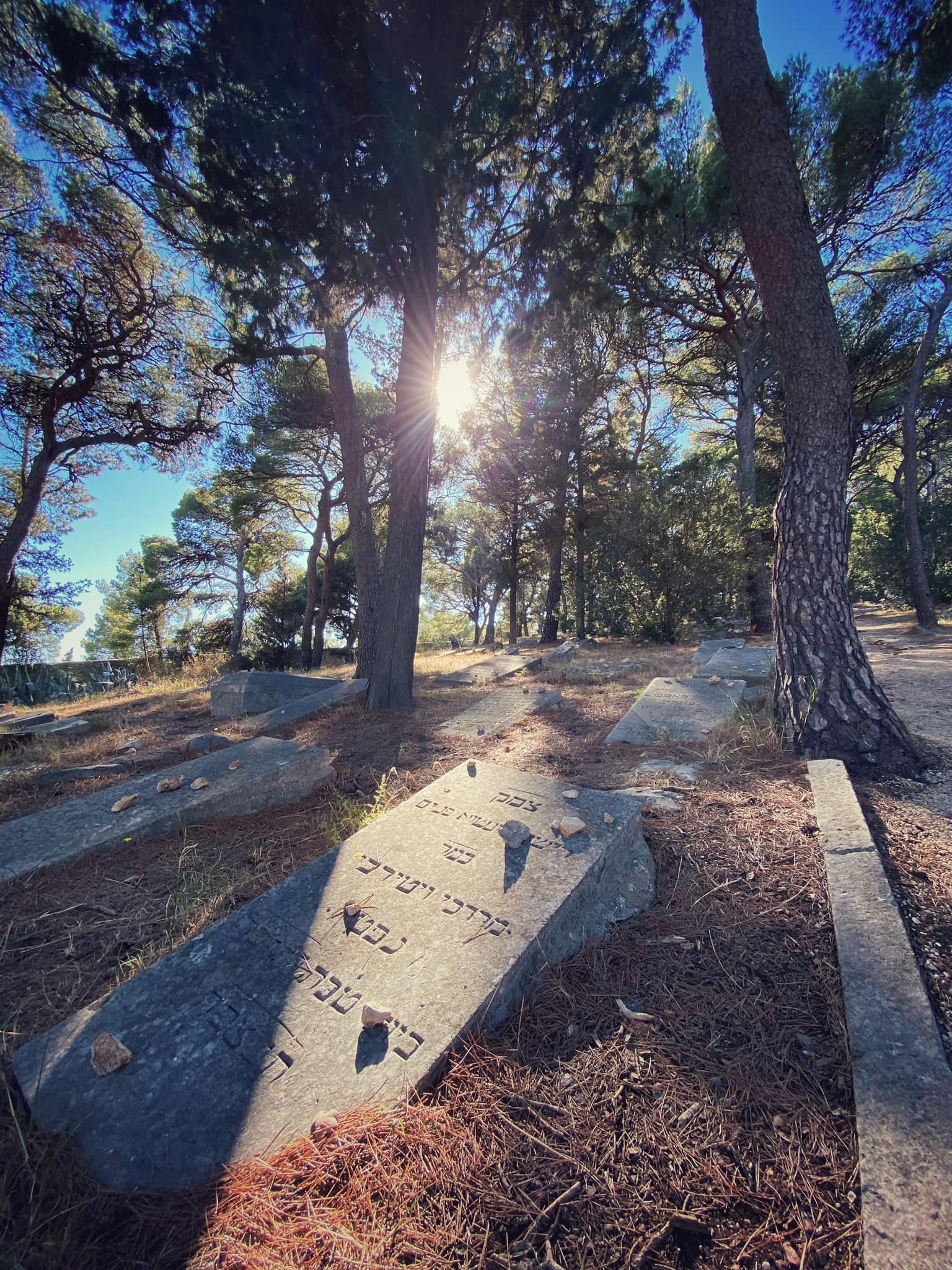

A lovely walk up to the piney woods overlooking the city. Marjan Forest Park has marvelous seaside views and an old Jewish cemetery. Split, Croatia.

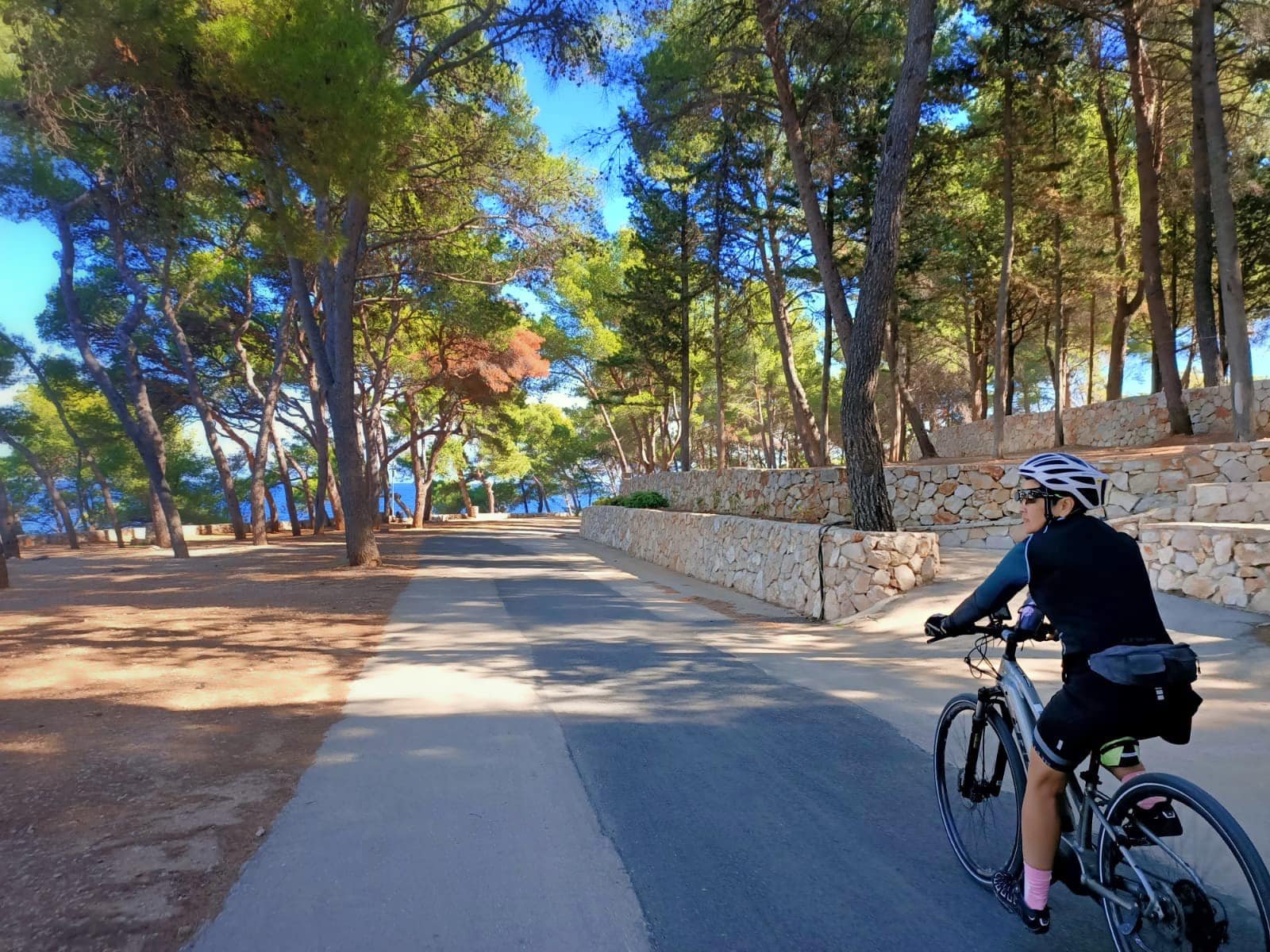
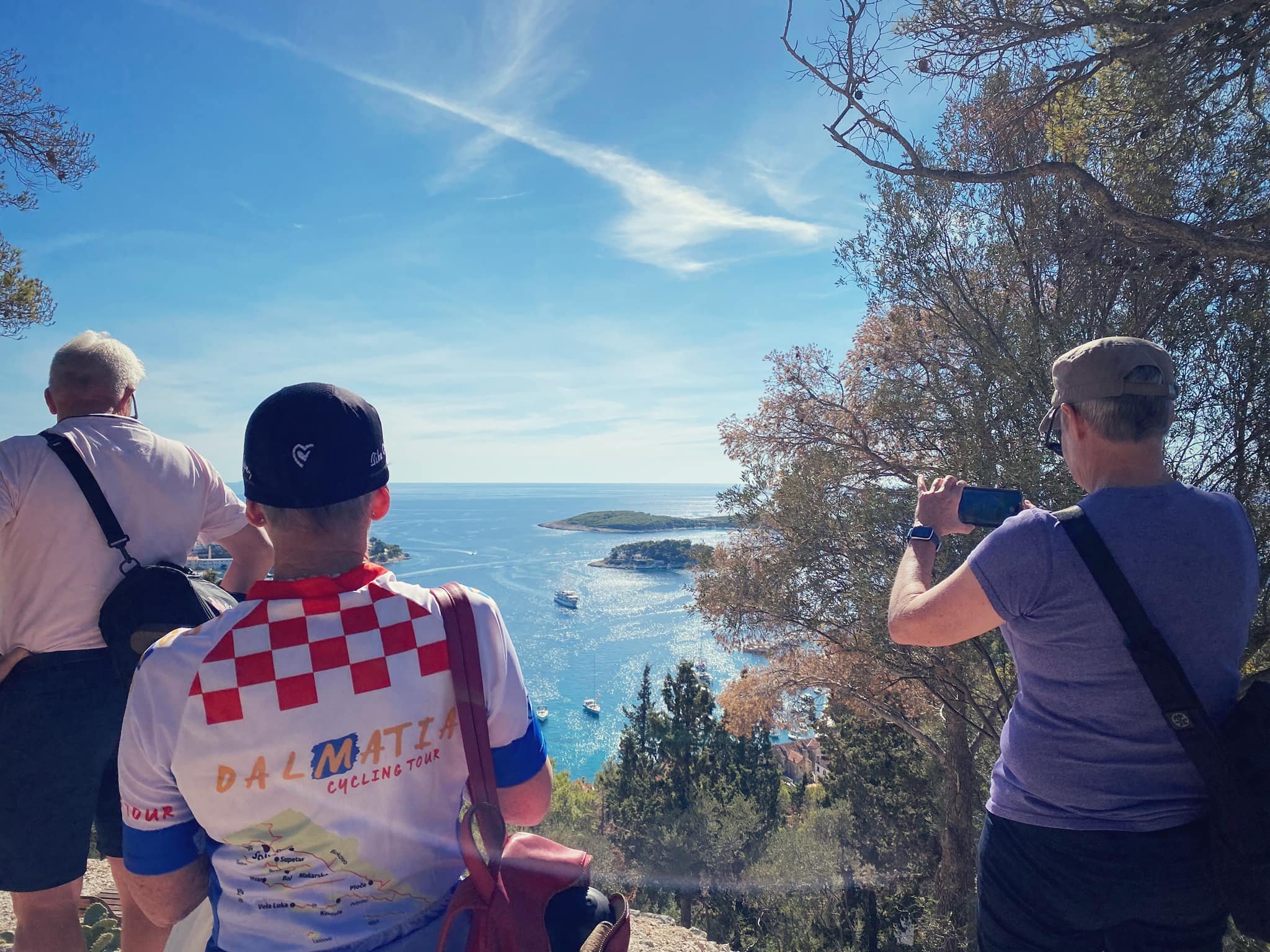
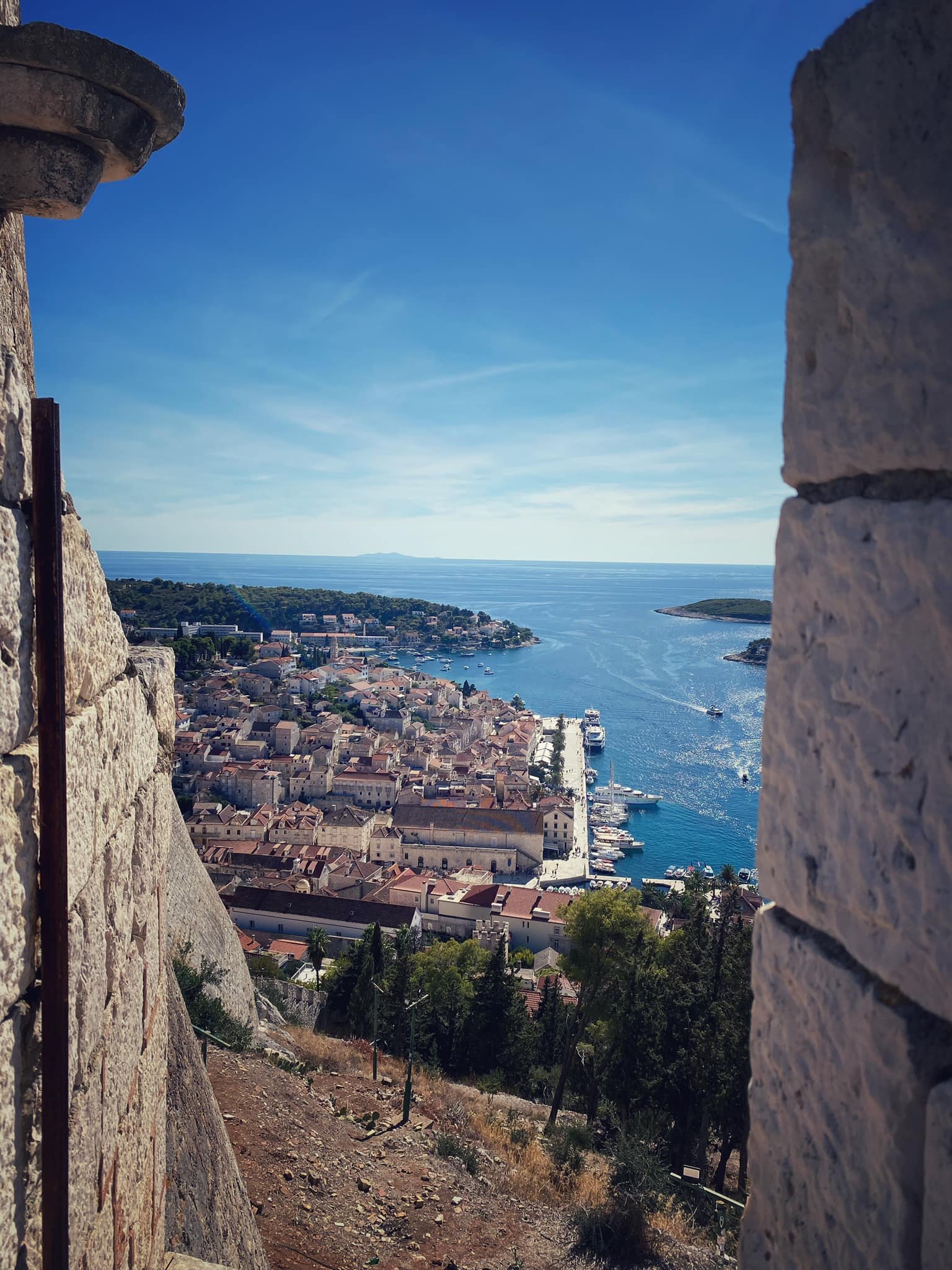
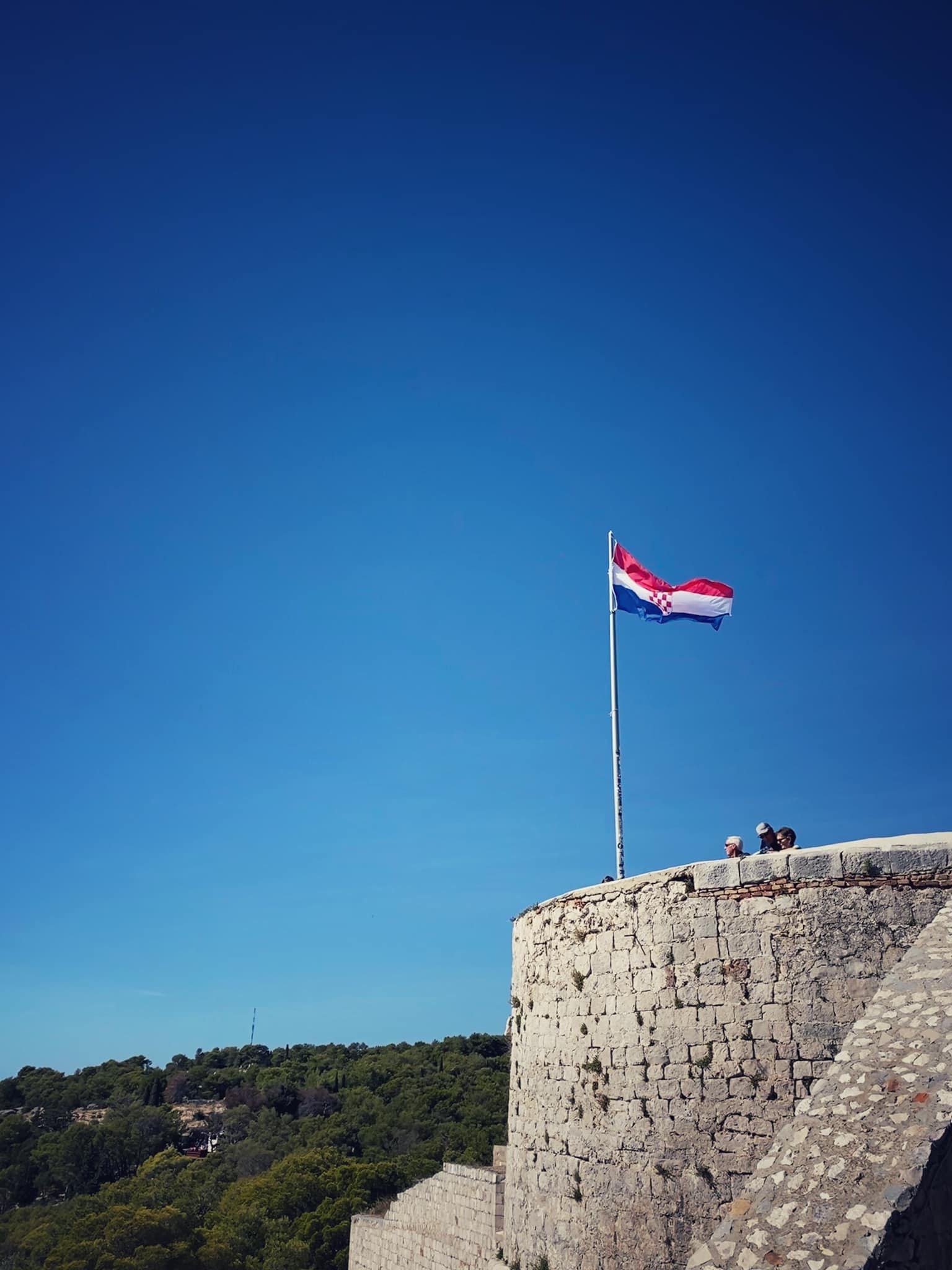
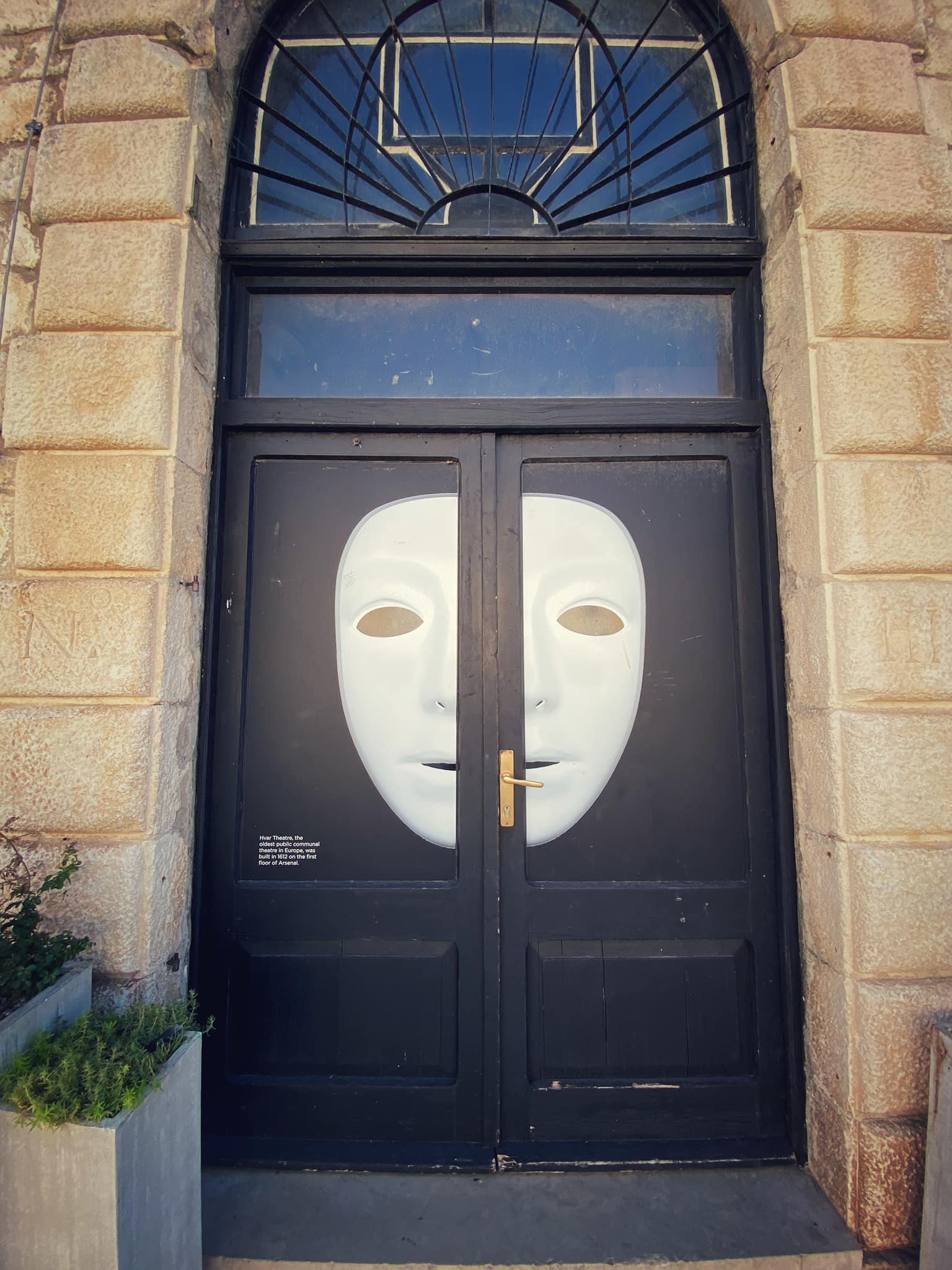
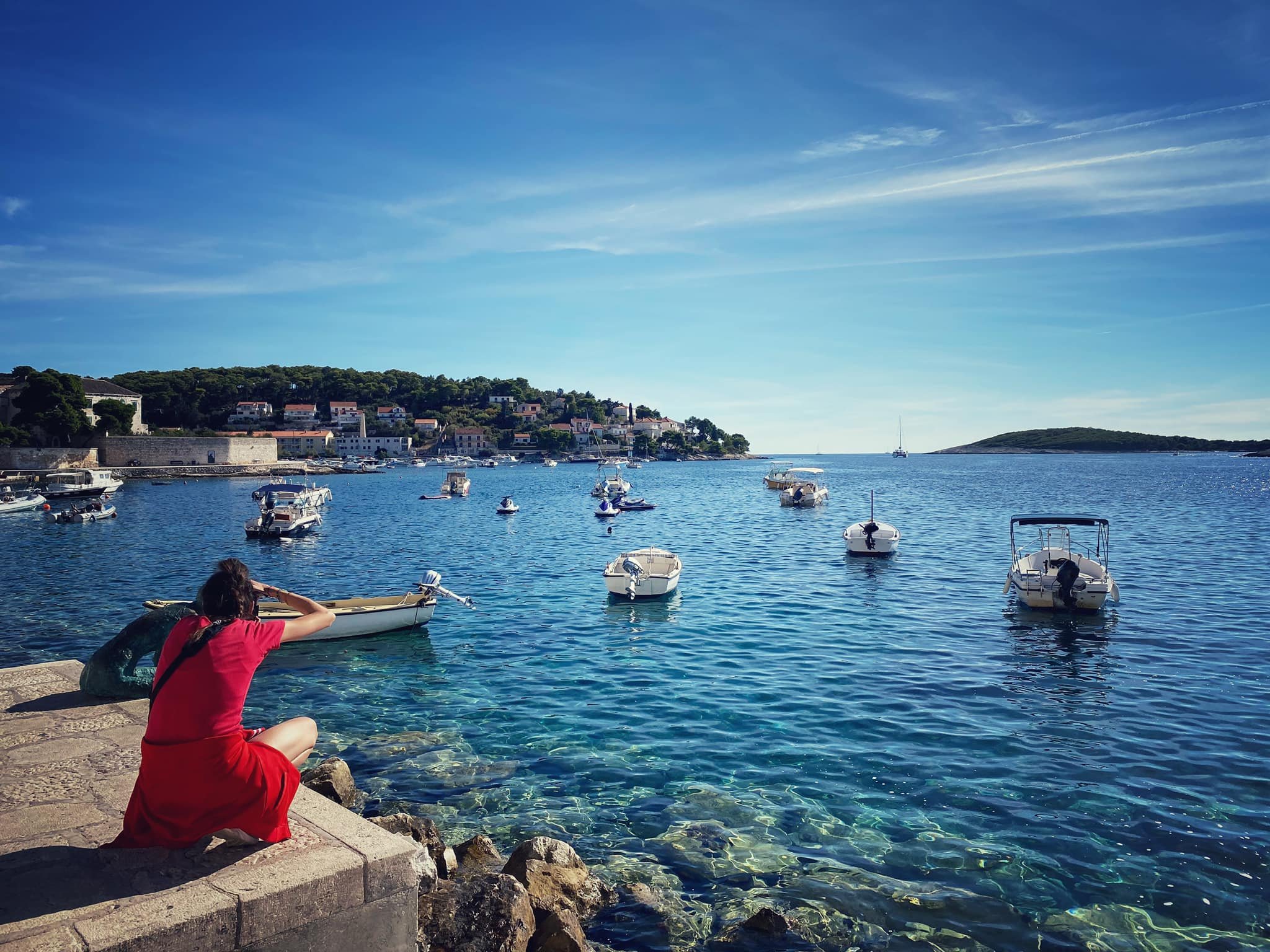

Another ferry, another island, Hvar, as we wend our way south down the Dalmatian coast. Thirteenth-century walls, a hilltop fortress, and a main square anchored by the Renaissance-era Hvar Cathedral. Oh, and the most beautiful pocket beaches imaginable. Hvar, Croatia.



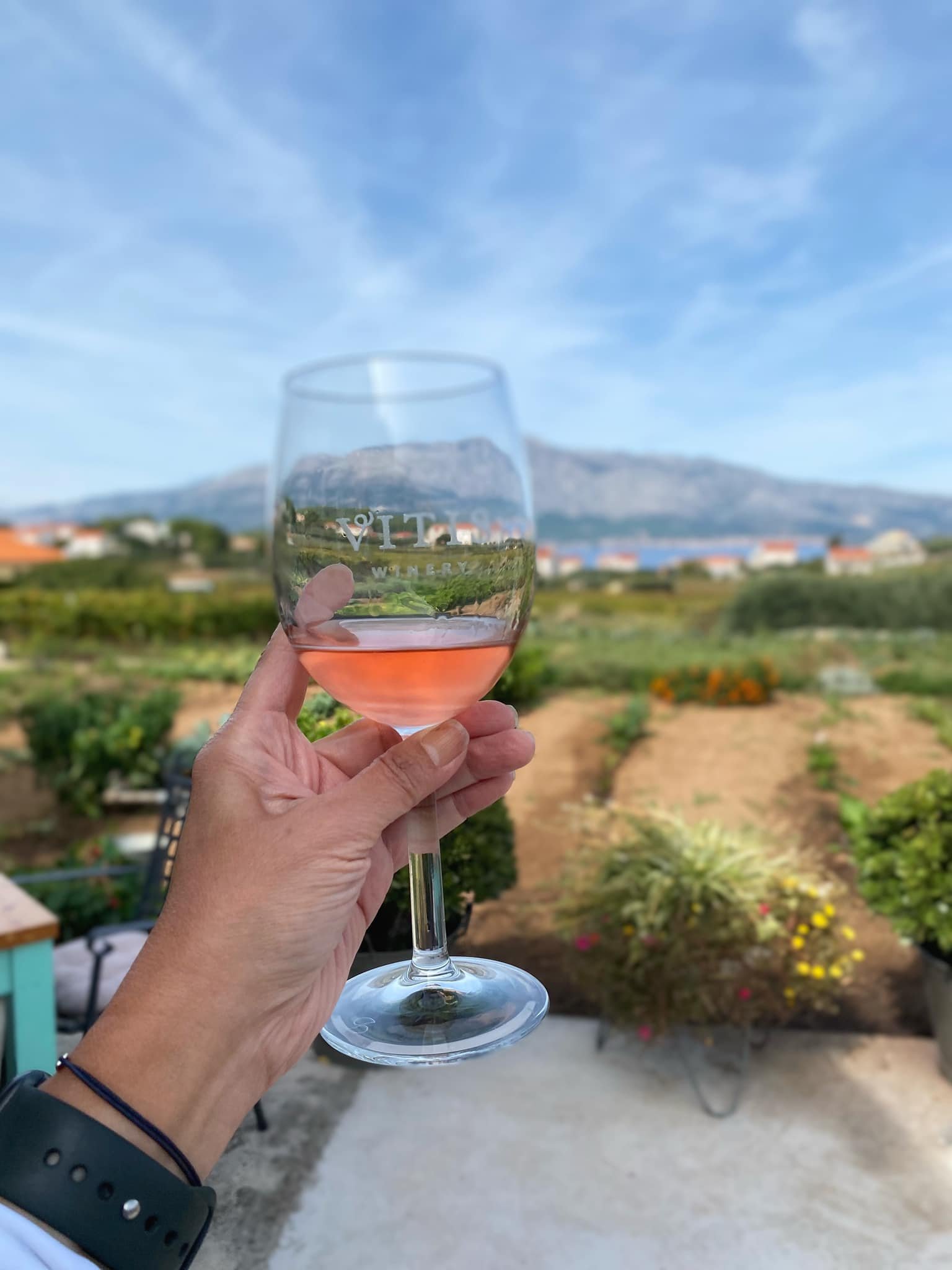

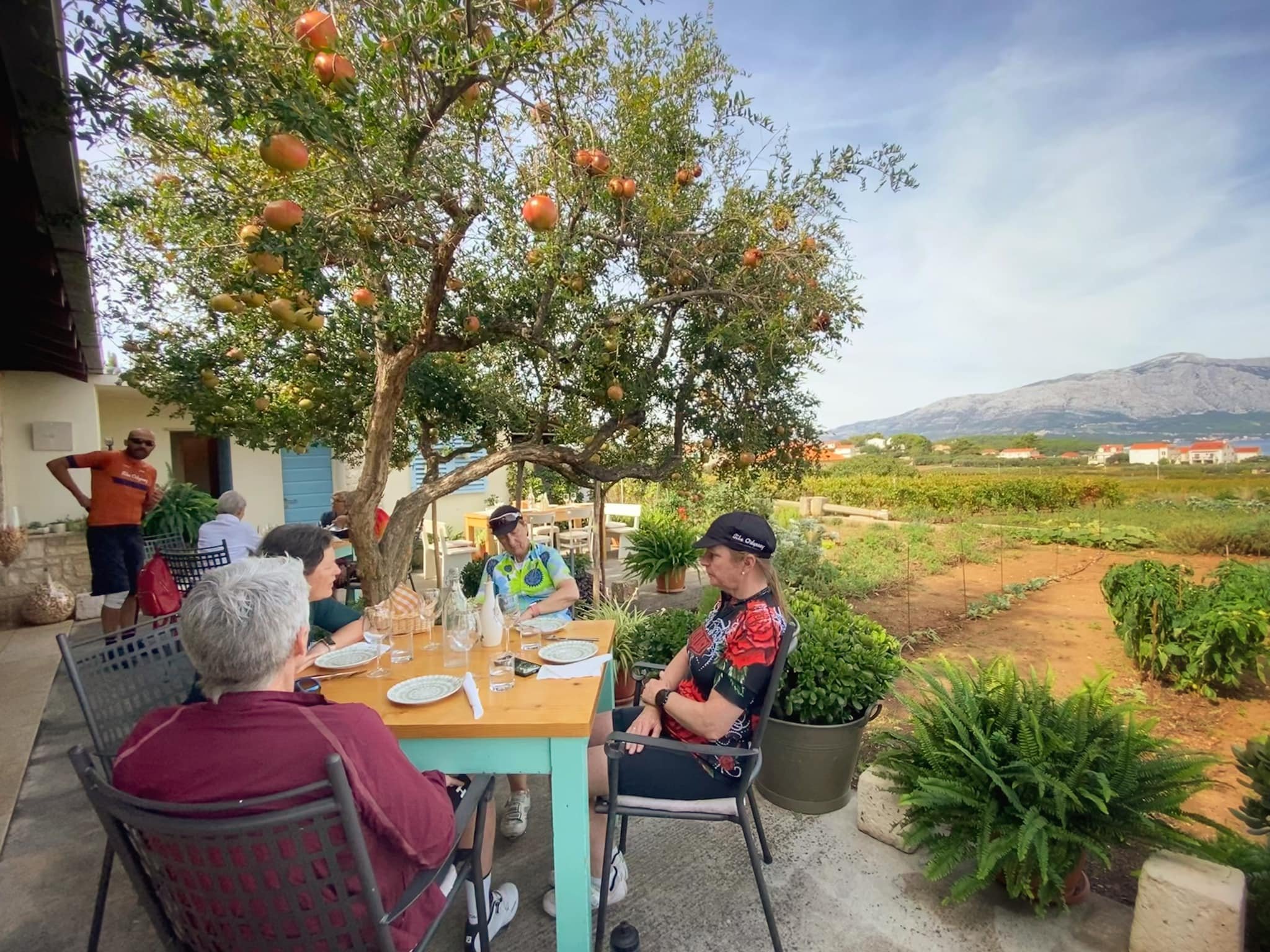
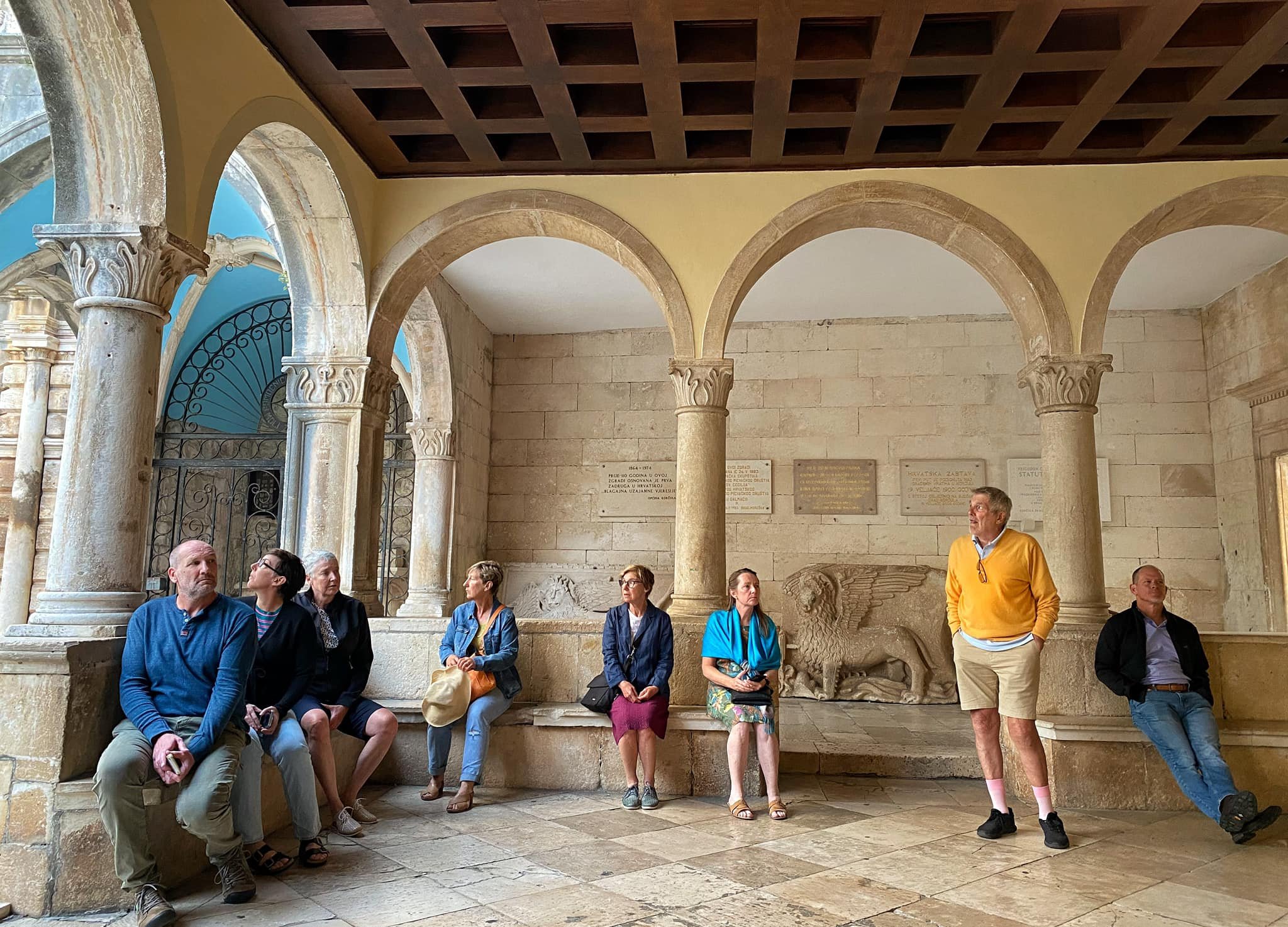
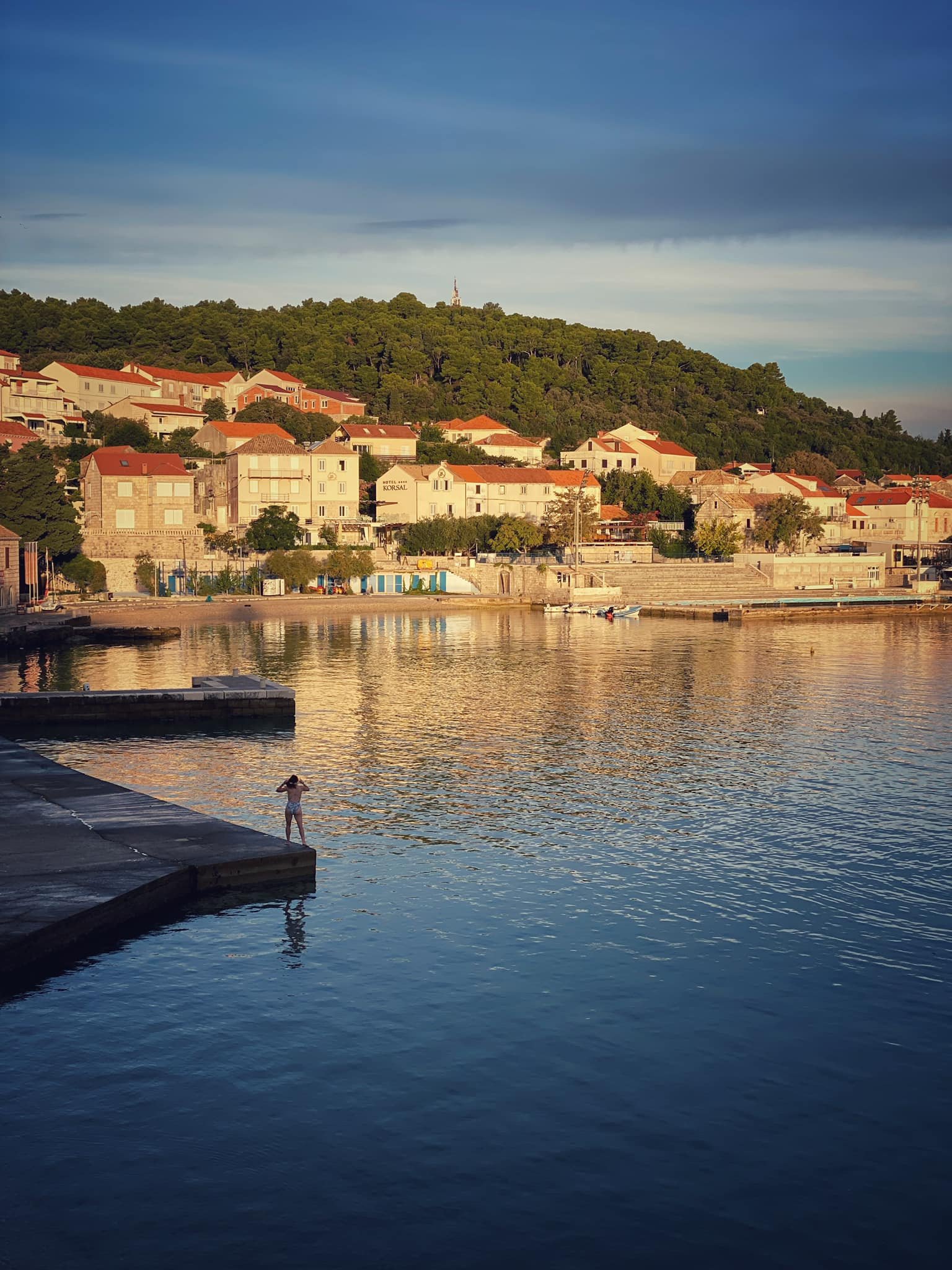
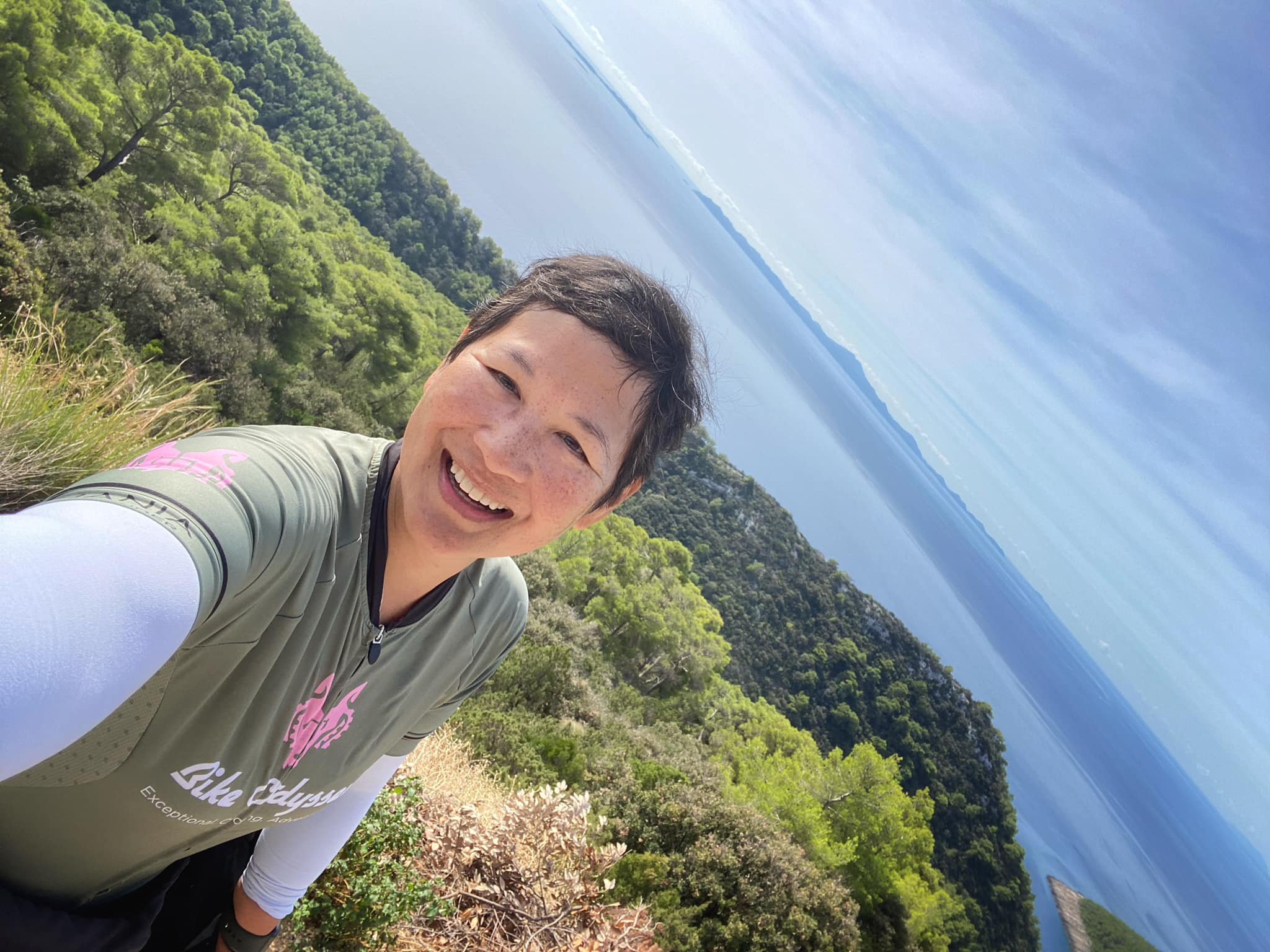
A glorious cycle through the length of the island of Korcula, said to possibly be the birthplace of Marco Polo. Both his travel writing around the turn of the 14th century and the strategic position of this island bridged East and West. The walled town is a treasure of fascinating history and ideas. For example, the streets were placed in such a way to channel or block the winds, keeping the town temperatures controlled. We are only now beginning to appreciate engineering and design in harmony with nature.
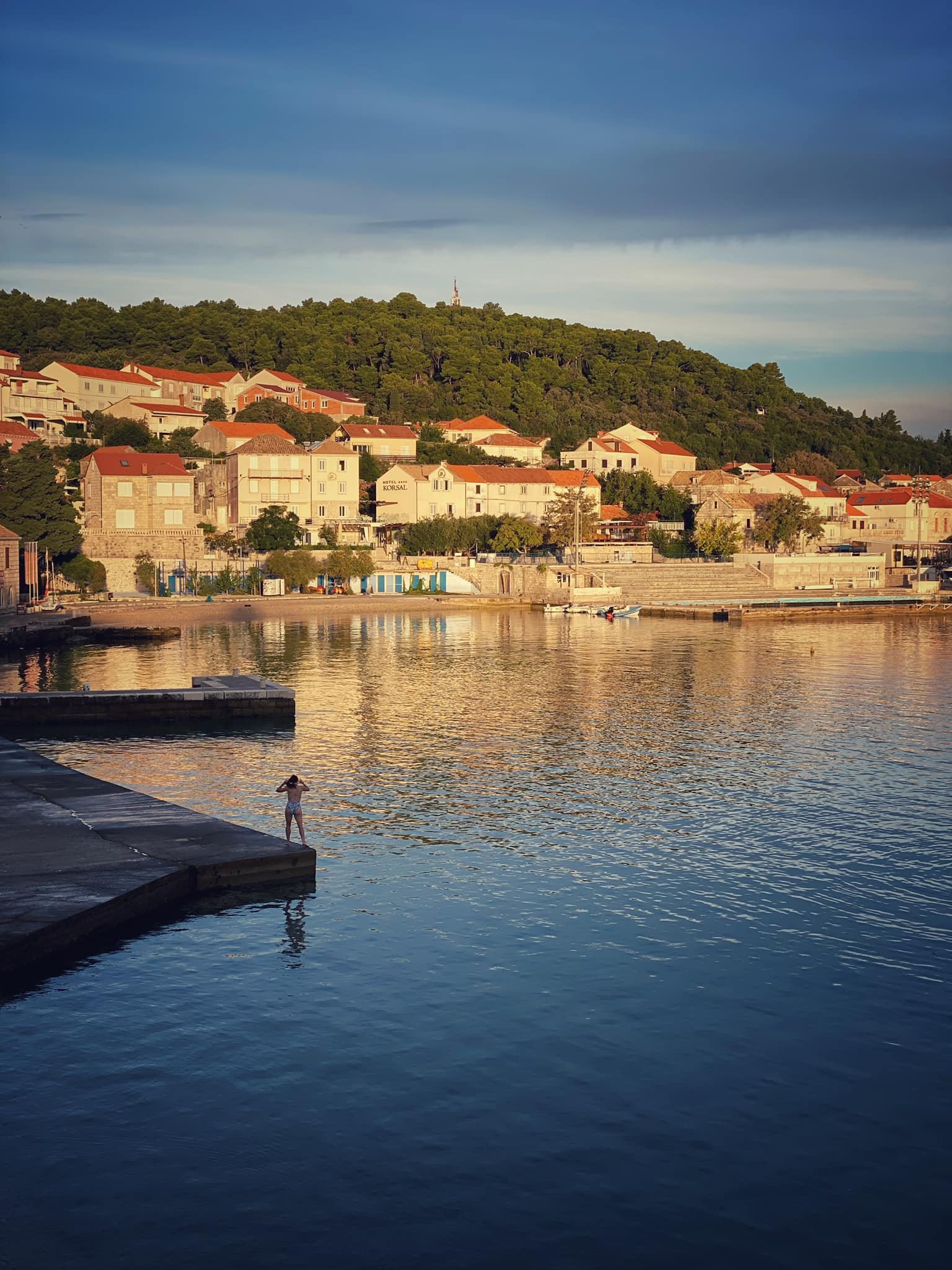
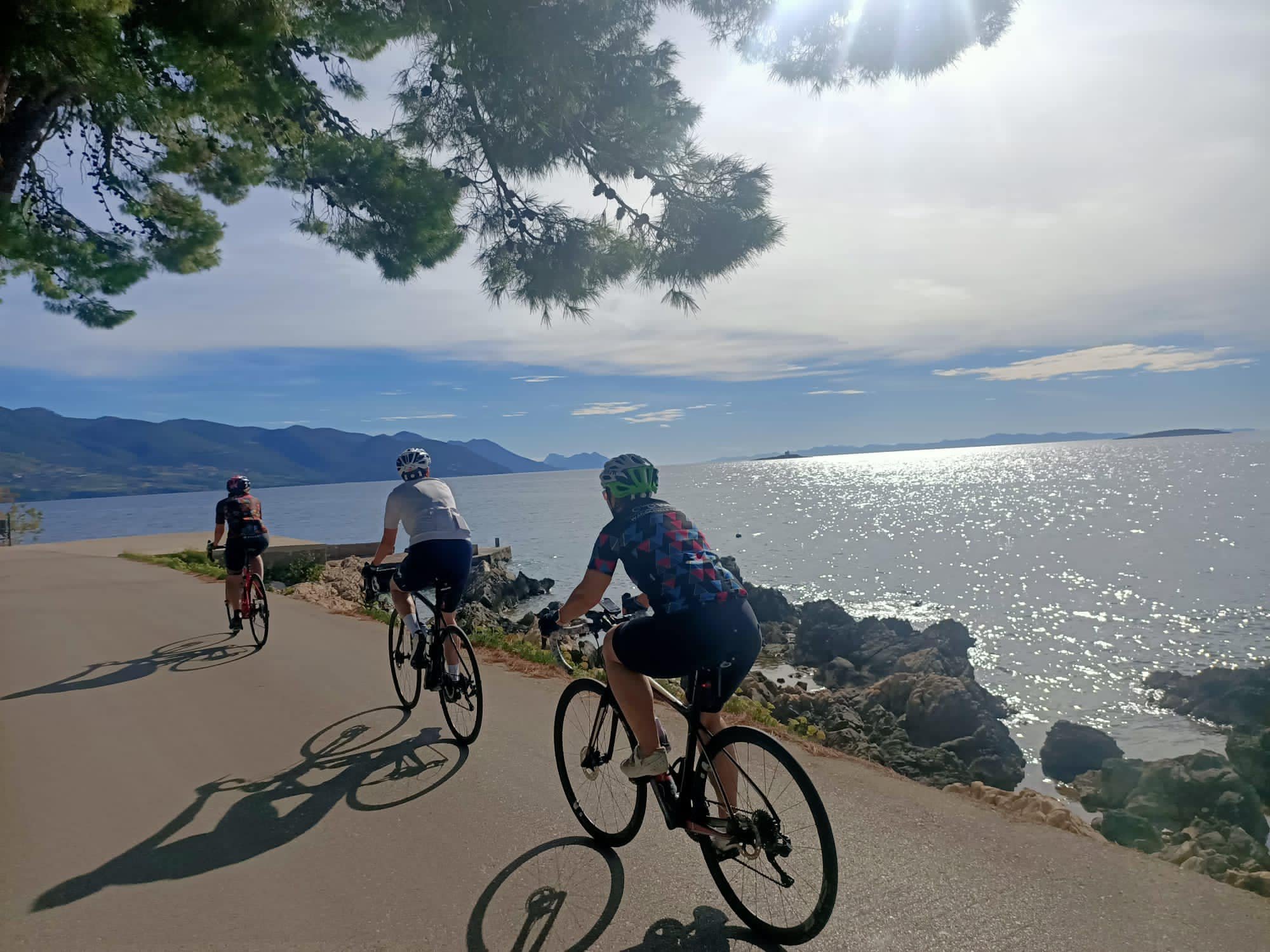

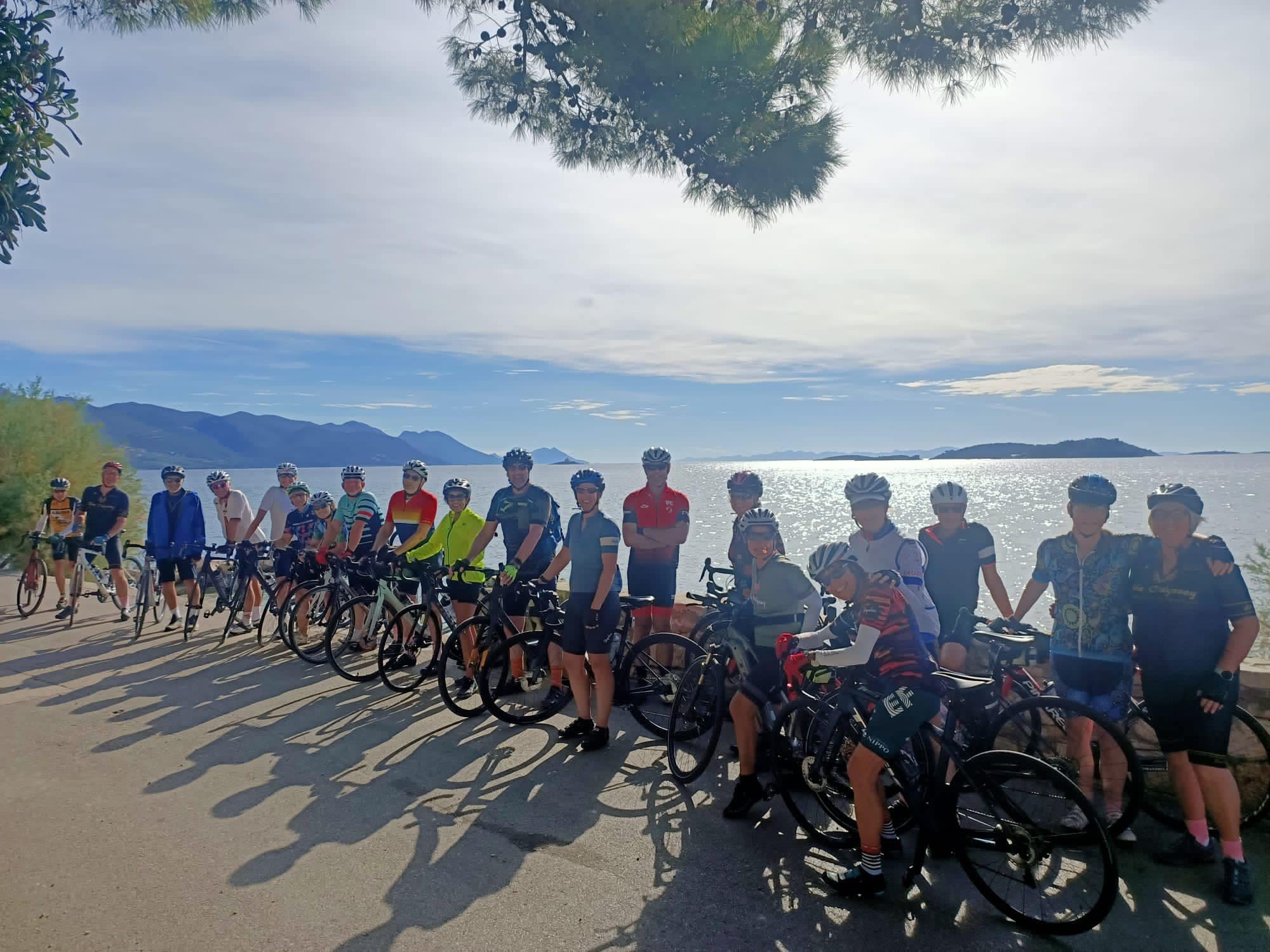
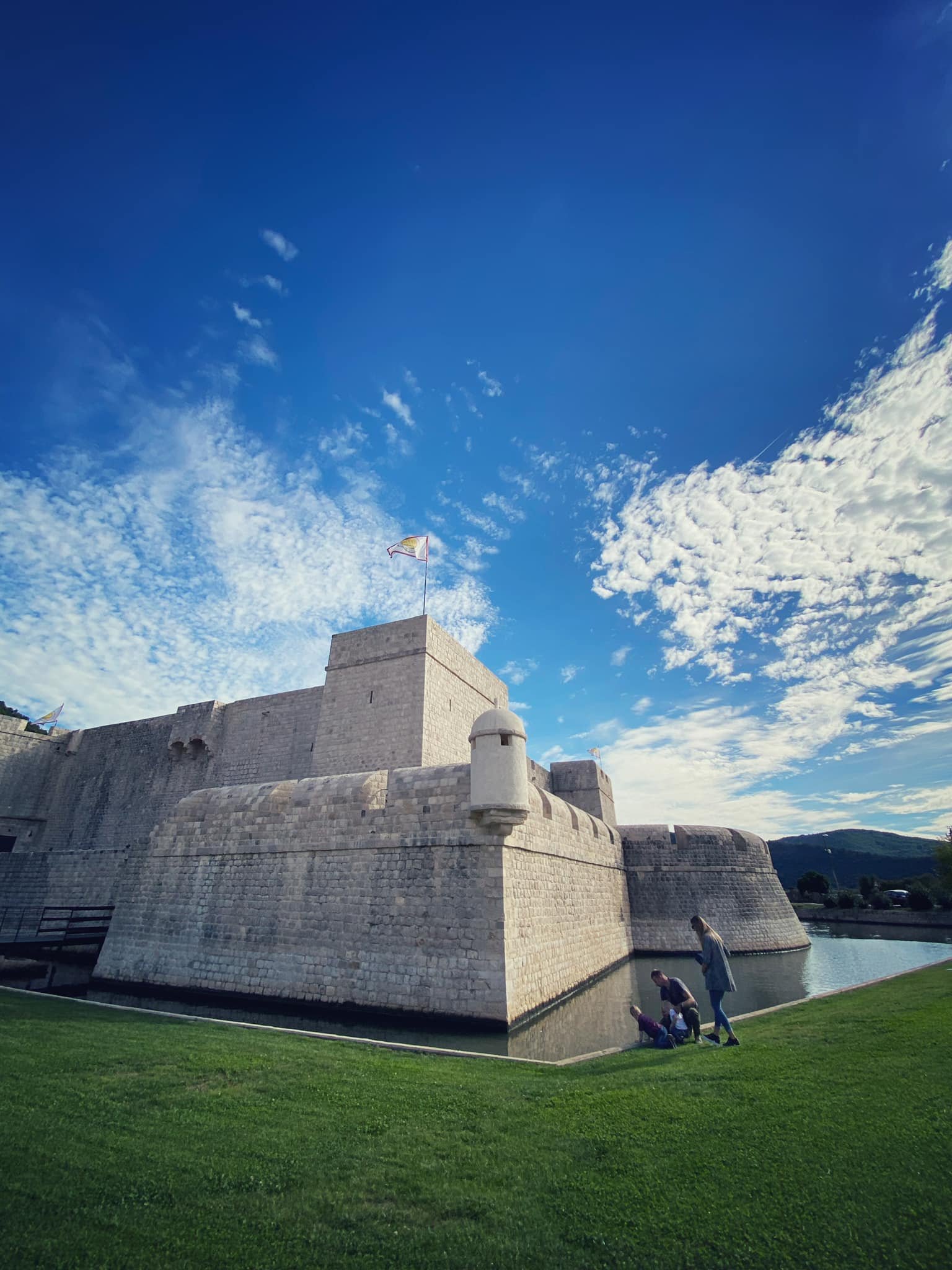

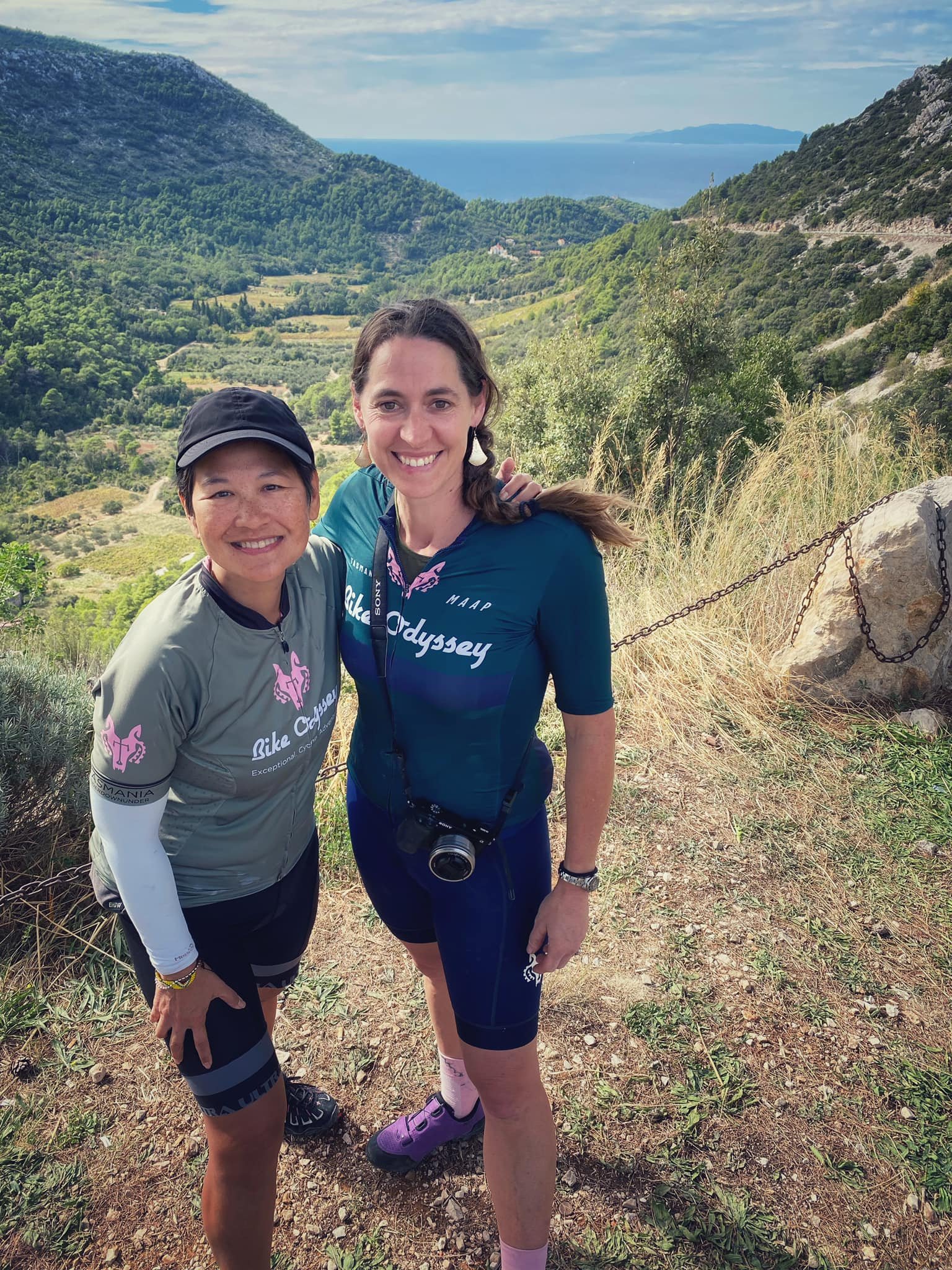
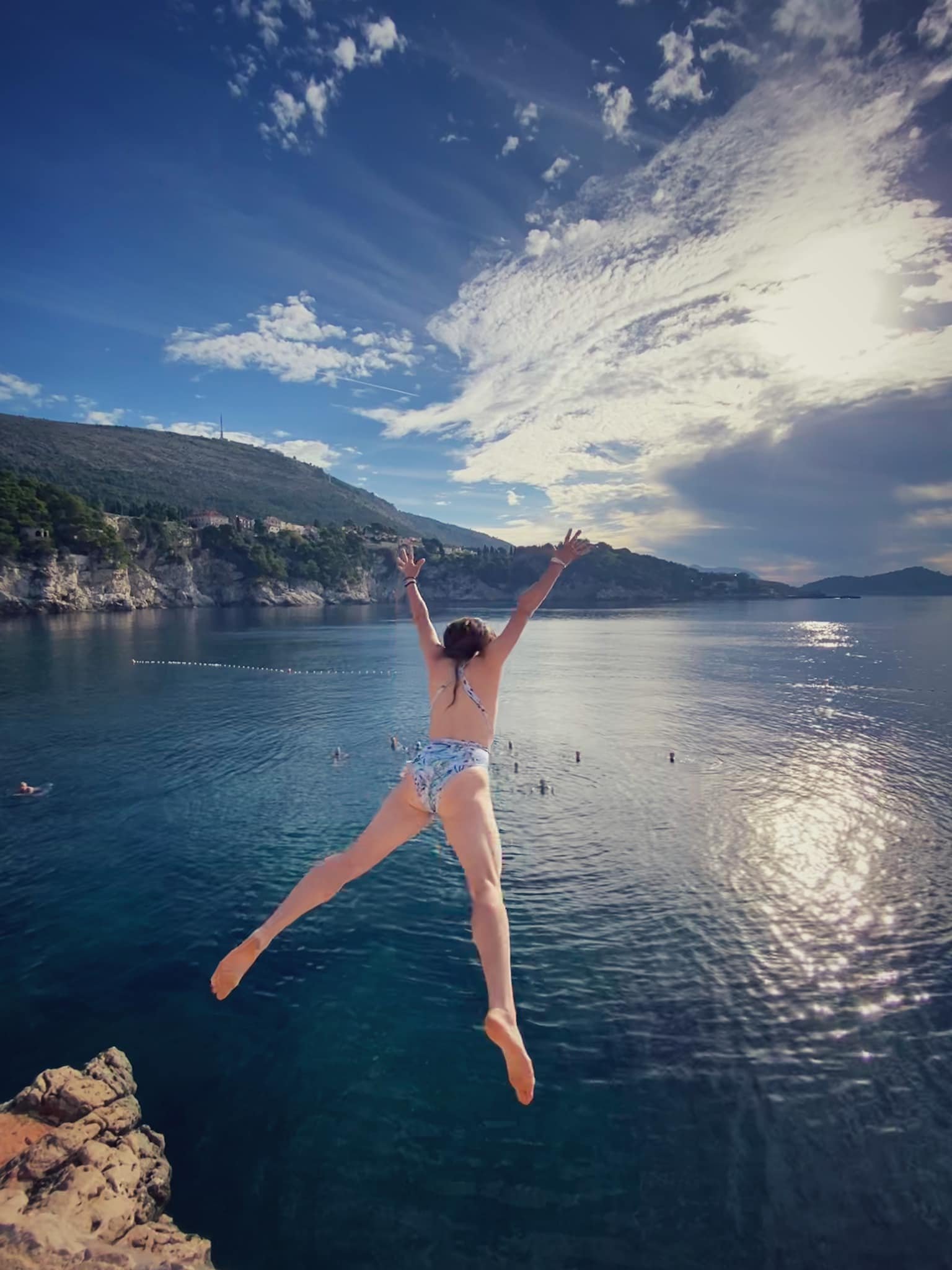
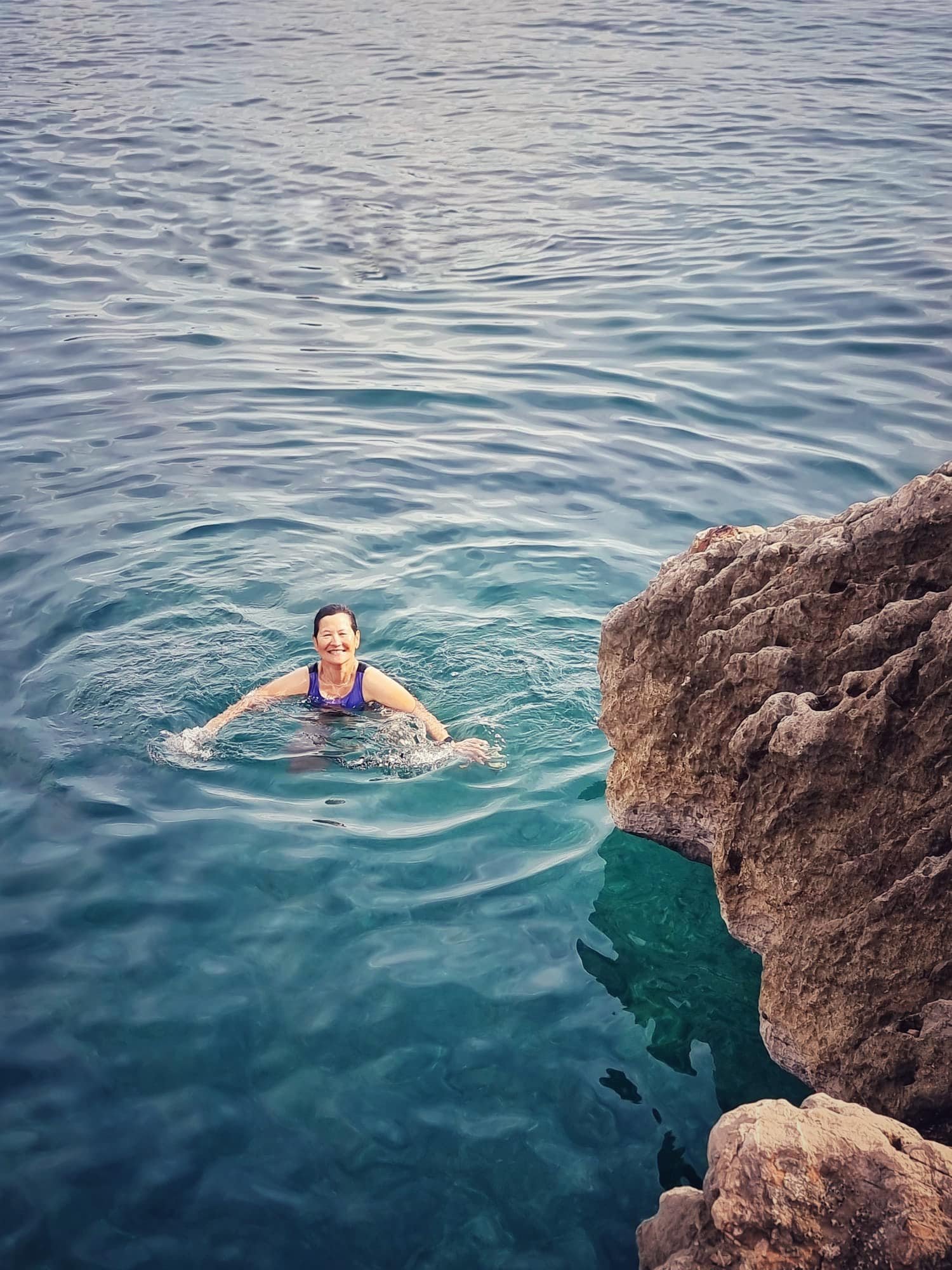
Last day on bikes. We started in Venice 16 days ago and unbelievably are now rolling into Dubrovnik, having cycled through olive groves, vineyards, border controls, mountain passes, seaside villages. All made better in the company of friends old and new. Hvala! Bike Odyssey
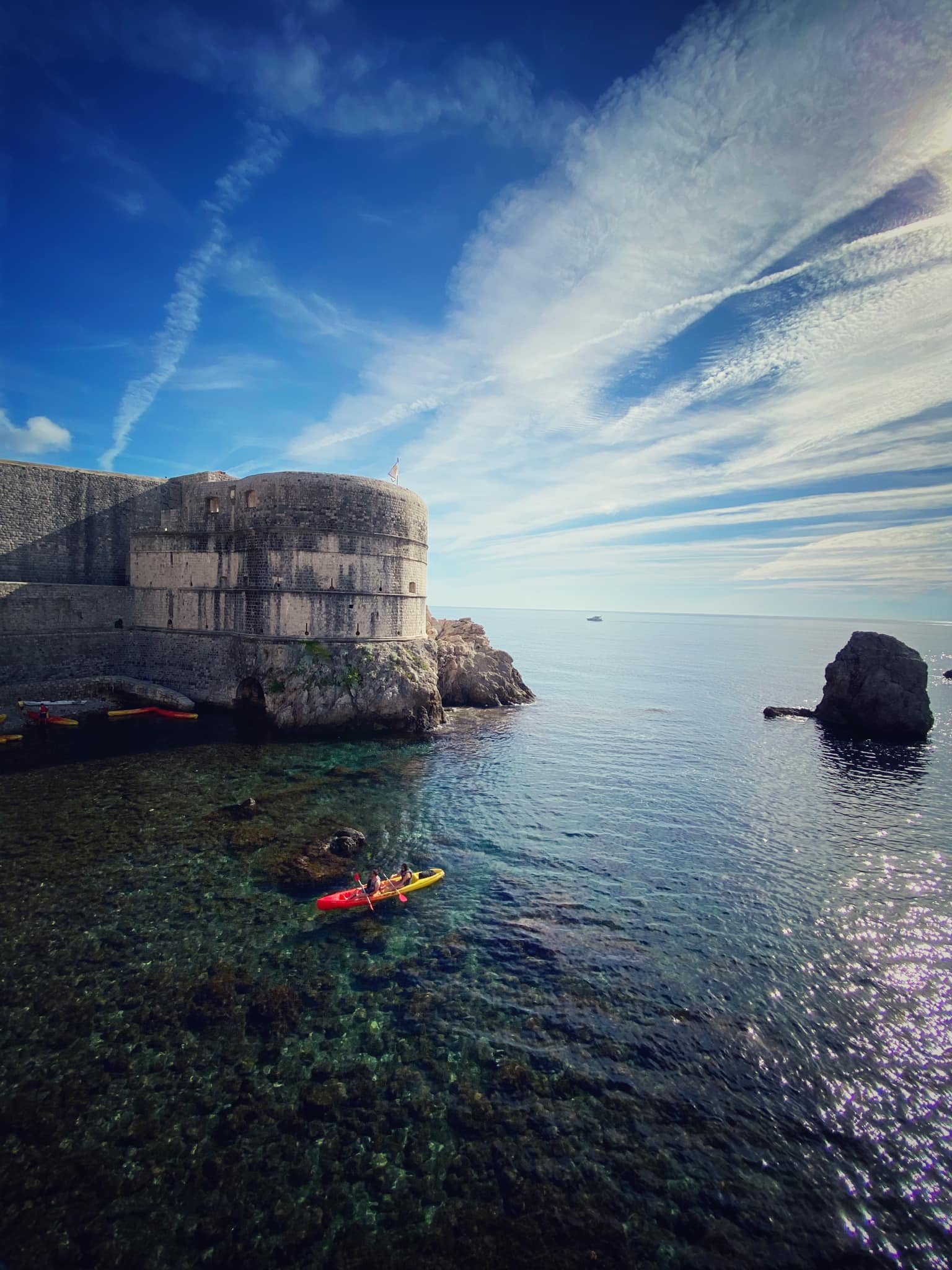

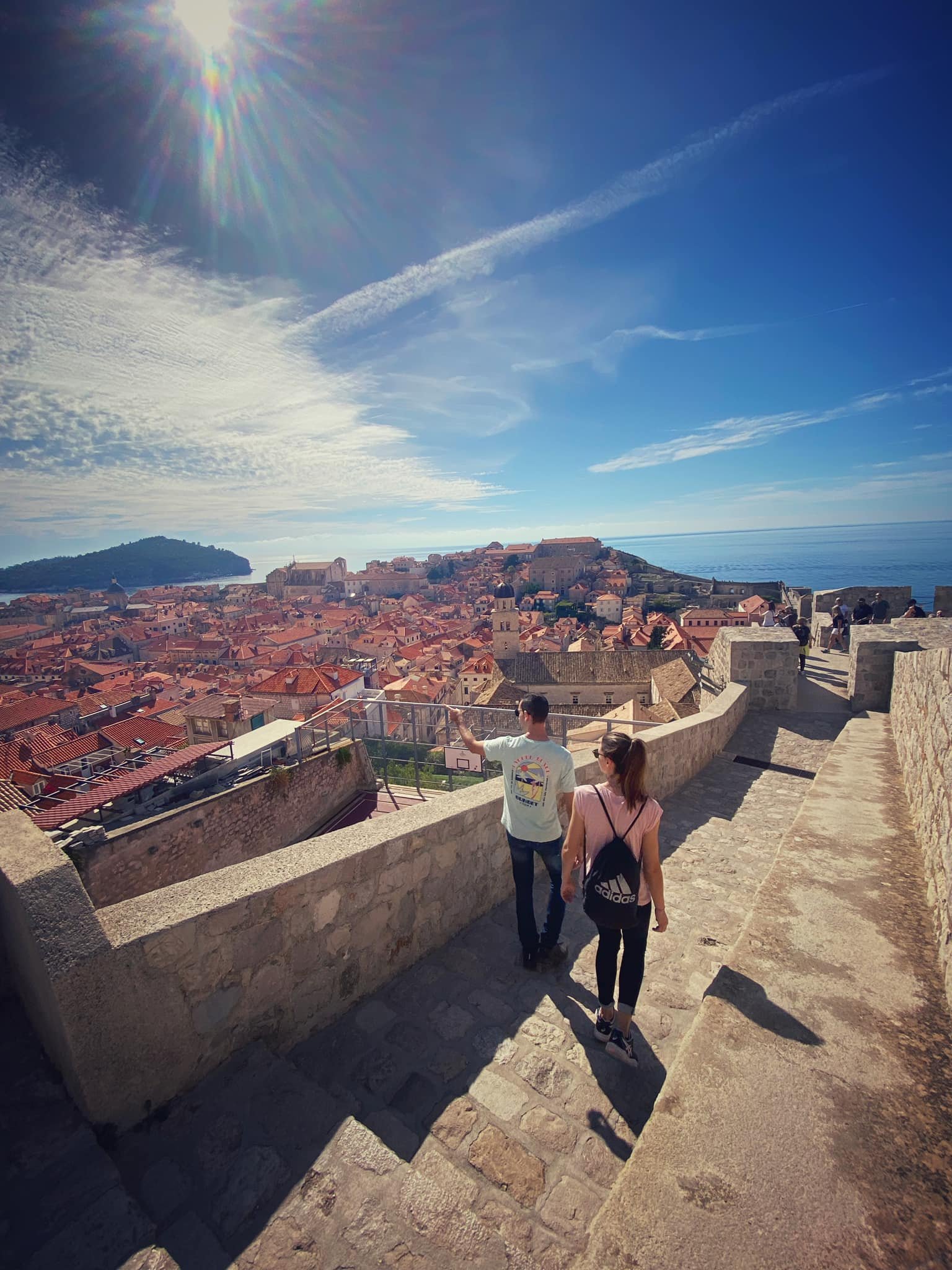

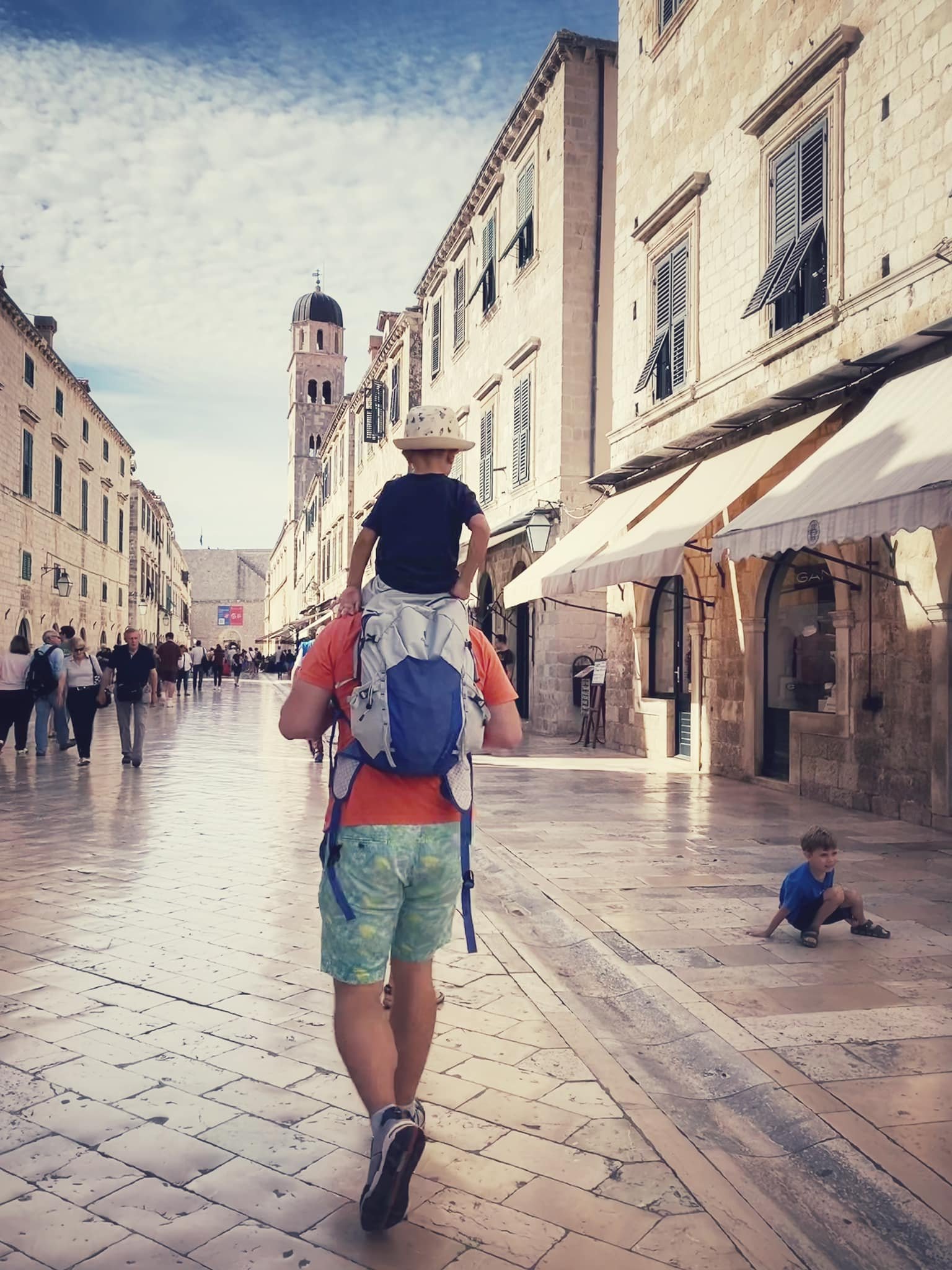
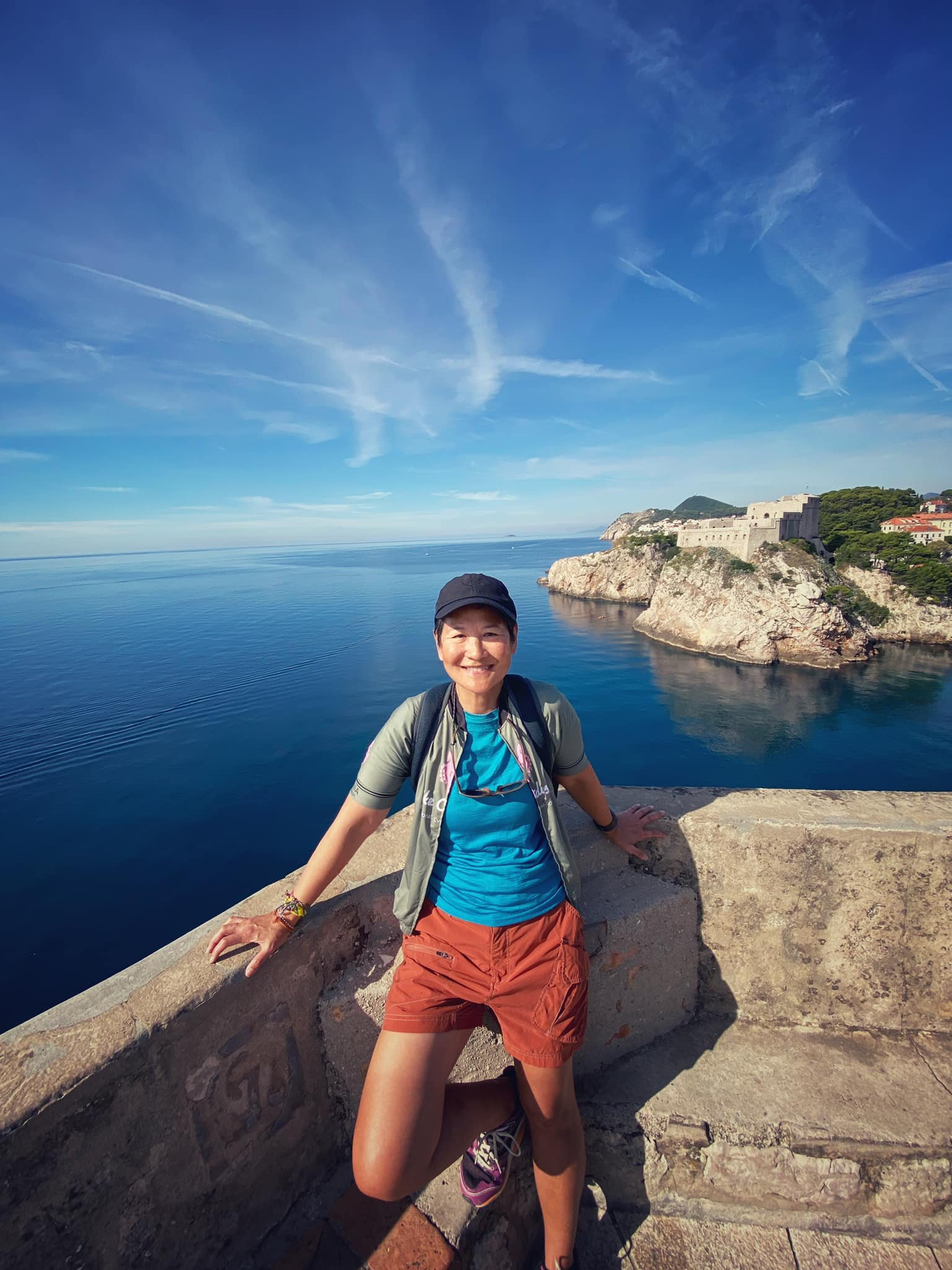

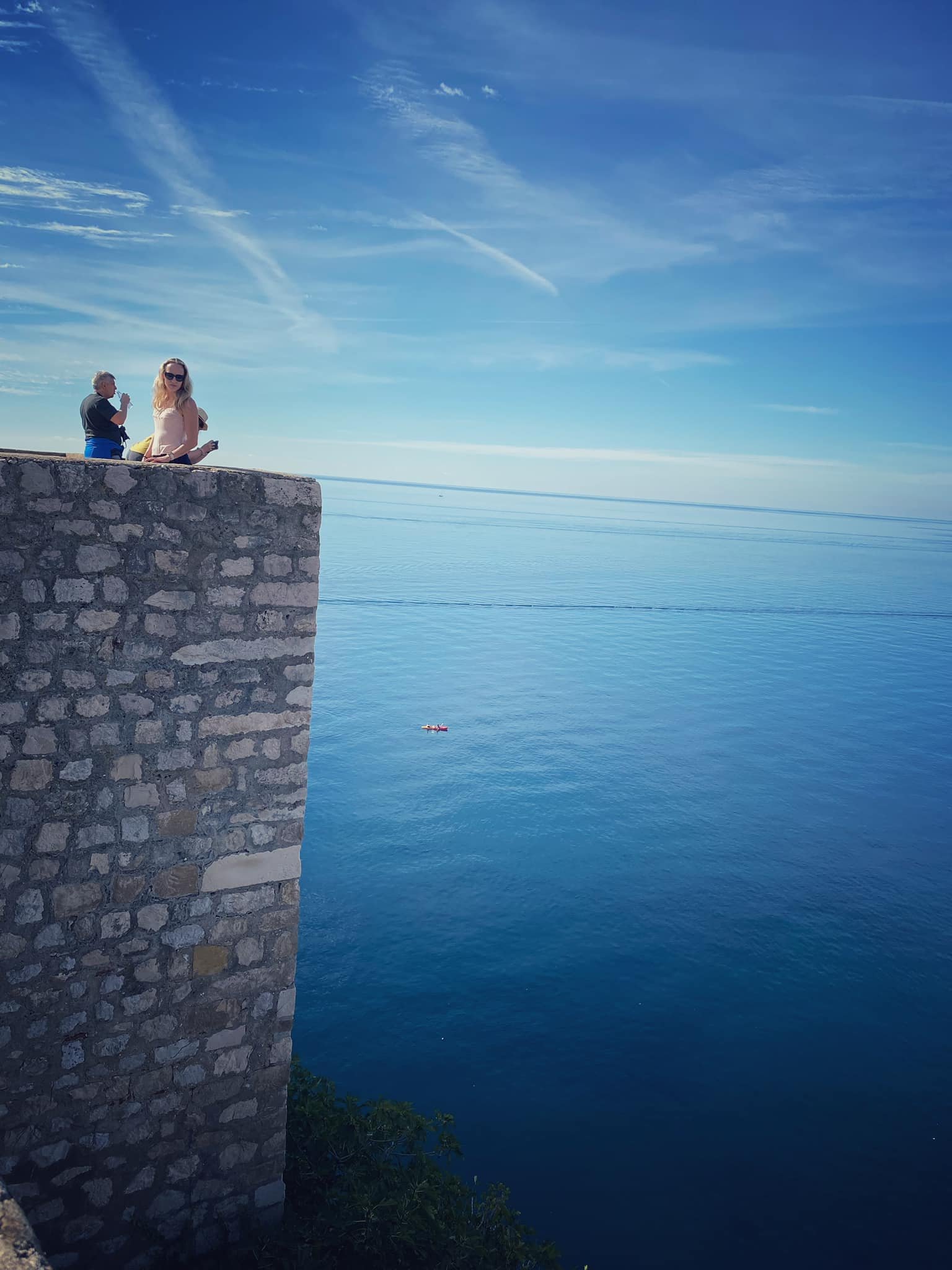
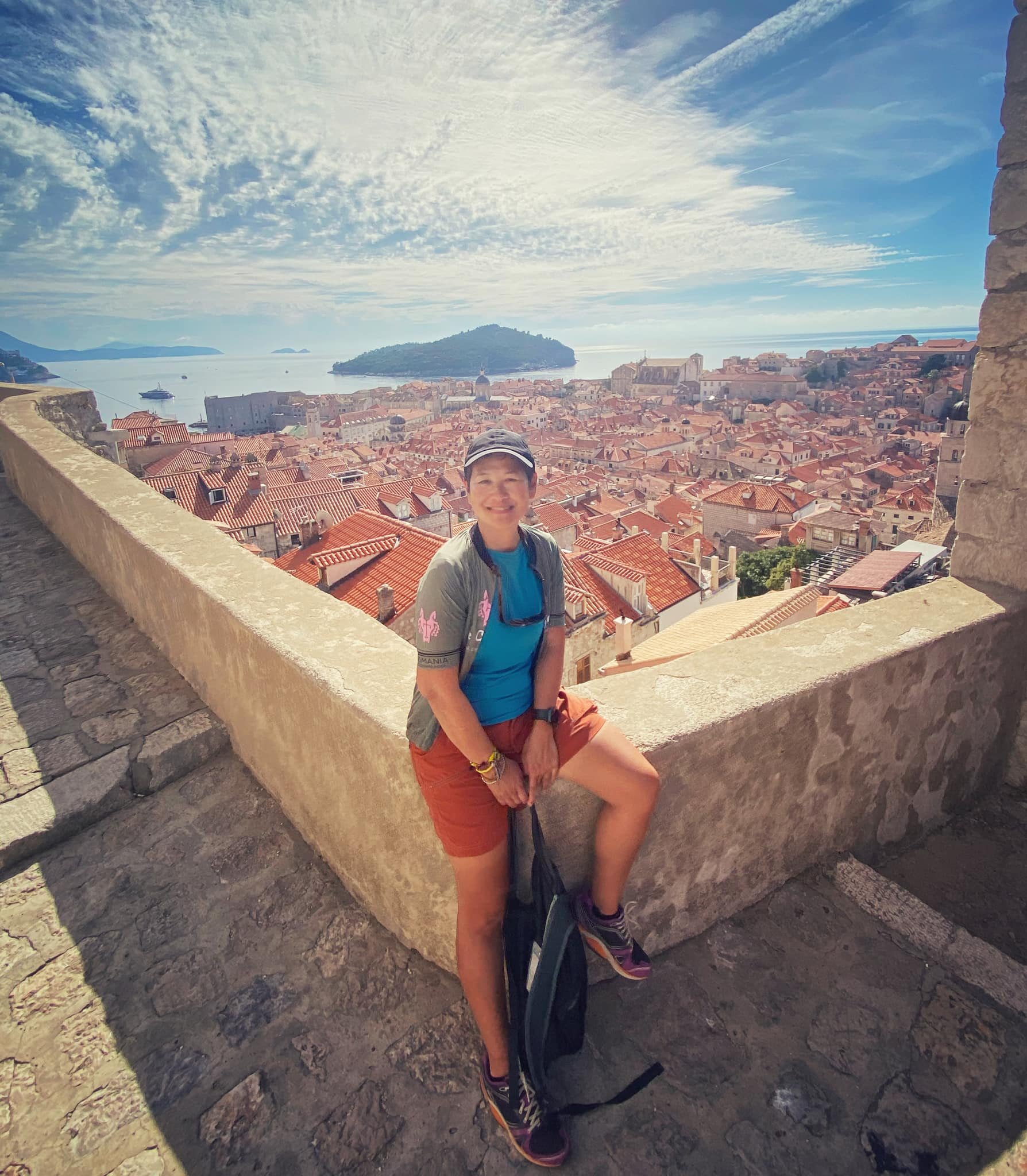
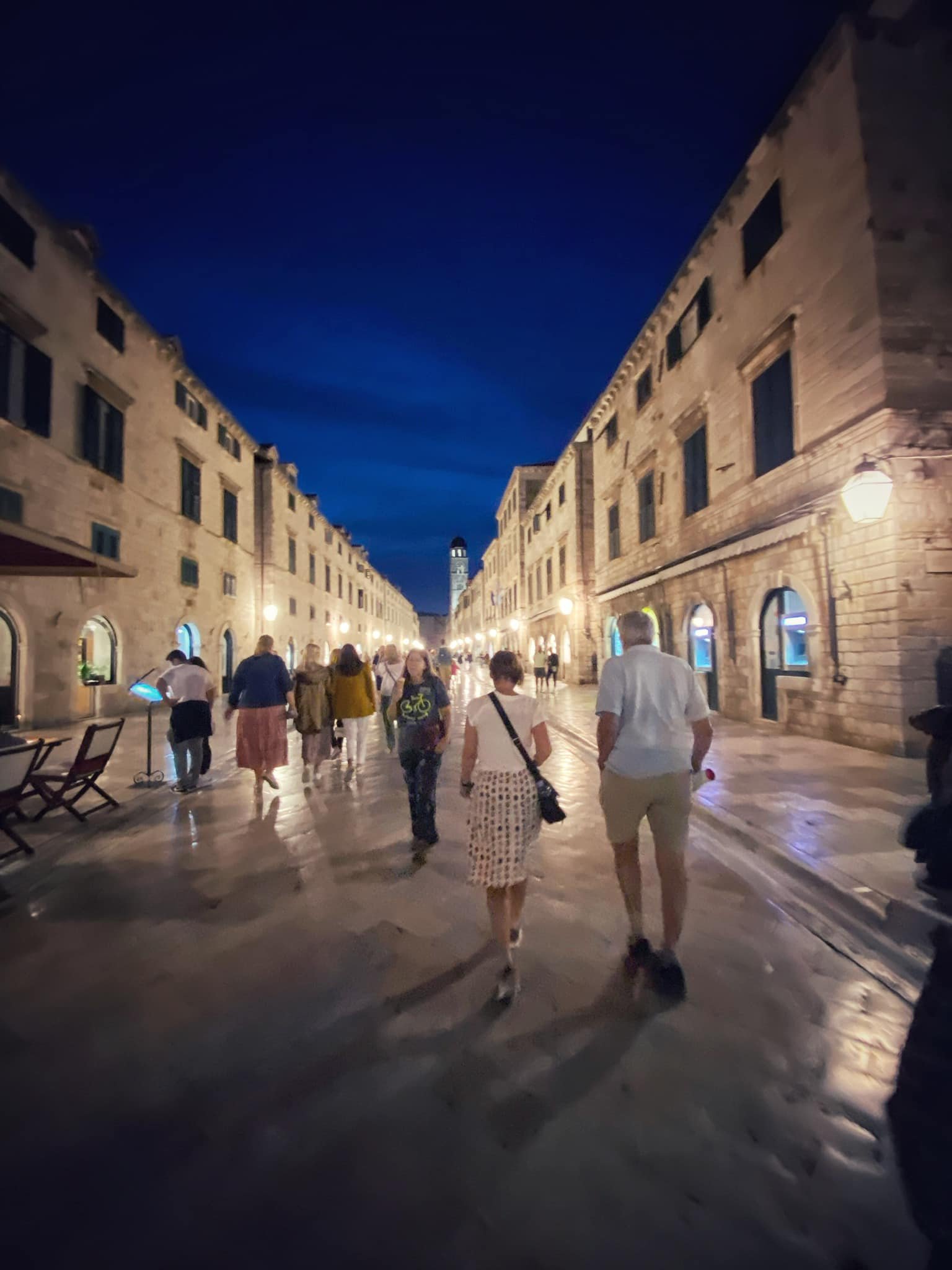
If these (medieval) walls could talk: This complex structure—the walls of Dubrovnik—are among the largest and most complete in Europe, and they protected the Republic of Ragusa (centered on the city of Dubrovnik) for some five centuries from the 1300s. The walls, reinforced by towers, bastions, and fortresses, were never breached, even by the powerful Venetians. The old city these walls protected is full of interesting buildings and museums that span architectural styles from medieval to Renaissance to Baroque.
Today, Game of Thrones film locations lure people in, but I hope they stay to learn about the far more fascinating political, religious, and cultural games real people played.
Photos © Norie Quintos.

